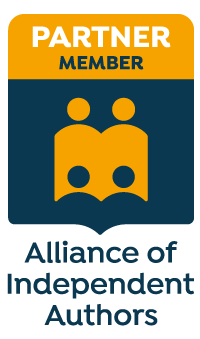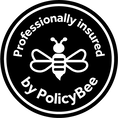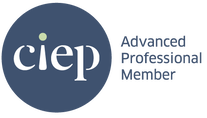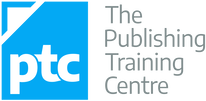|
In this episode of The Editing Podcast, Louise Harnby and Denise Cowle talk to editor Crystal Shelley about sensitivity reading.
Listen to find out more about
Discover more about Crystal at Rabbit with a Red Pen. Mentioned in the show
Music Credit 'Vivacity’ Kevin MacLeod (incompetech.com). Licensed under Creative Commons: By Attribution 3.0 License. http://creativecommons.org/licenses/by/3.0/
Louise Harnby is a line editor, copyeditor and proofreader who specializes in working with crime, mystery, suspense and thriller writers.
She is an Advanced Professional Member of the Chartered Institute of Editing and Proofreading (CIEP), a member of ACES, a Partner Member of The Alliance of Independent Authors (ALLi), and co-hosts The Editing Podcast. Visit her business website at Louise Harnby | Fiction Editor & Proofreader, say hello on Twitter at @LouiseHarnby, connect via Facebook and LinkedIn, and check out her books and courses.
0 Comments
In this episode of The Editing Podcast, Louise Harnby and Denise Cowle talk to thriller writer Andy Maslen about the creative-writing process.
Listen to find out more about
Here's where you can find out more about Andy Maslen's thrillers. Dig into these related resources
Music Credit ‘Vivacity’ Kevin MacLeod (incompetech.com). Licensed under Creative Commons: By Attribution 3.0 License. http://creativecommons.org/licenses/by/3.0/
Louise Harnby is a line editor, copyeditor and proofreader who specializes in working with crime, mystery, suspense and thriller writers.
She is an Advanced Professional Member of the Chartered Institute of Editing and Proofreading (CIEP), a member of ACES, a Partner Member of The Alliance of Independent Authors (ALLi), and co-hosts The Editing Podcast. Visit her business website at Louise Harnby | Fiction Editor & Proofreader, say hello on Twitter at @LouiseHarnby, connect via Facebook and LinkedIn, and check out her books and courses.
In this episode of The Editing Podcast, Louise and Denise talk to Barry Award-nominated thriller writer John A. Connell about moving from Berkley (Penguin USA) to independent publishing.
Click to listen to Season 4, Episode 12
Listen to find out more about:
Top tips From John
Contact John A. Connell Subscribe to John's newsletter and get a free book:
Editing bites
Ask us a question The easiest way to ping us a question is via Facebook Messenger: Visit the podcast's Facebook page and click on the SEND MESSAGE button. Music credit ‘Vivacity’ Kevin MacLeod (incompetech.com). Licensed under Creative Commons: By Attribution 3.0 License.
Louise Harnby is a line editor, copyeditor and proofreader who specializes in working with crime, mystery, suspense and thriller writers.
She is an Advanced Professional Member of the Chartered Institute of Editing and Proofreading (CIEP), a member of ACES, a Partner Member of The Alliance of Independent Authors (ALLi), and co-hosts The Editing Podcast. Visit her business website at Louise Harnby | Fiction Editor & Proofreader, say hello on Twitter at @LouiseHarnby, connect via Facebook and LinkedIn, and check out her books and courses.
In this episode of The Editing Podcast, Denise and Louise talk with linguist Rob Drummond about grammar pedantry, peevery, youth language, and non-standard language in context.
Listen here ...
Find out more about ...
Mentioned in the show
Music credit ‘Vivacity’ Kevin MacLeod (incompetech.com). Licensed under Creative Commons: By Attribution 3.0 License.
Louise Harnby is a line editor, copyeditor and proofreader who specializes in working with crime, mystery, suspense and thriller writers.
She is an Advanced Professional Member of the Chartered Institute of Editing and Proofreading (CIEP), a member of ACES, a Partner Member of The Alliance of Independent Authors (ALLi), and co-hosts The Editing Podcast. Visit her business website at Louise Harnby | Fiction Editor & Proofreader, say hello on Twitter at @LouiseHarnby, connect via Facebook and LinkedIn, and check out her books and courses.
Macros enable us to edit faster and more consistently. For professional editors, that means a higher hourly rate, a more consistent output, and a happier client. If you want to use macros but don’t know where to start, read on.
Which macros, and when and why?
Which macros should you use? How does the Paul Beverley macro suite fit with an application such as PerfectIt? What should you use when? No one’s the same. We edit different subject/genres, carry out different types of editing, and have different styles of working. There’s no one size fits all. A conceptual approach, however, can help us decide which tools to use. Analysis: Tasks versus goals A task-centred analysis focuses on what we plan to do and deciding what tools will help with these stages. Thus, in the free book, Macros for Editors, I offer smorgasbord of macros that speed up a variety of specific tasks. However, when we look broadly at what we’re trying to achieve, we may discover different ways of working and different tools – new tools, maybe – that can help. One such contribution to this approach is the Alyse suite – analysis-type macros (DocAlyse, HyphenAlyse, etc.) that provide an overview that reports on the likely inconsistencies in a document without our even having to look at the files.
Computer-aided editing: Teamwork
Think of computer-aided editing as teamwork – you and the computer working together, each playing to your own strengths, with a single aim: to improve communication between author and reader. A computer brings the following to the team:
On the downside, it lacks the ability to look beyond the data. It has no idea of meaning, significance, attitude, feelings – only humans can provide that. Mechanics versus meaning Editors spend a lot of time eliminating inconsistencies in the following:
This is the mechanical side of editing. Editors also spend a lot of time focusing on meaning. It matters little how consistent a document is if the meaning is clouded. Obscure the meaning, and communication between the author and reader is impeded. Using macros and related applications enables the editor to delegate some of the mechanical work to the computer – those mundane data-led tasks – and focus their minds on communication. A possible workflow Here’s one way it might look:
Here are the macros you might use in that workflow:
If you’re a PerfectIt user (see the Intelligent Editing website), you could use that instead at stages (3) and (5). Or continue to use FRedit for (3) but use PerfectIt for (5). The latter is a possible best-of-both-worlds approach if you like the idea of having two different tools, each working to spot errors that the other might have missed. False positives False positives are to be expected with any computer tool. We can reduce them by refining the FRedit changes list and PerfectIt’s style sheets. For best effect with global change macros, apply them to one chapter at a time, making adjustments that will make it more effective in succeeding chapters. Summing up To access all my line-level and analysis macros, download the free book. You can also watch almost 100 video tutorials on my YouTube channel. And if you want to know more about PerfectIt, visit the Intelligent Editing website. Please feel free to email me with suggestions and/or questions about macros.
Louise Harnby is a line editor, copyeditor and proofreader who specializes in working with crime, mystery, suspense and thriller writers.
She is an Advanced Professional Member of the Chartered Institute of Editing and Proofreading (CIEP), a member of ACES, a Partner Member of The Alliance of Independent Authors (ALLi), and co-hosts The Editing Podcast. Visit her business website at Louise Harnby | Fiction Editor & Proofreader, say hello on Twitter at @LouiseHarnby, connect via Facebook and LinkedIn, and check out her books and courses.
Every writer has a process. What works for you might not work for someone else, and your approach might change over time. Here are 6 tips from indie author Kristina Adams that show how changing your writing process to suit mindset and circumstances can help you grow as a writer.
When I set out to publish my first book, I had no idea what I was doing. I made the whole thing up as I went along, absorbing as much advice as I could in the short space of time I had.
I’d set myself a tight deadline – to write, edit, and publish a book in a year – which, when you have no idea what you’re doing and you’re a one-woman band working a full-time job, is pretty insane. Fast-forward to now, and I’ve published four books and have a somewhat better idea of what I’m doing. I’m no expert, but I have come to accept that my writing process changes as I mature as a writer, as I grow as a person, and as my circumstances in life change. So let’s take a look at what's changed, and what you can learn from my ever-changing writing process ...
1. Planning is your friend
I never used to plan my writing. My dissertation tutor tried to convince me of the importance of planning, but I wouldn’t listen to him. (Pro tip: always listen to people more experienced than you, especially when you’re paying them.) When I started writing a book with multiple points of view and several spin-offs involved, his advice finally sunk in. Now, I don’t write anything without at least the hint of a plan first. Sometimes that plan is simply what the ending will be. Other times it’s so elaborate that there’s no room for missteps. It’s important to plan properly, though. A few years ago, I took part in NaNoWriMo. I was so excited that I’d planned my novel weeks in advance. When I went to write it in the October, I discovered – to my horror – that I hadn’t planned it very well at all. The Big Reveal scene was described as ‘Poppy finds out who the murderer is’. That was it. I’d spent all that time planning but hadn’t actually worked out the most important detail in a crime novel. Insert face palm here. The draft ended up being all over the place. I forced myself to hit the NaNoWriMo word count, but hated the piece so much that I almost quit writing fiction all together. (Another lesson learnt: don’t force yourself to finish a piece that you really, really don’t like any more. Not unless there’s someone else’s money on the line.) You don’t need to know every step along the way when you plan. I like to see it as akin to planning a journey: you know the destination and what stops you’ll make along the way, but you don’t know the other cars, the scenery, or the people you’ll come across. Planning is your friend, folks. It doesn’t dampen the creativity; it just stops you from digging yourself into a massive hole.
2. Listen to your body
This may seem like an odd thing to say in a post about writing, but as someone with six chronic health issues, I really do need to listen to my body. Too much stress exacerbates my fibromyalgia, which then means I’m too tired and in too much pain to function. It’s therefore imperative that when I start to feel weak, the pain gets too much, or the room starts spinning, I go to bed and close my eyes. Sometimes that rest is a couple of hours; other times it’s days. Either way, if I didn’t rest, I’d end up in a much worse state and wouldn’t be able to write or publish at all. So many people come to me and say, ‘I feel tired all the time’. If you fall into this category, I have three pieces of advice:
3. Abandon your book (just for a while)
It’s amazing how many things you can spot when you’ve taken a break from working on something. The longer you leave something in the drawer for, the more you’ll spot and the easier it is to work through any issues that you may or may not know about. I didn’t have much time to do this when working on What Happens in New York, but with more recent books I’ve written a first draft, then gone on to write another first draft of something else before going back to it. This means I’m working on first drafts while in a writing mindset; then I can switch to an editor’s mindset. Switching rapidly between writing and editing can be difficult, which is why I like to do them in bulk for longer projects. It strengthens my skills in both as I’m in that mindset for longer. It also means I’m less likely to overthink things during the crucial (but ugly) first-draft stage.
4. Ask for help
My local writing community has been pivotal to my growth as a writer. Whenever I get stuck on a particular issue, there’s always someone who can help. I have one friend in particular who’s brilliant at fixing plot holes, and so when I was unsure of something in my most recent book, she was the first person I went to. She helped me to figure everything out, and suddenly the book wasn’t so intimidating any more. I can’t emphasize enough the importance of a support network. Even if your support network doesn’t consist of other writers or editors (although it helps), having people in your corner that you go to for help when you need it makes a huge difference to your growth and your confidence as a writer. If you don’t have access to a physical writing community, there are plenty available online. Facebook, Twitter, and even Second Life have writing communities, and there are a plethora of websites that are dedicated to writing, too.
5. Be realistic with deadlines
When I set myself a 12-month deadline to publish What Happens in New York, I had no idea how much work was involved in self-publishing (unless one has a budget that far exceeds my monthly salary). Had I known, I would’ve set myself a different deadline. I ended up rushing a lot of processes early on and making rookie mistakes that make me cringe when I look back on them. Nowadays, I don’t put anything up for pre-order until the book is in a state that I’m happy with and only requires one last read-through to check for any niggling issues that might have been missed. Having a public deadline definitely helped to motivate me. Had I not had it, I may well have kept procrastinating, coming up with an abundance of excuses why I shouldn’t hit the ‘Submit for pre-order’ button. These days I don’t make my deadlines quite so public – I tell a few close friends that I know will hold me accountable instead. These are both fans of my writing and fans of me, which encourages me to keep going while also offering moral support when things go wrong.
6. Accept that you know nothing
The less you know, the more room you have to grow. The more room you have to grow, the more you can succeed. Everyone knows something that you don’t know, which is why it’s important to take advice from as many sources as you can. If someone has said something mean, acknowledge it, then ignore it. But if someone offers constructive criticism, take some time to think about their comments. It may be hurtful, but often the greatest pain comes from the greatest truths. No one likes their writing to be criticized, but it’s the only way you’ll improve as a writer. If those comments come from your target audience, it’s especially important to listen since they’re the ones that will download your book. If they don’t like something, they’re the ones you really need to pay attention to before you do something that could dampen your sales. As time goes on, you’ll learn the difference between constructive feedback and someone who's just got an axe to grind and you just happened to be their unfortunate target. In the end ... Everyone’s writing process is different. That’s part of what I find most fascinating about writing. I love hearing how different people write in different ways. I have some friends who plan their books in so much depth that they only need one or two edits. I have others who love editing but can’t stand first-draft stage. What really matters is that you find a writing process that works for you. Your writing process will change as you grow, and as your circumstances in life change. That’s natural. When you accept that, it becomes a lot easier to get your writing done. It also means you’re kinder to yourself, which means that you’re more relaxed. When you’re more relaxed, you can write better because you’re not putting too much pressure on yourself. Then, when you write better, you achieve more. And in the end, isn’t that what we all want?
Kristina Adams is an author, blogger, and reformed caffeine addict. She’s written four novels poking fun at celebrity culture, one nonfiction book on productivity for writers, and too many blog posts to count. She shares advice for writers over on her blog, The Writer’s Cookbook.
Are you looking for literary representation? My guest Rachel Rowlands has some helpful advice on how to find an agent, what to submit and to whom, and dealing with rejection professionally.
Literary agents hold the golden ticket that will get you into the chocolate factory. If you want to get published traditionally, they’re essential.
Getting an agent is competitive, and it isn’t easy, but if you’re stubbornly passionate about your work and don’t give up, it can be done. I hope my journey and what I’ve learned along the way will inspire you and help you. Buckle up, because it’s a bumpy ride.
Before submitting
The process starts long before you even think about submitting to agents. Write. Abandon projects. Start new projects. Finish projects. Learn about the craft. This can take years. You may even develop a few grey hairs along the way. I’ll rewind a bit and give you an example: I’ve always written stories. I wrote my first ‘novel’ when I was 16. It was about angels of light and darkness and doors to other planets, and it was heavily inspired by Kingdom Hearts, a game I was obsessed with. But I had fun, I loved writing it, and it taught me how to plan and finish something. I wrote three other books before writing the one that led to me signing with an agent – at 27. You need time to develop as a writer, to hone your craft. Your first book most likely won’t be the one that gets you where you need to be. Your second might not either, and that’s okay. No one becomes an expert overnight. Here are some other things that you might want to do before you start hunting for that elusive agent, aside from writing books until your fingers nearly fall off:
Finding and submitting to an agent
Do your research No agent should charge you money – they work on commission. Any agent who wants you to pay upfront is a scammer and you should run far, far away. A great place to hunt for agent details if you’re in the UK is the Writers’ & Artists’ Yearbook. QueryTracker is great, too; it lists agents from all over the world (although some UK-based agents are missing from the database). You can even use it to track your submissions and the replies you receive. Otherwise, I recommend doing your own tracking via, say, a spreadsheet. It doesn’t matter where in the world you’re based in terms of who you submit to – many agents work with foreign co-agents. So, for example, if you’re based in the UK it’s perfectly fine to query both UK and US agents. Follow submission guidelines Every agency has different guidelines – some want you to send a cover/query letter and three chapters. Others might just want an initial query letter. Treat these guidelines as law. Also, be professional in your letter (read Query Shark, a blog on writing query letters, like your life depends on it). Get someone to critique your query letter before it goes out. Don’t make it easy for someone to say no! Don’t send your book to everyone at once Submit to a small batch of agents first, somewhere between 5 and 10. If you get any feedback, rework your manuscript and then send out a new batch. Note, however, that this strategy can be problematic because you won’t always know why an agent rejects a book; it might be purely subjective. Still, you don’t want to exhaust all your options in one go! Try to keep it balanced. Don’t get keyboard-happy and send your book to 200 agents.
After submission
Be in it for the long haul and be prepared for rejection I submitted two manuscripts over the course of two years, racking up a couple of hundred rejections. It wasn’t easy. The first book I queried got standard, copy-and-paste rejections almost across the board (also known as ‘form rejections’), although two agents did ask to read it. One asked me to send it back after doing some revisions, sometimes called an R&R or a revise and resubmit (sadly it doesn’t mean rest and relaxation). I never heard from that agent again, even after several polite nudges. As for the second book I sent out, there was a flurry of interest. Suddenly, lots of people wanted to read my book. But then … the standard rejections started rolling in. I even had an agent ask to meet me when she was halfway through my book. Then she called and rejected me after she’d finished reading. A phone call from an agent is generally a sign that they want to work with you, so that was pretty crushing. Some days, I wanted to quit because it felt easier than carrying on. But in the wise words of J.K. Rowling, ‘It is impossible to live without failing at something, unless you live so cautiously you might as well not have lived at all.’ I kept going. Another agent called me up. We talked revisions. I worked on them for six weeks and we bounced ideas back and forth. She really got my book and what I was trying to do, and she loved my edits. After two and a half years of submitting, five manuscripts, and many I’m-going-to-quit-writing-forever threats, I signed the contract. Don’t reply to rejections Really, don't, unless the agent personalized your rejection and mentioned your book/characters specifically. In that case, feel free to send them a quick thank-you note. Never send sassy or scathing replies like, ‘You don’t know what you’re missing out on’ or ‘Your loss, sucker’, even if that’s what you’re thinking. Vent in private. That’s what writer friends/cats/brick walls are for. If an agent sends you a rejection, but invites you to submit future work, do it! They haven’t slammed the door shut, they’ve left a gap for you – and it means they see potential. Keep their name and email address, and when you have a new project ready, send it to them and remind them who you are. All in all, remember that no project is ever wasted. You’ll learn something from every manuscript, and even if you don’t land an agent straight away, you’ll be making connections and putting your name out there. Treat your rejections as badges of honour because they mean that you’re still in the game, and one day you’ll get to the next level. Good luck! More resources
Rachel Rowlands is an independent editor and an author of young adult books. With her editor hat on, she works for a growing list of publisher and author clients on both fiction and trade non-fiction. She has a degree in English and Creative Writing and is represented by Thérèse Coen at Hardman & Swainson. She can be found at www.racheljrowlands.com and on Twitter: @racheljrowlands.
Louise Harnby is a fiction line editor, copyeditor and proofreader who specializes in helping self-publishing writers prepare their novels for market.
She is the author of several books on business planning and marketing for editors, and runs online courses from within the Craft Your Editorial Fingerprint series. She is also an Advanced Professional Member of the Society for Editors and Proofreaders. Louise loves books, coffee and craft gin, though not always in that order. Visit her business website at Louise Harnby | Proofreader & Copyeditor, say hello on Twitter at @LouiseHarnby, or connect via Facebook and LinkedIn. If you're an author, take a look at Louise’s Writing Library and access her latest self-publishing resources, all of which are free and available instantly.
Have proofreading symbols passed their use-by date? It’s a controversial question, but one that we definitely need to ponder. So, as an unconventional ‘celebration’ of 30 years in publishing, Melanie Thompson is setting out to answer this question – and she needs your help ...
Over to Melanie ...
A few months ago a colleague asked me whether (UK-based) clients want proofreaders to use British Standard proofreading symbols or whether they prefer mark-up using Acrobat tools on PDFs. ‘Good question,’ I replied. ‘I hope to be able to answer that later this year.’ That probably wasn’t the answer they were expecting. The widely different expectations of clients who ask for ‘proofreading’ has been niggling at the back of my mind for a couple of years. What's changed in three decades I have been a practising proofreader for 30 years, I’ve managed teams of editors and proofreaders, and I’ve been a tutor for newcomers to our industry. Yet I still learn something every time I proofread for a new client. It’s several years since I was last asked to use BS symbols for a ‘live’ project,* but I use them a lot on rough draft print-outs – because they’re so concise and … well, let’s face it, to some extent those symbols are like a secret language that only we ‘professionals’ know. I like to keep my hand in. But proofreading is now a global business activity, and ‘proofreading symbols’ differ around the world – which kind of defeats their original objective. And now so many of us work on Word files or PDFs (or slides, or banner ads, or websites or … ) and there are other ways of doing things. This all makes daily work for a freelance proofreader a bit more complicated (or interesting (if challenges float your boat). We might be working for a local business one day and an author in the opposite hemisphere the next. It’s rare, but not unheard of, to receive huge packets of page proofs through the mail and to have to rattle around in the desk drawer to find your long-lost favourite red pen. Usually, however, things tend to arrive by email or through an ftp site or a shared Dropbox folder. Digital workflows
The ‘digital workflow’ is something we’re now all part of, whether we realize it or not. But clients are at different stages in their adoption (or not) of the latest tools and techniques, and that leaves us proofreaders in an interesting position.
We need to be able to adapt our working practices to suit different clients; ideally, seamlessly. For that, we need to understand what the current processes are, and what clients are planning for the future. And that’s where I need your help. A new research project: proofreading2020 I’ve launched a research project, proofreading2020, to investigate proofreading now and where it might be heading.
The study begins with a survey, asking detailed questions about proofreading habits and preferences. Once the results are in, I’ll be conducting follow-up research for case studies and, early in 2019, publishing the results in book form.
You can find out more and complete the survey at proofreading2020. It's open now, and closes on 30 June 2018. Almost 200 proofreaders, project managers and publishers have already completed the survey. Several have contacted me to say it was really useful CPD, because it made them think about how they work and why they do things. So I hope you’ll be willing to set aside a tea-break to fill it in. It takes about 20 minutes to complete, but it’s easy to skip questions that aren’t relevant to you. There are only a handful of questions (at the beginning and end) that are compulsory (just the usual demographics and privacy permissions). Beyond that, the sections cover the following:
Your chance to join in!
Find out more and complete the survey at proofreading2020.
Don't forget, the closing date is 30 June 2018. * If a client does ask for BS symbols, I recommend downloading Louise’s free stamps for use on PDFs – they will save you a lot of time and help you deliver a neat and clear proof.
Melanie Thompson is an Advanced Professional Member of the Chartered Institute of Editing and Proofreading (CIEP) and a CIEP tutor.
Louise Harnby is a line editor, copyeditor and proofreader who specializes in working with crime, mystery, suspense and thriller writers.
She is an Advanced Professional Member of the Chartered Institute of Editing and Proofreading (CIEP), a member of ACES, a Partner Member of The Alliance of Independent Authors (ALLi), and co-hosts The Editing Podcast. Visit her business website at Louise Harnby | Fiction Editor & Proofreader, say hello on Twitter at @LouiseHarnby, connect via Facebook and LinkedIn, and check out her books and courses.
Here's the fourth part of my audio-book creation series. In this article, professional voice artist Ray Greenley discusses distribution options, the importance of having your manuscript edited prior to narration, and briefing your voice artist or producer. Here's Ray ...
Distribution decisions
So you’ve listened to your auditions, you’ve researched your potential producer and think they’re the one for your book, and you’ve come to an agreement on payment terms. There are a few other bits you’ll need to work out before you can offer the producer a contract. One is whether you want to distribute exclusively through Audible, Amazon, and iTunes for a higher share of the royalties from sales (royalties are 40% of sale price), or non-exclusively, which means you can set up distribution yourself through other platforms, but you’ll get a smaller share of royalties from sales through Audible, Amazon, and iTunes (royalties are 25% of sale price). Note that if you want to do a Royalty Share or Hybrid contract on ACX, you MUST do exclusive distribution. There’s some other information you’ll need to work out with the producer:
Different producers work at different paces; and many will have other books already waiting to be recorded. They might be able to start on your book right away and have it done in a week or two, or they might be scheduling out months in advance. Talk to your producer and let them know if you have any schedule in mind, but be ready to be flexible. Once you have those dates, you can offer the contract, and when it’s accepted you’re almost ready to go! There’s just one more thing you need to do, and that’s provide the producer with your final, ready-to-record manuscript.
Editing your manuscript
Now, I promise this isn’t just me sucking up to my gracious host, but please, for the love of all that’s good and holy, make sure your manuscript is edited and proofed by someone who knows what they’re doing. It makes the project many times more difficult when we have to struggle through bad grammar, missing punctuation, and poor formatting. In some cases (as happened with me early on), we can’t do it and the contract has to be canceled. If you find a producer who you like working with and does good work for you, then you’ll want to build that relationship into something ongoing. Handing them a manuscript that they can barely get through isn’t going to help. And while those grammar errors may seem innocuous enough on the page to your eyes, they’re VERY hard to hide in audio. Now, we producers know enough to not expect perfection. We can handle a reasonable number of errors in a manuscript. But in the end, it’s best for you, for us, and for your readers to get your manuscript properly edited, so please do it before sending the manuscript to us.
Briefing your producer
From here on out, it sort of depends on you and the producer. One thing that’s often very handy for a producer is to get some additional information about the characters in the story, including:
Also, if your book has words that your producer might have a hard time finding pronunciations for (particularly with made-up names in science fiction or fantasy books), having a key is really helpful. It’s really important to get this sort of information as early as possible while the producer is preparing to narrate the book, but before they’ve actually hit ‘record’. None of that stuff is vital; if you picked your producer well, they’ll be ready to handle all of that on their own. But having some guidance can definitely help. In the final article, we'll look at evaluating the first 15 minutes and production approval. Until then ... Resources
Contact Ray Greenley Website | Facebook | Twitter
Louise Harnby is a fiction copyeditor and proofreader who specializes in helping self-publishing writers prepare their novels for market.
She is the author of several books on business planning and marketing for editors, and runs online courses from within the Craft Your Editorial Fingerprint series. She is also an Advanced Professional Member of the Society for Editors and Proofreaders. Louise loves books, coffee and craft gin, though not always in that order. Visit her business website at Louise Harnby | Proofreader & Copyeditor, say hello on Twitter at @LouiseHarnby, or connect via Facebook and LinkedIn. If you're an author, take a look at Louise’s Writing Library and access her latest self-publishing resources, all of which are free and available instantly.
If you think there's no place for macros in fiction editing, think again. My friend Paul Beverley has collated a core group of macros that will have any fiction line editor, copyeditor or proofreader drooling! Self-publishing authors will love them too!
I don't use all of these (every editor has their preferences) but some of them are staples and save me oodles of time!
Some of the macros apply when you’re looking at the whole text of a novel, while others are selective ... for use while you’re editing line by line. Bear in mind that they're designed to be used with MS Word files.
Macros that work with the whole text These macros are ideal near the beginning of the edit, when you’ve put together the whole book in one single file, and you want to look for inconsistencies. ProperNounAlyse searches the novel for any words that look like proper nouns; it counts their frequency, and then tries to locate, by using a variety of tests, and pairs of names that might possibly be alternative spellings or misspellings, e.g. Jayne/Jane, Beverley/Beverly, Neiman/Nieman, Grosman/Grosmann etc.
FullNameAlyse is similar to ProperNounAlyse, but it searches for multi-part names, Fred Smith, Burt Fry, etc.
ChronologyChecker is aimed at tracing the chronology of a novel. It extracts, into a separate file, all the paragraphs containing appropriate chronology-type words: Monday, Wednesday, Fri, Sat, April, June, 1958, 2017, etc. This file is then more easily searchable to look at the significance of the text for the chronology. WordsPhrasesInContext tracks the occurrence of specific names through a novel. You give it a list of names/words/phrases, and it searches for any paragraphs in the novel that contain them. It creates a separate file of those paragraphs, with the searched element highlighted in your choice of colour. CatchPhrase searches your novel for over-used phrases and counts how many times each phrase occurs.
Macros for when editing line by line
FullPoint/Comma/Semicolon/Colon/Dash/QuestionMark/ExclamationMark These macros change he said, you know ... into he said. You know ... or he said: you know ... or he said – you know ... and so on. FullPointInDialogue and CommaInDialogue These two macros change “Blah, blah.” He said. into “Blah, blah,” he said. and vice versa.
ProperToPronoun
This macro looks along the line to find the next proper noun, deletes it and types ‘she’. But if you then type Ctrl-Z, it changes it back to ‘he’. MultiSwitch You give this macro a list of changes that you might want to implement: Jane Jayne Beverley Beverly that which which that When you click in a word, and run the macro, it finds your alternate and replaces it. It also works with phrases and can also provide a menu of alternates: he said he opined he shouted he voiced she said she opined she shouted she voiced
Louise Harnby is a line editor, copyeditor and proofreader who specializes in working with crime, mystery, suspense and thriller writers.
She is an Advanced Professional Member of the Chartered Institute of Editing and Proofreading (CIEP), a member of ACES, a Partner Member of The Alliance of Independent Authors (ALLi), and co-hosts The Editing Podcast. Visit her business website at Louise Harnby | Fiction Editor & Proofreader, say hello on Twitter at @LouiseHarnby, connect via Facebook and LinkedIn, and check out her books and courses.
An editor or book coach can teach you new ideas and techniques, and help you begin the journey of mastering novel craft right from the get-go ... if you're prepared to embrace a growth mindset. My guest this week is Lisa Poisso, a professional editor and writing coach who specializes in helping authors fix the big-picture problems.
This post featured in Joel Friedlander's Carnival of the Indies #86
I don’t know what I’m doing, and I’m not very good. Will you fix my book? If this sounds like the way you tiptoed into your first professional edit, you’re due for a new mindset. An edit is a creative opportunity begging to burst open and drench you with new ideas and techniques.
There’s no better time to reach for growth than when you’re first starting out. You’ll hear a lot of publishing types claim that debut authors need to put in their dues. Write, they tell you, and fail. Write more, and fail again. That’s the apprenticeship process – or so they say. But it doesn’t have to be that way. Hiring an editor or writing coach can be a smart way to accelerate your learning curve. It’s all about the way you and your editor approach your edit. Are you feeding your writing with a fixed mindset or a growth mindset?
The growth mindset
If you’re a first-time author, your debut novel isn’t likely to hit it big. You know that. Editors know that. So you might tell yourself that there’s no sense in paying for a professional edit until readers start buying your books and ‘it really matters'. The problem is this: if your book isn’t very good and nobody wants to buy it, when will it really matter? Enter a new mindset about developing your craft. The fixed mindset, a term developed by Stanford University professor Carol Dweck, keeps your feet stuck to the same two dusty patches of dirt you’ve been standing on for years. With a fixed mindset, you accept that you possess finite abilities capped at a specific level. Editing is about propping up your shortcomings and repairing your inevitable mistakes. But editors can help you achieve so much more. Your editor can show you how to structure a compelling story, beef up the elements that drive your plot, solidify your language, and polish your writing voice. You’ll make strides it might have taken years to struggle through on your own. But that won’t happen unless you decide that developing your craft is worth the time, money, and effort. It won’t happen until you agree that you’re ready to grow.
Your first edit
A first novel is a learning experience. Authors call them ‘practice novels’ or ‘trunk novels'. They write their hearts out and then lock the results deep inside a file cabinet or trunk. The results aren’t all that different from the canvases artists create to experiment with and practise new techniques. They’re not meant for public consumption. Good on you for finishing your first manuscript. A complete novel is a tremendous achievement – but it’s unlikely that this first effort will become a bestseller. So start writing the next one. If you really want to make a go of this writing thing, you’ll need more than one good idea in a lifetime, right? Whip up the next concept and get it simmering. Meanwhile, seek feedback on the first manuscript from a writing partner or critique group. Give yourself the space to learn as you go rather than pinning all your hopes and ambitions on a single beginner’s effort. And then when you’ve finally written something your test readers and critique partners are giving you good feedback about, consider a professional edit.
The learning curve
You could keep plugging away for years, feeding book after book to your writer’s trunk. You might gain some confidence and make some incremental progress. But without professional feedback, you might not be able to figure out which parts of your story work and which don’t. You might not be able to spot what passages show a distinctive authorial voice and what parts are still mushy. At some point, it’s time for professional eyes. Send your manuscript to a few editors for a professional assessment. You’re not hiring anyone yet; you’re not paying for a critique or evaluation. All you want is that initial handshake. Every editor performs some sort of brief survey of new projects to help them decide if the project and type of work required falls within their wheelhouse. Ask the editor to flip through, take a peek at a few spots, and see if your work is ready for editing. What strengths and weaknesses do they spot? What kind of editing do they recommend? Would they take you on as a client or do they have other recommendations? If the results are encouraging, use the feedback you’ve gathered to help you choose a compatible editor. It’s time for some editing.
A learning experience
Even a routine, production-oriented edit is a learning experience. But when you hire an editor who enjoys working with authors bent on growth and improvement, an edit becomes something else altogether: an intense, one-on-one workshop in storytelling and writing. I like to compare your motivations for an edit to the motivations you create for the characters in your story. Your characters’ external, conscious motivations wrap around their secret, unconscious motivations – and the same goes for you. Polishing your manuscript for publication might be your conscious motivation, but with a growth mindset, you’ll come to realize that the real value of an edit lies in the substantial leaps you can make toward mastering your craft. Professional editing is no guarantee that your novel will be publishable in the end. But if you’ve chosen a qualified professional, you can count on acquiring invaluable insights into your writing technique. You can count on a growth experience.
What’s your writing worth to you?
I’m constantly astounded by the number of new writers who don’t believe that writing is worth the level of commitment any serious hobbyist would give their hobby. A recreational cyclist can easily drop thousands every year on bicycles, riding gear, event and travel fees, club and periodical subscriptions, and more. A collector of anything? The expenditures are obvious. But when it comes to writing, people somehow feel guilty about spending money on classes or craft books or editing to help them develop their passion. Just think how conflicted they must feel if they’re also harbouring hopes of getting published. Somehow, they have to go from beginner to professional with no help – and at no cost. Is a professional edit still worth it even if your book never gets any bites from an agent or sells more than 50 copies on Amazon? If using your manuscript to spring to a new level of skill ignites your creative jets, you’re ready to invest in yourself. You’re ready to turn a growth mindset into growth. It’s that simple. See you on the other side of the edit.
Lisa Poisso works with traditionally publishing and self-published authors to show them how to lift their stories to their full potential. She specializes in editing and coaching for commercial fiction, particularly upmarket and women’s fiction, action-adventure, and thrillers. She’s also a seasoned editor of fantasy, science fiction, and all flavors of speculative fiction.
Lisa has been a publication editor, journalist, managing editor, content writer, and communications consultant for more than 25 years. She holds degrees in journalism and fine arts and remains a working writer. She’s a member of the Editorial Freelancers Association and a charter member of the Association of Independent Publishing Professionals. Her studio staff includes her industrious editorial assistants – two greyhounds and a staghound. #45mphcouchpotatoes #adoptdontshop LisaPoisso.com | Twitter: @LisaPoisso | Facebook | Pinterest
Louise Harnby is a fiction copyeditor and proofreader. She curates The Proofreader's Parlour and is the author of several books on business planning and marketing for editors and proofreaders.
Visit her business website at Louise Harnby | Proofreader & Copyeditor, say hello on Twitter at @LouiseHarnby, or connect via Facebook and LinkedIn. If you're an author, you might like to visit Louise’s Writing Library to access her latest self-publishing resources, all of which are free and available instantly.
Macro Chat is back! This is where I hand over the Parlour reins to my friend, macro king Paul Beverley. A lot has happened since March: Paul's written lots more macros (close on 600 now) and has created another couple of dozen screencasts, 45 in all (see the Resources at the bottom of the blog for more on that). So over to Paul ...
What can macros do for you?
More and more people are taking a deep breath and loading their first macro tool. (I say ‘macro tool’ to differentiate my pre-programmed macros from those that you can record for yourself.) But why bother? What can macros do for you? 'I’m a proofreader – is there any point?' Most definitely! The better view you can get of the (in)consistency within your document before you start reading, the more problems you’ll be able to spot as you read through. Did the client pass on the editor’s style sheet? Maybe, but anyway, you can easily analyse your document to find the predominant conventions and get a count of the exceptions:
'I’m an editor, but do I need 600 macros?' Absolutely not! Indeed, that’s part of the problem, knowing where to start. (Sorry!) But if I suggest a possible general strategy, maybe that will help.
Fine! Except that (3) is a massive over-simplification. Let’s dig a bit deeper, and see how a macro-aided editor might work. FRedit – the powerhouse The principle I use (for books, anyway) is that I make as many changes as I can globally, but I do it chapter by chapter. I do a number of global find and replaces (F&Rs) on chapter 1, but I keep a list of them, so that I can do the same ones again on chapter 2 as well, and I don’t forget any of them. But hang on! Couldn’t you get the computer to go through that list and do all those F&Rs for you? Absolutely, and that’s what FRedit does! And it doesn’t just do the F&Rs, it allows you to add a font colour or a highlight to each and every F&R, and/or to track change (or not) each one – do you really want to track change all those two-space-to-one-space changes? But isn’t global F&R dangerous, especially when you can do a whole string of F&Rs at the touch of a button? Definitely, so start with just a few F&Rs and build up confidence; but if you colour or track all the changes, you’ll be able to see, when you read chapter 1, any inadvised F&Rs, so you can remove them or refine them. To give an example, if you changed every ‘etc’ into ‘etc.’ you’d get ‘ketc.hup’, ‘fetc.h’, etc.. (sic)! So use a wildcard F&R: Find: ‘<etc>([!.])’ Repl: ‘etc.\1’ (without those quotes, of course). And you don’t even need to work out those wildcard F&Rs yourself – just look in the library of F&Rs (provided free with FRedit) and gain from other people’s wildcard expertise. As you refine your F&R list, chapter by chapter, more of the dross is sorted out before you read, so (a) you miss fewer mistakes (as there are fewer to find, as you read) and (b) you can concentrate more on the meaning and flow of each sentence and (c) the job is more interesting, involving fewer boring tasks. Enjoy! Resources
Louise Harnby is a line editor, copyeditor and proofreader who specializes in working with crime, mystery, suspense and thriller writers.
She is an Advanced Professional Member of the Chartered Institute of Editing and Proofreading (CIEP), a member of ACES, a Partner Member of The Alliance of Independent Authors (ALLi), and co-hosts The Editing Podcast. Visit her business website at Louise Harnby | Fiction Editor & Proofreader, say hello on Twitter at @LouiseHarnby, connect via Facebook and LinkedIn, and check out her books and courses.
Here's more from my audio-book creation series. This time, professional voice artist Ray Greenley talks about doing it yourself, how long it will take and what kit you'll need. Over to Ray ...
In previous posts I talked about platforms (ACX), pricing, and sourcing and evaluating a professional voice artist for your audio book.
I know what you're thinking – 'There’s another option you’re not telling me about on purpose … I could avoid all these issues and just record my book myself!’ Yes, that’s true. You could. Okay … are you sure? I mean, REALLY sure? Because producing an audio book does take quite a bit of work. As a rule of thumb, a producer who knows what they’re doing will generally spend about six hours working to produce a single hour of finished audio. So if your audio book ends up being about 10 hours long, that means you could expect to spend about 60 hours working to produce it once you’ve invested the time in learning how, and the money in the equipment you’ll need. You'll need the following equipment (I'll go into more detail below):
There are some decent microphones that plug directly into your computer via USB, but generally you’ll get a better sound with an XLR microphone and a preamp.
Also, vitally, you’ll need a good space to record in. It should be quiet with plenty of sound-absorbing material in it to make the space sound as ‘dead’ as possible.
A walk-in closet can do the trick in a pinch, although chances are you’ll need some additional sound treatment to really get it acceptable. By the way, if you live in a busy area with a lot of traffic or other outside noises that you can hear from your space, then your space is no good unless you can somehow insulate against all those outside noises or are willing to record in the middle of the night when (hopefully) things are quiet. More on preamps and recording software Okay, well if you’re really on a budget, you can record using Audacity, which is free recording software. It has some solid tools and can do what you need. If you’re willing to invest some money, you can get some reasonably priced software that can do a bit more. I use Studio One Artist from Presonus, and I know some other narrators work well with Reaper. Both of those programs can be had for less than $100. There are many others as well.
For the preamp, there are some good options at a reasonable price. I currently use a Focusrite Scarlett 2i2, but I’m looking forward to upgrading to a Presonus Studio 2|6 soon.
Another reasonable option would be the Presonus AudioBox USB. One of the nice perks to getting one of the Presonus preamps is that it includes the recording software I mentioned earlier, Studio One Artist. Once again, there are lots of other options, many of which would probably be sufficient for your needs. The big question, the microphone So I can tell you that I use a Shure KSM32 and it works well for me. I’m pretty fortunate that I can sound good on such a relatively inexpensive microphone (US$499+).
Unfortunately, there’s absolutely no way to know if YOU will sound good on it, too.
Microphones really are very personal tools. One that works great for me might be terrible for you, and vice versa. Your best bet is to try several out and see what works well. The easiest way to do that is to find a specialty store that sells them; the store will often let you try some out before you buy because they’re aware of the difficulty in matching the microphone to the voice. ‘Okay, so once I’ve that all set up I’m good to go, right?’ So … no, not nearly. You still need to learn how to USE all that stuff, which takes a lot of time and effort.
I know this isn’t a surprise coming from me, but I think you’ll REALLY want to consider carefully when it comes to narrating your own book.
If you think you might really want to get into narration and put in the time and energy to learn how to do it right, then have at it. It’s very challenging work, but also very rewarding. There are very few people who have the right talents to be both a writer and a narrator, let alone have the time to train and use both sets of skills. My hat’s off to you! However, if you’re thinking you want to record your own book because you just want to try to save some money over paying a narrator to do it, or hoping to avoid the work of finding a good narrator who’ll take your book on as a Royalty Share project … please don’t. I promise it’ll take time you’d probably rather spend writing, and the chances of it really being a high-quality production are not great (no offence). In the long run, I’d bet it will cost you more than you’ll save, one way or another.
Next time we'll be looking at distribution, briefing the artist, and evaluating the first 15 minutes. Until then, thanks for reading!
Resources
Contact Ray Greenley Website | Facebook | Twitter
To read the 26-page primer in full now, visit the book's page: Audio-Book Production.
Louise Harnby is a fiction copyeditor and proofreader. She curates The Proofreader's Parlour and is the author of several books on business planning and marketing for editors and proofreaders.
Visit her business website at Louise Harnby | Proofreader & Copyeditor, say hello on Twitter at @LouiseHarnby, or connect via Facebook and LinkedIn. If you're an author, you might like to visit Louise’s Writing Library to access my latest self-publishing resources, all of which are free and available instantly.
My friend and colleague Denise Cowle is a specialist non-fiction editor who works with a wide range of businesses, so she understands the pressure to publish better than most. Here's her expert advice on when good enough is acceptable ... and when it's not.
Perfection and the pressure to publish
When you write for your business, is it perfect? Should it be? Small businesses without the benefit of a dedicated marketing department are increasingly recognizing the power that quality content has to raise their profile, connect with their potential clients and ultimately drive sales. However, the focus on publishing content regularly can pile on the pressure to get something – anything – out there, to keep up with the publishing schedule for your blog, or to update your web copy and marketing materials to reflect the latest developments in your field. Does this writing have to be perfect? Should we expect everything that people produce to be error-free? If you pay too much attention to the Grammar Police, you’ll be paralysed with fear that a misplaced apostrophe or misused word will bring your carefully constructed business crashing down around your ears. There’s no excuse for poor grammar, they’ll bellow, caps lock on, from behind the anonymity of their screens. Ignorance of correct spelling is the scourge of society, they’ll mutter, labelling you as feckless, careless and lazy, without knowing anything about you or your business, other than the fact you typed except instead of accept. But as an editor, and advocate of content marketing, I beg to differ. I think there are occasions when it’s OK to put out content with errors. Shock! I know! Am I doing myself out of a job here? Not exactly.
This is not permission to abandon all standards
Before you go rushing off to dispense with the services of your freelance editor and disable spellchecker, let me explain. I’m not for a minute suggesting that you should take this as permission to abandon all efforts to produce great, error-free copy. I’m working on the assumption here that you’ve taken time to make your copy the best it can possibly be within your time and budgetary constraints. I’m assuming you’ve used the tools and techniques available to you; you’ve run the inbuilt spellchecker or other software, read through your text carefully, and used a dictionary when you’ve been unsure. But sometimes, despite all your efforts, errors remain, either because you’ve missed them or because you don’t actually recognize them as errors in the first place. You go ahead and hit the publish button, and your mistakes are out there for all the world to see. We’ve all done it, but it’s rarely the end of the world. When is it OK to publish content with errors? In my view, it’s forgivable to have the odd mistake in content that:
It comes down to the purpose of the content, the medium you’re using, and the value your audience places on it. Your reputation will survive a typo in a tweet signposting your latest blog (I’ve done it myself and lived to tell the tale). Unless, of course, the typo is so unintentionally funny or rude that it goes viral! And even then, is there such a thing as bad publicity? It depends on your business, and what the error is. If you’ve created a free email course as lead generation I’d expect it to be error-free. However, the odd missing apostrophe or spelling mistake may not be a deal-breaker for your audience if the content is amazing and provides lots of value.
When is it not OK to publish content with errors?
It’s not OK to publish content with any errors if:
If you’re an editor or proofreader, to my mind this is a no-brainer. Your clients are looking for perfection, or as near as dammit. There is no margin for error here. And don’t think you can get away with proofreading your own writing because, let me say this clearly: You. Will. Miss. Things. Who wants to hire an editor with spelling or grammatical errors in their copy? The answer should be: no one.
Banish procrastination and publish!
No one wants to see any writing, however fabulous the content, strewn with spelling mistakes and grammatical blunders. But I’d much rather see you sharing your content with the world than keeping it in a draft folder because you’re worried that it might contain errors. Don’t allow fear to prevent you from publishing. Do your due diligence – run spellchecker, follow my tips on how to proofread your own writing – and get it out there! The world doesn’t stop turning because of a couple of typos, and you owe it to yourself and your business to write that copy, making it as good as you can. Should you hire someone to edit/proofread blog posts or other content? Rather than slogging over copy like it’s your overdue English homework, you might recognize that your time is better spent elsewhere and free yourself from the burden. If writing isn’t an enjoyable part of your work, wouldn’t it be better to outsource all or part of the process? Giving yourself permission to do this acknowledges that your time is a commodity in your business, and you have a responsibility to spend it wisely. You should consider this option when:
Is good enough, enough? Not everyone is blessed with the ability to write well and consistently, but I believe that everyone can improve with practice. Learning from mistakes is a crucial part of the process, and that can only happen when you write your web copy or publish your blog and allow other people to read it. Good enough can be enough when it’s on the road to even better.
Denise Cowle is a copy-editor and proofreader for non-fiction. She works with educational materials, reports, marketing copy and blogs. Her blog focuses on helping you to be a better non-fiction writer. Denise is an Advanced Professional Member of the Society for Editors and Proofreaders.
Further reading from Denise
Louise Harnby is a fiction copyeditor and proofreader. She curates The Proofreader's Parlour and is the author of several books on business planning and marketing for editors and proofreaders.
Visit her business website at Louise Harnby | Proofreader & Copyeditor, say hello on Twitter at @LouiseHarnby, or connect via Facebook and LinkedIn. If you're an author, you might like to visit Louise’s Writing Library to access my latest self-publishing resources, all of which are free and available instantly. Slipping into character – understanding the impact of narrative point of view (Sophie Playle)7/9/2017
Point of view can be difficult to master if you've not studied novel craft. My friend and colleague Sophie Playle has. She's an outstanding developmental editor who knows how to help writers get the big-picture stuff right. Today, she takes you through the fundamentals of narrative point of view so you (and your reader) know who's telling your story.
Over to Sophie ...
As an author, you have a lot of decisions to make when it comes to putting the ideas you have for your novel down on paper. Where should you start the story? Which characters should you focus on? Should you write in past or present tense? Third or first person? The possibilities are overwhelming.
It seems counterintuitive, but narrowing your options can be quite freeing. Once you’ve eliminated the paralysis of infinite choice, you can focus your creativity. Choosing the viewpoint from which you tell your story is one decision you should certainly consider. It doesn’t matter whether you think about this before you start writing or during the redrafting stage. Either way, by deliberately and purposefully aligning your narration with a particular character, you’ll be able to:
When a novelist hasn’t considered the point of view from which they’re telling their story, it makes things a lot harder for the reader. The story might lack focus, the characters might feel at arm’s length, and the writing style could fall flat. If you struggle with any of these issues, considering point of view could be the answer.
What is ‘point of view’ in fiction?
Let’s start with the basics. When we talk about point of view in fiction, we’re talking about the position from which the events of the novel are being observed or experienced. It’s essentially where you’ve decided to place the lens through which a reader accesses your story. [My writing] students talk about 'point of view' […] as if it were mechanical, when in fact it refers to the hardest and most thrilling thing we do—becoming someone else, becoming that person so thoroughly that if we’ve decided the person is nearsighted, we’ll imagine the room in a blur as soon as she takes off her glasses; if we’ve made him so jealous he can kill, we’ll feel mad rage down to our tingling fingertips when his girlfriend looks at another man.
Alice Mattison, The Kite and the String
But before we get into the details of slipping into character, we should back up a little. There are many narrative layers to a novel, and it’s useful to understand them.
Narrators, not authors, tell stories.** The difference is subtle, but important. If the author tells a story, the reader knows it’s made up. But if the narrator tells the story, it’s much easier for the reader to willingly suspend their disbelief and immerse themselves in what the narrator is saying. When you write, you – as the author – should disappear. Instead, you channel the narrator. The narrator can either be a character in the story or a disembodied observer. Either way, you see what they see, hear what they hear, and smell what they smell as they experience the events of your story. And depending on the type of narrator you’ve chosen to use, the narrator can also slip in and out of the perspective of your viewpoint character (or characters), experiencing the world through their body and mind, expressing those experiences using their language and style. I admit, it’s a little confusing to wrap your head around. So let’s take a quick look at the most common types of narration and the implications each can have on your writing, and hopefully all will become clear.
The different types of narration
FIRST PERSON First-person narration is when a character is telling the story from their own perspective and uses the pronoun ‘I’. Unless the character is telepathic, they will only be able to express the events of the novel from their own point of view and have knowledge of things only they have experienced. If they learn things from other characters, this knowledge will be filtered through (and potentially distorted by) their interpretation. Pros
Cons
EXAMPLE: If you really want to hear about it, the first thing you'll probably want to know is where I was born, and what my lousy childhood was like, and how my parents were occupied and all before they had me, and all that David Copperfield kind of crap, but I don't feel like going into it, if you want to know the truth. In the first place, that stuff bores me, and in the second place, my parents would have about two hemorrhages apiece if I told anything pretty personal about them.
J. D. Salinger, The Catcher in the Rye
THIRD PERSON OBJECTIVE
Third-person narration refers to characters as ‘he/she/it’. Third person objective is used when the point of view from which the story is told is like a floating camera following the characters around. The narrator is almost invisible as it won’t express any thoughts and emotions and can only report on sensory experience – what could be seen, heard or smelt by any onlooker. There is no direct access to the thoughts and emotions of the characters, other than what can be interpreted by their dialogue and actions. This viewpoint isn’t normally used over the course of a whole novel, and it can be blended with third-person subjective (see below). Sometimes new writers will inadvertently use this viewpoint if they’ve taken the advice ‘show, don’t tell’ to an ill-considered extreme! Pros
Cons
EXAMPLE: Spade rose bowing and indicating with a thick-fingered hand the oaken armchair beside his desk. He was quite six feet tall. The steep rounded slope of his shoulders made his body seem almost conical—no broader than it was thick—and kept his freshly pressed grey coat from fitting very well. Miss Wonderly murmured, “Thank you,” softly as before and sat down on the edge of the chair’s wooden seat.
Dashiell Hammett, The Maltese Falcon
THIRD PERSON SUBJECTIVE (OR LIMITED)
Unlike with third person objective, the reader has access to the thoughts and emotions of the viewpoint character. The story is told only through one viewpoint character’s perspective at a time. We see, hear, smell, taste, feel and think what they do; the narrative is written in the character’s voice; and the reader can know only what the character knows. Third person subjective narration can be blended with third person objective narration to varying degrees. If the narrative is slightly more objective, the character’s direct thoughts might be made visually distinct from the main narrative by either being presented in italics or quote marks; if the narrative is very much subjective, separating direct thoughts isn’t necessary because the whole narrative is written from the direct perspective of the character. Jumping from one viewpoint character to another in close succession is known as head hopping and can be very confusing for the reader. It’s advisable to stick to one viewpoint character at a time. Pros
Cons
EXAMPLE: It was almost December, and Jonas was beginning to be frightened. No. Wrong word, Jonas thought. Frightened meant that deep, sickening feeling of something about to happen. Frightened was the way he had felt a year ago when an unidentified aircraft had overflown the community twice.
-- Lois Lowry, The Giver
OMNISCIENT
With omniscient narration, the narrator knows everything and isn’t limited to the viewpoint of any single character. An omniscient narration could be written in present or past tense, and use first or third person; they could be a character in the story (like a god or an enlightened person), or they could be an observing nonentity. Completely omniscient viewpoints are difficult to pull off well and have fallen out of fashion. Pros
Cons
EXAMPLE: Margaret, the eldest of the four, was sixteen, and very pretty, being plump and fair, with large eyes, plenty of soft brown hair, a sweet mouth, and white hands, of which she was rather vain. Fifteen-year-old Jo was very tall, thin, and brown, and reminded one of a colt ... Elizabeth – or Beth, as everyone called her – was a rosy, smooth-haired, bright-eyed girl of thirteen, with a shy manner, a timid voice, and a peaceful expression, which was seldom disturbed ...
— Louisa May Alcott, Little Women
Omniscient narration is quite complex, so let’s go into a little more detail. Omniscient narration can never truly be all-knowing because of the limitations of the nature of writing and reading: words must be read in order, so experiences must be felt in a linear way, which is not the same as having all knowledge in your head simultaneously.
Because of this, as with all writing, the issue is that of choice: what information does the omniscient narrator choose to divulge at any given time and, more importantly, why? Jumping from one viewpoint character to another (head hopping) should still be kept to a minimum to avoid confusion, and using an omniscient narrator is not an excuse for using this device in an uncontrolled way!
How to choose the right viewpoint for your novel
Choosing which type of narration to use will depend on the kind of effect you want to create, and the kind of knowledge-handling your plot requires. When deciding which point of view to choose, ask yourself the following:
These might not be simple questions to answer, but if you can figure out which answers are most important to you, you should be able to decide which narrative form and which character’s or characters’ viewpoints will allow you to tell the type of story you want to tell. How to control the POV in your story Once you’re aware of the issues of point of view, it’s surprisingly easy to control it and avoid confusion and inconsistency. All it takes is a little logical thinking, depending on your answers to the following questions:
Once you’ve answered these questions, it should be simple to use your chosen viewpoint in a consistent and focused way. How to handle multiple viewpoints Should you have multiple viewpoints in your novel? It’s really up to you – and will depend on the type of story you want to tell and the effects you want to create. The main advantage of sticking to one viewpoint is that it allows you to explore it in greater depth; the main advantage of using multiple viewpoints is that it allows you to explore the events of the novel in greater breadth. Switching the POV often makes it harder for the reader to really get to know a character. It’s the equivalent of going to a party and talking to a different person every twenty minutes. My advice is to keep your number of viewpoints to a minimum. Use only what the story needs – not what you feel like writing. If you have two narrators or characters telling the same story, you need a very good reason for it. When using multiple viewpoints, it’s imperative to make the switch between them seamless and clear. It’s best to start a new chapter or scene when switching viewpoints; at the very least, start a new paragraph. Whichever method you choose, keep the pattern consistent. Don’t just have one chapter in which there are multiple switches when all your other chapters stick exclusively to one viewpoint. Summing up The way you chose to narrate your story will have an impact on how your story is read. Different narrative styles allow you to create different effects. Choosing viewpoint characters brings focus, tension and originality to your writing. Controlling the point-of-view elements in your novel and learning to slip into character is one impactful way to become a better writer and write better books.
Further reading from Sophie
* One crucial thing you probably didn't realize about point of view ** Whose story is it anyway? How to choose your narrator
Sophie Playle runs Liminal Pages, where she offers editorial services to authors and training to fiction editors. Want a freebie with absolutely no strings attached? Sure thing. Click here to download ‘Self-Editing Your Novel’.
Louise Harnby is a fiction copyeditor and proofreader. She curates The Proofreader's Parlour and is the author of several books on business planning and marketing for editors and proofreaders.
Visit her business website at Louise Harnby | Proofreader & Copyeditor, say hello on Twitter at @LouiseHarnby, or connect via Facebook and LinkedIn. If you're an author, you might like to visit Louise’s Writing Library to access my latest self-publishing resources, all of which are free and available instantly.
Ever wondered how a professional book index is created? My colleague Vanessa Wells offers an honest and humorous glimpse into the world of a pro indexer – the challenges and the joys, and the 'sense of having created a beautiful thing'.
Let's take a peek in Vanessa's diary ...
I attended the Canadian national indexing conference in Montreal, where we – like most conference attendees – go to strengthen connections with colleagues and expand our professional knowledge. Since the indexing community in Canada is very small, this is a valuable investment and full of good people.
As a result of the conference, I’ve received a referral and am being hired by a university professor to write an index for a 220K-word anthology he’s editing with 22 chapters and almost as many contributors. It’s a ‘straightforward’ index of ‘names and titles’ which, of course, means that it’s both a name and subject index in reality. Yikes.
Against my usual policy, I agree to meet the professor in person, as the campus is close by and it would be faster than exchanging several emails. An excellent meeting results in ironing out expectations, discussing needs and agreeing we’re on the same page! It’s due July 26.
I send him my contract to review, and we discuss rates. Rate structure, I find from speaking to other indexers, is variable. Some people will work for $2/page; others charge much more. A figure I often hear is $5/page, but that definitely depends on your market – geographically and by genre, specialization, and timeline. An independent author writing a non-fiction trade book is not going to generate the same fee as a university-paid gig. Some indexers provide other means of calculating their fees, such as a flat project fee. I tell him my academic rate, and he agrees. I submit my invoice for a non-refundable 30% deposit, payable before work begins.
Proofs are due. They don’t arrive. They’re rescheduled by publisher for the 30th … While publishing timelines are often shifting (there’s a domino effect when a hitch arises), the end deadlines of proofreading and indexing are rarely budged.
So now I have to recalculate the number of hours and pages per day I’ll have to complete to meet the non-budging due date of July 26. Four days lost means Goodbye, weekends! for the duration.
It’s a long weekend here for #Canada150, our sesquicentenary. I’m so wiped from the previous month of conferences and making a second website for the new arm of my business that I take (most of) the weekend off. I can’t afford to get sick during this project. Self-care and all that.
Forgot I start a weekly course on Tuesday afternoons for the summer, with an appointment this morning. Will have to start tomorrow. Now that I’ve lost another 5 days, I’ll have not only to work weekends but very long days, everyday. My bad.
21 days to go: I begin the pre-read (see above photo) to start gathering my thoughts on how I’ll approach this behemoth. And I need at least 3 days at the end to edit the written index, so really I only have 18 days available.
I note there are A LOT of errors still in the MS. I judiciously email AU to double check that it’s been edited and that no other file is forthcoming. He confirms it has been copyedited … Sigh.
Re-install my $500USD indexing software on my new PC. Pay $39 for TextExpander, which is an online tool that lets you build a library of ‘snippets’, sort of like hot keys or macros, but it’s much simpler and faster. Using TextExpander for repeated, long index headings is making my life so much easier: it works pretty well with .ucdx files!
I’m already 50 pages behind. Indexing academic books is so much harder because you have to interpret the often-verbose language to get to the ideas (then re-edit them in your mind) and THEN start forming index relationships between the ideas on that and every other page.
Since there are almost two dozen authors in this anthology, I’m doing a lot of mental shifts. Why do I pine for indexes so much when they can be so draining?!? I’m being foiled by the very poor copyediting that was(n’t) done. I email the author-editor several times regarding his preferences for word options that I’m finding in the errata …
Working on a Saturday is particularly annoying when you hear other people having a great day off. Such is the freelance life.
Here’s how I start an indexing day. Wish I had more than one monitor and can’t believe I used to do this on a 15-inch one!
CINDEX software file open; Google to check MS info, with related sites and academic books on the subject; book PDF marked up with terms needing indexing; and TextExpander to cut down on keyboard strokes. For the time being, I just type the entries into the index; refining connections comes later.
I emailed the author again about the serious issues around the practically non-existent copyediting of this book. It’s causing me to complete about 3pg/hr instead of 5–10pg/hr, never mind that I’m not being paid to correct such things, so again my budgeted time has to be rethought. He’d like errata forwarded to him so he can take the examples to the publisher and complain. (Understandably, he just doesn’t realize how much is involved in corrections before indexing can be done: research, confirm which instance is the error, note error, find other instances of it in MS, return to indexing the term and fixing all related cross-references). Ctl+F is my BFF. Wish I still drank alcohol. And for all you fellow CCLs, here’s what’s behind it all (because this, after all, is what’s important in life, not crying over indexes).
I had a good phone chat with the author about the terrible editing. (Again breaking the rules; normally I never share my number – learned the hard way with an abusive client once – but there’s too much to discuss via email.)
We’re hatching a plan to shame the publisher into redoing the copyediting or letting me do it. Either way, my schedule is messed up, and he’s sympathetic. What he’s told me about their process with him this far is appalling.
Email from author: basically, the publisher will redo the copyediting after indexing (!!!). This is a problem because it can affect pagination, thus rendering entries incorrect. I asked that my name not be included due to peer reviews in a trade journal, and I wouldn’t want residual index errors to be ascribed to me. The prof was cool with this; I am not, but that’s life in publishing.
Slogging away, only getting about 35 pages/day done. Have to step it up to get in an extra day for editing the index. I hired a subcontractor to proofread it the day before it’s due. I need an emoji for dollar bills flying away. [Note from Louise: I've obliged.]
Tenth day. Just shoot me.
I’ve put in 12 hours today. I’m starting to wonder if I’m going too deep with this index. Re-evaluating.
Good thing I hate summer weather. I worked smarter today, however, using more automations.
Panic time. I’m only at pg 385 out of 557 and I have less than 4 indexing days left before I start editing.
Trying a new – and, to me, risky – tactic: indexing on the fly, not marking up first. I’ll see how one chapter goes. I’ve got to save time! I’ve subcontracted out a small job (1–2 hrs) due to the copyedit snafu. I need every hour I can get. I figure it’ll be worth the money.
What happened to yesterday? Feel like I’m getting sick, which would be disastrous. As an editor, I can always subcontract out a project for an emergency, but not only does indexing have a smaller pool of trained professionals, the intricacies of indexing style are so individual that really no one could easily or seamlessly take over. At least, not if the index is to retain its integrity and essence. Sigh.
Yay, I’m not sick! Done the inputting of entries! 6,388 records, which is on par for a book of this size and topic. The hard part is yet to come: finessing the cross-references and making links to interrelated concepts. While the software can help check for bad references and missing locators, there are many variables to consider. Some cross-references will have to be truncated and reworked; others will simply have to go; and yet others will require double posting due to wording.
This is the part that indexers must educate authors and publishers about – explaining that Word’s ‘indexing’ program just cannot replace a trained human brain. Word creates a concordance: that’s like taking the ingredients off a cereal box and listing them in alphabetical order. An index, analogously, takes the main words, interrelates them, looks at their nutrient values and considers how the ingredients work to give us a food product, but we can also just know what’s in there if that’s all we need. In fact, there’s our professional comparison: indexers are the food chemists of the book world – ta da! This stage is exciting and a bit terrifying. I read an article in our UK journal, The Indexer, wherein another indexer (Margie Towery, Ten Characteristics of Quality Indexes) admitted to having two moments of feeling stuck during the process: getting started and this stage. Glad I’m not the only one!
I’m just doing some basic cleanup so that I can get to the editing described yesterday. Fixing typos deletes erroneously duplicated entries and ensures consistency: now’s the time to go back to the MS and confirm correct spellings; get rid of unnecessary, duplicated or differently phrased duplicate subheadings (the latter because you don’t see repeats in the Draft Format that you might have entered previously); add subheadings for entries that have too many unrelated locators, etc.
It’s 11 a.m. and I’m only at the Cs. As the meteorologist at the beginning of Twister says, ‘This is going to be a long day’…
Finished cleanup from the Ms to Z; also a lot of double-checking that sufficient entries existed for major and meta topics, as well as the book’s contributors, which the author-editor requested. I’ve planned out the editing for tomorrow before a review by software on Monday.
And to prevent potential meltdowns, I save every 30 minutes or so, and back up to hard drive and Dropbox every 4 hours. That’s because once someone turned off the fuse box, and I lost a huge part of an index I had been working on. Live and learn.
Sunday morning, so starting late at 10 a.m. I had a good night’s sleep, which is great because today’s to-do list is intimidating … Except my optical mouse isn’t working, so thank god I have a wired spare. Kind of like giving a chef a loaner knife they’re not used to.
The mouse worked after a reboot, but the reboot took about 20 mins, so essentially I’m half an hour behind again. I can’t just Control + F terms in the PDF, type the page numbers in and I’m done: half of them are in citations, references or footnotes, and the latter should usually only be included when they’re substantive (which can take some time to decide). So whittling down the number is time-consuming. Then they have to be organized by thought. Then entered, and without page-number errors.
Butterflies. I heard a reminder on the radio yesterday talking about how, philosophically, Good Enough should be good enough, i.e. that striving for perfection is not good for us. I don’t think this is the inclination of the indexer (or editor or proofreader for that matter), no matter who says it. But I’m sure Annie Lamott would tell us to be gentler with our sorry-ass selves.
I confirmed that the proofreader is available to complete their part tomorrow. On to my penultimate review …
Due to other commitments, I had to forget about the index today and trust it would be well proofread by my subcontractor. Not easy to do ...
Bad dreams all night about repeatedly calling said subcontractor because the file was late.
Spent several hours correcting, finessing, re-sorting (getting the locator order right – Roman numerals, ascending page numbers interspersed with those with an i for illustration (sometimes we just put illustrated page numbers in italics), so it would show thus: ix–x, 132, i234, 496), and double-checking things before putting it in a double-columned .rtf file. I’ve heard that before this editing stage, an error rate for page numbers of about 10% can occur, but with the ones my subcontractor found, I was at 0.002% errors: I hope that’s true! Corrected, I hope it’s near-perfect. Even human indexers with software can make mistakes. In a book of 220K words to be considered for indexing, perfection cannot be expected. I’ve clicked Send …
Anti-climax: the author couldn’t access the file properly (the .rtf was showing up strangely), so he just asked for a new file format. He hadn’t got past the first 10 lines. But he did thank me for my ‘copious explanatory notes’, i.e. my return-file letter, which outlined info about the parameters of the index and changes that had to be used.
The prof is going to read the index this weekend, as he’s travelling. I could have had extra days after all! Waah!
Author got back to me with a few queries and the following: ‘Thanks for the painstaking and thorough job – it’s clear you took a lot of care, and I appreciate that … Thanks again for all of your hard work.’
Hopefully he’ll call me again in the future or refer a colleague to me. But after a few days’ reflection and relaxation, I’m not sure I’ll accept such a long and dense manuscript again – unless it truly is strictly names and titles! And I’ve realized that an index you’ve written is more like your baby than a book edit: there’s the same pride of accomplishment, but there’s more of a sense of having created a beautiful thing. And the labour and delivery stories are way better!
Vanessa Wells is a copyeditor, proofreader and indexer who taught Latin for almost 20 years before becoming a freelance editor. When she’s not working, she’s either reading, watching films, or cat-sitting for senior cats with special medical needs. She lives in Toronto, Canada.
www.wellsreadediting.ca
Louise Harnby is a line editor, copyeditor and proofreader who specializes in working with crime, mystery, suspense and thriller writers.
She is an Advanced Professional Member of the Chartered Institute of Editing and Proofreading (CIEP), a member of ACES, a Partner Member of The Alliance of Independent Authors (ALLi), and co-hosts The Editing Podcast. FIND OUT MORE > Get in touch: Louise Harnby | Fiction Editor & Proofreader > Connect: Twitter at @LouiseHarnby, Facebook and LinkedIn > Learn: Books and courses > Discover: Resources for authors and editors
‘A good design should be almost invisible. It should support your words, deliver them to the reader, not get in the way.’
Rebecca Brown, Design for Writers
I'm delighted to welcome Rebecca Brown of Design for Writers to the Proofreader's Parlour. Design for Writers is the team I refer my authors to when they ask for help with book formatting and design.
In this post, Rebecca offers her expert advice on how to get the best from your book interior ...
Congratulations! Having shed blood, sweat and tears, and arrived at a finished manuscript, you’ve decided to take the plunge and self-publish.
As part of the process of finding the best people to help you do that, one of your priorities will be making your book look as professional as possible. Everyone’s heard the saying ‘Don’t judge a book by its cover’. Yet most people do just that. And they judge it by how it looks inside, too. The cover will get people to pick your book off the shelf; the interior will help make it a pleasure to read. Why is interior design important? Your words have been carefully edited and chosen to hook your readers, but the best opening lines may never even be read if they’re set in a font that’s difficult to read, the margins are so small that you need to crack the spine just to read the start of each line, or the overall design looks rushed and unprofessional. Many self-published authors rely on online sales of both print books and ebooks though, so, okay, a badly designed book might not necessarily put off all prospective buyers. But do you want your readers to leave reviews saying, ‘I don’t know if this book was any good because it was horrible to read’? It does happen, just as readers will leave reviews that criticize poor editing or a weak story line. And those readers are less likely to return for Book Two. What does a well-designed book look like? The best way of answering that is to look at some professionally published books. This is what you’ll find. Text: The text is large enough to read – usually around 11 or 12 point – but not too large (unless it’s a large-print edition) of course; the point is that the text size is appropriate for the target audience. Margins: There’s plenty of space around the text. You don’t want tiny margins; you need to be able to see the text as it goes in towards the spine, and you need to be able to hold it around the edges without your thumb obscuring the words. Some titles will have bigger margins, like children’s books. Again, it’s about an appropriate design for your readership. Typeface: The most obvious and striking feature is the chosen typeface. It should be a serif font (like Garamond, or Times) not a sans-serif font (like Arial) for the body text. Serif fonts are easier on the eyes for long format, physical text. Sans-serif fonts are easier for on-screen reading on a computer. However, this itself can depend on the type of book – many people prefer a sans-serif for some kinds of non-fiction. For fiction, though, choose a traditional serif font. That way, if you need to make part of the text stand out – for example, if your protagonists exchange text messages, it’ll be more obvious that you’ve made a deliberate style choice, and have a more professional impact. When it comes to print books, small details like embellishments and display fonts for titles all add to the pleasure of reading, and to the sense of your book as a beautiful piece of work. That doesn’t mean you should try to mimic the same experience in your ebook, though …
Print and digital books are different animals Authors often hugely underestimate just how different ebooks and print are. Don’t aim for a duplicate of your print book – it’s a different reading experience. A stand-out feature of ebooks is the extent to which the reader can set up the reading experience to fit their personal preferences (for example, text size, font, and spacing). If you try to force a replica of your print book, you’re doing your book a disservice and making things more difficult for your reader. For example, every ebook device is slightly different, so if you have many different embellishments and beautiful fonts, you’re increasing the risk of the book not displaying as you intended, perhaps not working properly at all. Doing it yourself Authors can, and often do, carry out the work themselves. There are many good guides to setting out your text, and if you bear certain guidelines in mind, such as those mentioned above, you’ll be able to produce a decent book. If your budget is limited, this can be a good option. Bear in mind the following:
Ebook
Hiring a professional
While you can do it yourself, there is a risk that you'll miss out those extra design elements that make your book stand out. Hiring pro interior designers ensures that your files are absolutely guaranteed to work with the major retailers, and that your book will offer your readers the best reading experience possible, regardless of format (e.g. paperback, hardback, ereader). So what should you look for? Price is always a consideration of course. This can be an expensive endeavour, but sometimes you do get what you pay for, and cheaper is not necessarily better. Look for what’s included in the package:
For print, at least, the designer’s use of InDesign demonstrates a level of skill and commitment to using professional tools. Ask to see examples of your prospective formatter work. Find out what books they’ve worked on (from their website or social media, for example) and take a look at the ‘Look Inside’ feature on Amazon, noting the following:
Evaluating the professional designer’s process It’s important to understand how your designer works if you’re to get the best value for your investment. If they’re not interested in getting to know your book and your style, that should be a red flag. Ask them how they would like your manuscript to be sent to them. Most will want final, fully edited text in a common format (such as a Microsoft Word document), but often they’ll allow a ‘reasonable’ number of small changes after proof stage. That’s because designers are human, too! We realize that seeing your work laid out for the first time can alert you to small typos and errors, no matter how carefully you’ve checked it. However, multiple rounds of editing once the text is laid out can have a bigger impact than you might think, so get it as close to finished as you possibly can, and make sure you understand what levels of revision are included by your formatter. Finally, and this goes for any book-publication service, think about your initial contact with them. What are they like to work with? There’ll be quite a lot of back-and-forth. Discussion is important because this is such a personal, important project for you. Having a great rapport with your designer is essential. Good luck! Rebecca’s top tip
Whether you’re doing it yourself or paying someone, keep it simple! Your text is what the reader’s bought, so a good design should be almost invisible. It should support your words, deliver them to the reader, not get in the way.
Design for Writers
For drama-free book design, contact Rebecca or Andrew at [email protected] or www.designforwriters.com
Louise Harnby is a line editor, copyeditor and proofreader who specializes in working with crime, mystery, suspense and thriller writers.
She is an Advanced Professional Member of the Chartered Institute of Editing and Proofreading (CIEP), a member of ACES, a Partner Member of The Alliance of Independent Authors (ALLi), and co-hosts The Editing Podcast. Visit her business website at Louise Harnby | Fiction Editor & Proofreader, say hello on Twitter at @LouiseHarnby, connect via Facebook and LinkedIn, and check out her books and courses.
Pro small-business marketers Andrew and Pete discuss the power of video marketing for editors and proofreaders.
When Louise asked us to write a guest blog for proofreaders, we thought to ourselves: ‘Editors, they love words, right? Hmm ... we know ... why don’t we write a blog about why they should all stop writing stuff and start creating videos instead?’
WHAT. A. GREAT. IDEA. Deep breath ... ... Here we go. Should you all start video marketing? Excusing the dramatics at the start of this article, let’s talk seriously for a moment about why video marketing can’t be ignored when it comes to marketing your proofreading business. We aren’t saying stop writing, period. We do think blogging should be a key part of your marketing mix, but our aim in this article is to make the case for bringing some elements of video into your content marketing strategy. Remember, you may like to write, but that doesn’t necessarily mean that’s how all your customers want to consume their content. Reason number 1: Consumers are switching to video content With faster internet connection both at home and on mobile, video content has been opened up to the masses, and more and more people are turning to video content over written blogs. This may be the case for you, too! Think about how many videos you’ve watched online in the past 7 days compared to the amount of blogs you’ve read. Chances are the former is higher; and if it’s not, you’re in the minority here. Why is this happening? Well, other than the tech allowing it in the modern world, people are becoming highly trained multi-taskers. We’re used to triple or quadruple screening with our devices – watching TV while checking our phones, scrolling through Facebook on our tablets, and maybe even taking a fourth glance at the smart watches on our wrists. A lot of the content we’re consuming is video because, actually, it’s less effort. Reading generally requires our full focus on 1 screen. In fact – especially on social – video is being watched with the sound off more often than with it on! Crazy, right? (Rev.com is your best friend for subtitling, btw.) So, if we want to get people’s attention, if we want to educate them, entertain them, or even SELL to them, video is the best way to get that all-important attention. At least today, anyway.
Reason number 2: Video builds trust, something that’s lacking
Once we have the attention, the next thing we need is trust. In 2015, we attended talk by our marketing hero Seth Godin, who painted the picture of the modern business landscape. He argued that the businesses that are going to win are the ones with attention and trust.
Trust is lacking nowadays. It’s never been easier to start a business – the internet has allowed for that.
We’re sure you’re running a legitimate business, but there’s no denying the number of charlatans out there as well as the people who – let’s be honest – have no clue what they’re doing. But all you need is a website and BOOM! you’re in business. Because of this, trust is falling … fast. People don’t really know if you’re an experienced proofreader, if this is your first time at the rodeo, if you’re doing this to put yourself through an English degree, or even whether English is your first language. We have to earn that trust before somebody parts with their cash. Yes – nice websites can do this, as can client testimonials, a nice logo and an about page that says you’ve been doing this since Andrew and Pete were in diapers. But if you want to go from being a stranger, or a faceless logo, to earning trust to the extent that somebody will actually hire you, video wins the day. Why? Because people still trust a friendly face. Add a face to your brand and you’re getting somewhere. Add a talking face and you’ve hit the money. Let’s be honest – we need to know, like and trust our proofreader. If we don’t, we might as well check our own stuff. But if you can show your expertise and let people get to know you through video, you speed up that know–like–trust factor tenfold. Reason number 3: It can be a more effective way to communicate Marketing is basically communication. Whether we’re looking at blogs, home pages, print, sales copy – whatever – we want to communicate a message in the most efficient way possible, and in a way that people remember. Video allows for that. Studies have shown that on average people remember 20% of what they see; or 30% of what they hear, BUT A WHOPPING 70% of what they see and hear! It seems a lot but it makes sense when you think about. Reason number 4: Social media marketing and video are a match made in heaven Being a proofreader, you can work from wherever you like, at whatever time you like – whether that’s the cupboard under your stairs or a beach in the Seychelles. Because of that, you can’t ignore using social media to find clients and network with people all over the world. The majority of the social networks are pushing users towards video, and because of this they’re giving preference to it in feeds. You’ll see a significant increase in reach online when using video content natively on a platform, compared to links or plain-text updates. Side note: ‘natively’ means uploading the video direct to that platform, rather than linking to, say, a YouTube video or similar. The only exception is the classically late-to-the-party LinkedIn, where video can’t be uploaded natively, yet (for the general user at least). We’d place bets on them catching up soon. Video comes in different formats depending on the platform. Whichever platform you’re focusing on, try adding video into the mix. Reason number 5: Stand out from the crowd and show your brand personality
Everybody wants their businesses to stand out from the competition, but only a few are willing to take the action to do something different. Video probably isn’t the norm for proofreaders, so it’s therefore a great way to stand out from the crowd and show your brand personality.
We’ve talked about trust and attention already, and this increases tenfold if you show some personality in your business. We aren’t saying you have to be funny, or crazy, or unprofessional, but rather know what your brand personality is. By the way, if you aren’t sure what we mean by brand personality, check out Creating a Brand Identity, a video we created ;) Once you know your brand personality, you have to show it! Yes, you can do this with the written word (we’d like to think this article gets across some of our personality), but oftentimes this can be much easier with video. So don’t go with the flow. Be different and you’ll get attention.
Using video in your marketing
Okay, hopefully we’ve set the scene for incorporating some video into your marketing. The next thing is getting going with it. The first thing people tend to jump to is the sales video – the videos for your home page, services page, about page, etc. This is cool – you can create these to help people through the buying process – but we also want you to use video for content marketing. Just like you might write blogs to educate, inspire or entertain, make videos for the same purpose. And, importantly, be consistent so that you build your brand awareness over time and max out the 5 reasons we covered earlier in this article. Remember, just because you’re creating video it doesn’t mean that you can’t write as well. Feel free to embed your videos on your blog and write, too, like we do on the Andew and Pete blog. Here are 3 main styles of video you could implement:
You don’t have to do all three! Find out what works best for you, and stick with it! Final thoughts Thank for reading this article. We hope it’s got you thinking twice about using video. Our own marketing efforts improved significantly when we switched to video. Our only regret was not doing it sooner! Let us know how you get on, and if you need any help don’t hesitate to ask. Written by Andrew and Pete
Andrew and Pete run an award-winning content marketing company called Andrew and Pete, where they help small businesses builds brands people love.
They have been featured on Social Media Examiner, Huffington Post and Entrepreneur on Fire, and are the authors of The Hippo Campus and Content Mavericks. You can find out more about them at www.andrewandpete.com.
Louise Harnby is a line editor, copyeditor and proofreader who specializes in working with crime, mystery, suspense and thriller writers.
She is an Advanced Professional Member of the Chartered Institute of Editing and Proofreading (CIEP), a member of ACES, a Partner Member of The Alliance of Independent Authors (ALLi), and co-hosts The Editing Podcast. Visit her business website at Louise Harnby | Fiction Editor & Proofreader, say hello on Twitter at @LouiseHarnby, connect via Facebook and LinkedIn, and check out her books and courses.
I'm so, so grateful to Ray Greenley for taking the time to write a comprehensive primer on audio-book creation for me! It's absolutely brilliant.
Ray's a professional voice artist (he's the narrator behind, among other audio books, Philip K Dick's The Unreconstructed M and Other Stories) but he's a fab writer as well.
I love listening to audio books, but creating them? That’s quite another matter. And yet I wanted to know more, and I figured some of you would too. And because it’s one of those aspects of self-publishing that’s just too expensive to get wrong, I felt that my writing a guide to the process simply wouldn’t do. I wanted to offer you something that would give you in-depth, honest and usable insights. That way, if you do decide to create an audio book, you can do it right. I hoped a professional narrator could furnish you with those insights, and Ray hasn’t disappointed. The following article is an excerpt from the full 26-page primer. At the bottom of the post there's information on how to access Audio-book production: A primer for indie authors from an audio-book producer. Enjoy! (And thank you, Ray!)
An introduction from the voice artist, Ray Greenley
Hello, dear author! Congratulations on your latest book! Have you considered having an audio book of your work produced? If not, you should! More and more consumers are buying audio books for a variety of reasons, and audio-book sales are booming compared to digital print sales (see Resources: Kozlowski). As an author, you absolutely want to be a part of that growing market. But audio books are an entirely different beast from print books. Getting into a new market is always intimidating. Where do you even start? I’m here to help. I’m an audio-book narrator who has worked with indie authors to produce audio-book editions of their work. In Audio-book production I give you a high-level look at what you need to know to get your book produced as an audio book. In this post, we're focusing on platforms and prices. There’s work to be done, but it’s probably not as difficult as you might think. Read on! ‘So how can I get my book produced as an audio book?’ It wasn’t all that long ago that virtually all audio-book production was handled by a few big publishers, and getting your book produced was probably a similar feat to getting a big print publisher to publish and distribute your book. That’s all changed. Getting your book produced as an audio book is easier now than it’s ever been. Probably the biggest factor in that change is a site called ACX. That stands for Audiobook Creation Exchange. It’s run by Audible.com (the world’s largest distributor of audio books, and owned by Amazon.com). It’s essentially a meeting place where rights holders (that’s you!) can list their books in order to find producers (like me!) who are interested in producing the book as an audio book. Producers (that’s the term used by ACX; consider it synonymous with narrator for the sake of this discussion) can see the listed book and submit an audio audition for it. The rights holder listens to the auditions and can offer a contract to the producer they think will do the best job. Once the producer accepts the contract, they produce the book and submit it through ACX. The rights holder can then listen to the book, and if they approve it, it gets prepared for release. ACX manages the contract, the payment of royalties, and distribution to the associated platforms (Audible.com, Amazon.com, and iTunes.com).
‘That doesn’t sound so bad, but cut to the chase: How much will all this cost me?’
Cost is, of course, always a factor. With ACX, there are multiple options that allow virtually anyone to have their book made into an audio book. But as with many things in life, you often get what you pay for. First a quick note that there is no fee from ACX for registering on their site or for listing your book. They get their money on the back end once the book goes up for sale, so they just want to encourage as many books to be produced as possible. ACX allows rights holders to offer producers two types of contracts: Pay for Production and Royalty Share. Note that regardless of the type of contract, the rights holder always gets full ownership of the audio produced. A Pay for Production contract means that you’re paying the producer a flat fee for their work. Once you’ve paid the fee, the audio book is published and you’ll receive royalties from sales of the audio book. So what’s a typical fee? Well, first off, the fee is based on the length of the completed audio book. When you offer a contract, you agree to pay a certain amount Per Finished Hour (PFH) of the audio book. So if the audio book ends up being 10 hours long, you’ll pay the agreed-upon amount times 10. What sort of PFH rate can you expect to pay? Well, it depends on the type of talent you’re looking to attract. If you want a top-rate, full-time professional narrator, you can expect to pay around $300 PFH, or even more. ‘Wait, what!? That means for my 10-hour book …’ … you’d pay around $3,000, yes. Sounds like a lot, right? Well, it is a lot, and I touch on why that number is what it is in the full ebook. But for now, let’s get back to the discussion on cost. Because you don’t have to offer that much for a Pay for Production contract. You can offer less, and are likely to get producers willing to record your book for less. Just keep in mind that as you go lower in what you’re offering, so the caliber of producers you attract to your project will change. I’d say that once you get below $200 PFH you’re pushing out of the zone where most quality producers feel like they can get a reasonable return on their time, but that may not always be the case. A quick note: There absolutely can be an aspect of negotiation with regards to the contracts you offer. ACX doesn’t care what the final number is. That’s entirely something to be worked out between you and the producer.
‘I really don’t want to put up that kind of money. Is there another option?’
Yes, there is! It’s the Royalty Share contract that I mentioned above. In this contract, you don’t pay the producer anything up front, but instead split the royalties on sales of the book with that person. ‘Hang on – I can get my book produced as an audio book without having to actually pay anything?’ Yes, that’s pretty much it! Sounds great, right? ‘It sounds too good to be true. What’s the catch?’ The catch is that the top producers are VERY selective about the Royalty Share contracts they’re willing to accept. It takes lot of time and effort to produce an audio book, and producers who are trying to pay their bills and feed their families with money from their work won’t take a second look at your book unless it has a record of strong sales. Even if your book isn’t breaking any sales records, you can still list it and are likely to get some auditions. Just be realistic about the kind of producers who are going to be sending those auditions. They may be low on experience, talent, or both. That’s not to say it’s a hopeless case. We all have to start somewhere. Once upon a time, I was that producer who was low on experience and sending out my first auditions. The author who picked me to narrate my first audio book was an indie author who had just written his first book. While I’ve learned quite a bit since that first book, and there are definitely things I would do differently now, I’m still proud of my work on it and the critical reception has been overall quite positive. But it’ll be entirely up to you to make that determination. Just as ACX allows rights holders to sign up and post their book for free, they also allow anyone to sign up as a producer and send in an audition for free. And I do mean ANYONE. Do NOT assume that just because someone is a Producer on ACX that they actually know what they’re doing. In the full edition of the ebook, I offer guidance on how to assess whether the narrator/producer is doing a good job. For now, thanks for reading! Resources
Contact Ray Greenley Website | Facebook | Twitter
Audio-book production: A primer for indie authors from an audio-book producer
This 26-page primer (available here) includes over 5,000 words of guidance from Ray, a professional voice artist, on the following:
Louise Harnby is a fiction copyeditor and proofreader. She curates The Proofreader's Parlour and is the author of several books on business planning and marketing for editors and proofreaders.
Visit her business website at Louise Harnby | Proofreader & Copyeditor, say hello on Twitter at @LouiseHarnby, or connect via Facebook and LinkedIn. If you're an author, you might like to visit Louise’s Writing Library to access my latest self-publishing resources, all of which are free and available instantly.
Chris Hamilton-Emery, co-founder of Salt, discusses what makes a great book cover.
Managing the process of book cover design
So you’ve written, edited and prepared your book’s interior for your preferred distribution channels. Now you need the cover. And, as I know all too well, being able to write in no way qualifies one for being able to design. When we’re self-publishing, there are some parts of the process that are, for most of us, best bought in. When it comes to book jackets and digital covers, that means talking to a designer. Whether you decide to do it yourself or hire a designer will depend on your budget. Either way there are some design basics that are well worth bearing in mind to help you make your book wow itself. Great words compel your readers to finish your book ... A great cover compels them to start it. Chris Hamilton-Emery, design director of The Cover Factory and co-founder of the gorgeous independent publisher Salt (based here in mostly sunny Norfolk!) has been kind enough to share his expertise (and his fantastic sense of humour!). The advice below will help both the self-publisher and those looking for publishing contracts. Chris's core mantra? Avoid being dull.
Design by committee
For authors with a publishing contract, it’s not uncommon for a team to be involved in briefing a designer – they may not be acting as a team, but there’s often one involved. ... A sales manager who has her eye on that cover that’s on display in Book Bonanza’s shop window. ... The marketing manager who keeps up with the new trends and the language around covers: ‘It needs some spacy calmness for the furniture to show up the title text.’ ... Perhaps the bookseller: ‘Put a snake on it in a herby sort of border.’ ... The managing director: “We don’t do serifs or colour at Gubbins & Potsdamer.” ... And then there’s the production manager, the print buyer, the design manager. Everyone has something to add to the sauce, not least an expectation of stellar sales. Then someone rings the author. “He says blue reminds him of his dead mother, and the goat is the wrong breed.” Which all goes to say that cover design has its contexts. The person that truly matters is, of course, the reader – yet a cover has many important audiences before we reach that goal. That’s because it’s the chief means by which people make their investments in the book in the supply chain long before the bound paper book block (or its digital sister) touches the shelves. A cover signals commitment from the publisher (even if that publisher is you, the author); it signals desire among booksellers; it signals prospects among the supply chain, and its critics and reviewers. Many will be spending their money before anyone has read a word. For those with publishing contracts, it’s entirely possible that the author will have no contractual say in the matter, though few publishers would be brave enough to go to press with a cover that an author despised.
To boldly go?
Many covers are compromises and copies, and covers, like many parts of our modern lives, are influenced by fashion. A cover that breaks ranks and stands out has as much chance of failure as success and so many covers play it safe. Being bold can also mean being ignored. As one friend put it, ‘The cutting edge is also the bleeding edge.’ Some markets have their own design universes, like crime, or romance – and it will take a brave soul to depart from the conventions of the genre. Yet we all aspire to good cover design, and we all recognize that in the fiercely competitive environment of today’s global book trade, a cover can really help make a book work, by which we mean, distinguish itself. Whomever compiles the brief has no easy task; they will be serving the multiple masters listed above and trying to find a way forward to inspire a designer to deliver a pot of gold in the shape of a small rectangle. The brief Do provide a synopsis, but not necessarily the entire book List three powerful visual moments. List one or two key visual themes. If the book had a palette, of which colours would it be comprised? How would you like readers to react to it? Do not ask for your entire book to be illustrated on the cover ‘There must be a gold sky with twenty-six ravens, and a golf house, a small bus, traffic cones and a trifle, but no jelly. And on the trestle tables, bunting. And a seal. There are two main characters, one tall, the other taller, each has a mole. They are wearing jacquard ties. They must be shown in front of the thirty-seven villagers, all attempting to get into a train. The train is going to Doncaster.’ Hmm. Detail is the great enemy of good design. Yet so, too, is needless abstraction. ‘Can it be wavy green with splashy washy bits? Except blue.’ Inspiring a great design can frequently be found in seeking out the monolithic and iconic message a successful cover often presents, ‘If she had eyes, they would be stones.’ Leave plenty of room for the designer to imagine, to take risks, and above all to surprise you with their own art. Never ask a designer to work up your own ideas. If you have ideas, especially strong ones, express them as visual journeys. Don’t offer destinations. Ask questions Perhaps the best way to ask questions is to show things that you believe work for you – other covers that appeal, especially ones relevant to the text. Create a visual space for the designer to work in, and add your brief to provide context and challenges. Good questions expose the problem, good questions get to the central, even the reductive, theme of the book. ‘If there was ever a home like this, it would be a songless house on a wet hill with a red rat at its heart.’ So, again, ask for three visuals, perhaps some early sketches, to see where things are leading. Or be bold and say, I am prepared to be surprised.
Consider the compulsion factor
It’s also important to know the mechanics of a cover – once it’s passed through its committees and is en route to the bookstore, its role really comes into its own. Among the tens of thousands of books being put in front of readers, in stores or online, the cover’s job is simply to attract the browser, that momentous millisecond of compulsion that makes someone pick the book up, read the blurb and break open the spine. Or scroll down a page and click Look Inside. Think of it. You spot something, your eye stops its movement, you lean forward and pick up the book, you turn it over and read an endorsement, your eye flickers, you read down. Ah, it’s about the last water mill in a land of drought ... You open the book and a journey begins (one that starts at the till). Think back. The cover merely had to stop you moving on and its work was almost done – such a simple and perplexing thing. Would something more complicated have worked better? Something less fussy? Something less drab? The essentials ... Not everyone can afford a £3,000 cover budget; nor are they willing to have a six-month internal circulation list for everyone to argue over within a publishing house. You may be going it alone; you may be self-publishing. The problems are still the same – your cover must be distinctive, distinguishable, memorable, singular and arresting.
Free fonts can help in devising sketches. Test your ideas out with professionals. Don’t test them out with friends. Look at your cover in the context of your competitors. And give it time. If you’ve spent years writing your book, at least give a few months to considering the cover. Be aware of your own prejudices. Be aware of your own tastes. Pay attention to space and position, to colour and clarity. And if your book is to be printed, above all, remember the spine, for this is what most readers will see. Don’t mistake a poverty of design as the representation of authenticity. Don’t over elaborate, either. Look at your cover from twelve feet away; can you recognize it, read it?
Working with the designer ...
Let’s roll back through these notes towards a design. If we’re using a designer, we want to enthuse and inspire, we want to ignite not instruct. We want to understand the context in relation to other covers. We want to be aware of those who will put our book in front of readers. We want the readers to pick it up or click on it. Whether we use a designer or produce something ourselves, we are all chasing something singular, clear and memorable. We are avoiding complexity. We are signifying the book more than illustrating its contents. Above all we are branding it. Remember that brands symbolise and represent complicated relationships and stories by simple means. Simple doesn’t mean dull. In fact, perhaps the best mantra is, don't be dull. The world needs its little moments of glamour.
Louise Harnby is a line editor, copyeditor and proofreader who specializes in working with crime, mystery, suspense and thriller writers.
She is an Advanced Professional Member of the Chartered Institute of Editing and Proofreading (CIEP), a member of ACES, a Partner Member of The Alliance of Independent Authors (ALLi), and co-hosts The Editing Podcast. Visit her business website at Louise Harnby | Fiction Editor & Proofreader, say hello on Twitter at @LouiseHarnby, connect via Facebook and LinkedIn, and check out her books and courses. How to make a living from self-publishing fiction This week's post is a cracker. Self-published author Jeff Carson has kindly agreed to discuss his writing journey.
This post featured in Joel Friedlander's Carnival of the Indies #81
Jeff's a mystery and thriller writer from Colorado. Writing is his full-time job and he makes a living from his self-published series.
That's a dream for millions of independent authors; below, Jeff shares 11 tips on how he turned that dream into a reality. If you're at the start of your self-publishing adventure, this is definitely for you!
My name is Jeff Carson and I’m the author of a series starring David Wolf, a cop living in the fictional town of Rocky Points in the Colorado Rockies. Right now, I’ve written ten books in the series.
When I first started out writing, I remember being tormented at night by questions swimming in my head (and by mosquitos … at the time, we were in Italy for a year, and they were thick that summer, I tell you). Questions like: Can I really do this? Can I make a living at it? Is this just a waste of my time? What if everyone hates the books?
By finding a few people online who’d made a success of becoming a self-published author, I was able to get a lot of my questions answered and some inspiration that propelled me towards making a living as a fiction writer. I despise playing the guru, and I’m cringing a little as I write this, but I have accomplished the goals I laid out five years ago. So I have to say that I feel l’ve succeeded in the self-publishing realm. There are others, many others, who would scoff at my level of accomplishment, but this blog post isn’t for them. This is for those who are in the position I once was, in that sweat-soaked Italian bed. Here are 11 things that have helped me succeed as a self-published author. 1. I want to make a living doing this That’s been the over-arching goal from the beginning. I wanted my paycheck to come from writing. I wanted to make money twenty-four hours per day from people reading my books. I’ve met many people who approach writing as a therapeutic tool for their lives. That’s fine. But 100% of people who write get the therapeutic benefit. One only makes money from it if it’s a goal. You don't wake up with a horse one day by random accident. There’s a lot of intention and action that goes into suddenly having a hay-eating animal roaming around in the back yard. Same thing goes with earning a living from writing. 2. I wrote a book series I learned that if you want to make money from writing fiction, the odds of success go up dramatically by writing a series. Since my goal was to make money with this gig, naturally I wrote a series. Harlan Coben is the exception, not the norm. On this note, I learned the hard way to not leave books ending on a cliff-hanger. I'd done this with book one and received a lot of negative reviews. I’ve since fixed the novel so that all story goals are resolved and it ends completely. In my series, my characters grow and their lives change from each book to the next, but I try to make each book a stand-alone. This helps with marketing, too, since anyone can pick up one of the David Wolf novels at any point in the series and feel grounded and up to speed. 3. I over-estimated, or realistically estimated, the level of work it would take to achieve my goal (of making a living writing) I knew that one book in a series, the first book I’d ever written and published in my entire life, would make no money. Pessimistic? It’s not. First, I was learning how to write a story. Second, I wasn’t expecting to gain a wide audience with a single book taking up a single slot in the vast Amazon universe. I knew book one was the hook – the mouth of a funnel – that would lead to the rest of the books in the series. In fact, I knew I was probably going to offer the first book for free. I needed multiple books in multiple categories grabbing people’s attention, all of them leading readers to the other books sitting in other categories. The series would act as a big net. I figured that after three books I’d be making some ‘extra money’. I hoped that after five I’d be making enough money to quit all other work and concentrate on writing only. Then I doubled that number. Therefore, I created a goal of writing ten books; then I’d judge the venture one way or another. In reality, after five books I was able to write full-time and make a full-time living wage. Now that I’m on book eleven, my goals, expectations, and earnings have elevated.
At the beginning, I felt that if I set my work expectations too low, I’d become discouraged, and fast. Because if after, say, four books I was still irrelevant and making nothing, then my hopes would be dashed.
Some people would call a ten-book ‘realistic expectation’ pessimistic, but in my mind it’s the reason I kept going when, after three books, I’d known months that wouldn’t have paid for a week’s worth of groceries. 4. I concentrate on what I want every day I’ve filled two college-ruled notebooks with lists of my goals. Every day (or most days) I open up a notebook, list the writing goals/life goals with specific deadlines, such as when I’ll finish the first draft and when I’ll publish, and then I get to work. I learned this technique by reading this Brian Tracy book on goal-setting: Goals! How to Get Everything You Want – Faster Than You Ever Thought Possible. That book definitely changed my life. I'd never even had goals before reading that book. Now I always set goals. Deadlines always get pushed back, which would be depressing if I let myself to think about it. But the system doesn’t allow for that. Each day is a new sheet, and a new list of goals with either the same deadlines or adjusted deadlines. Looking back on previous lists of goals is not permitted. 5. I read the bad reviews This is a biggie. I’ve heard some authors say, ‘I just ignore the bad reviews.’ I adopted that stance for quite a while, actually. But there’s always something to learn from a bad review. In fact, I think it’s dangerous and irresponsible if you ignore the one- and two-star shellacking some people take pride in giving out between hangover-induced trips to the bathroom, the sons of bitches. Some people get specific – ‘Nice try. A Sig Sauer P226 doesn’t have a safety! Amateur writer at best. I will not be reading another piece of filth by this author.’ So, fine. You skim past the amateur comment and go fix the book so that the special agent DOESN’T flick off the safety as she steps out of her SUV. I think my books are orders of magnitude better because of the bad reviews. I figure that if somebody came up to me on the street, pointed, laughed, and criticized my outfit, I’d shake my head and move on, not in the least worried about that person a few steps later. But if her criticism is, ‘Your fly’s down … oh, yeah, and your pants are on backwards. Idiot,’ well, then, I want to know that. 6. Screw it. I don’t need social media Early on, I adopted the stance that I needed to write my way into relevance as a writer, not tweet, post, or whatever my way into it. Once I adopted this mindset, a weight lifted off my back. I hated it for some reason. I couldn’t get a grasp on social media, so I just let go of it. My investigation leading up to my decision showed a correlation between how much an author published books and how successful they were, between how many positive reviews a book had and how successful it was. I could check an author’s success by looking at the rankings of their books on Amazon and other market places. There was no correlation, however, between how present people were on social media and their book rankings. In fact, more often than not, I saw that people who were successful had all but abandoned their social media accounts. In contrast, there were people all over Twitter and Facebook, with hundreds of thousands of friends/followers, and books lost in obscurity. Clearly there are exceptions, and some people have great success with social media, but my reasoning was: you write your way into being a writer. I rarely post on Facebook, and when I do, it’s usually a link to my new books – classic poor social media behavior. Screw it. I don’t care.
7. I am accessible
I respond to every communication sent to me. I think this is huge as a writer, or as a person in general. Nothing irks me more than somebody simply not responding to something. The most surprising thing about writing, and that I sometimes get all teary-eyed about, is the amount of love people will send your way after they’ve read your novel. People will click on the email address (which I put in the back of the book) and contact me, telling me how much they like my book. For me to not say thanks is plain psycho. Plus, it’s just good business. People who like you are more likely to share the news about your work. 8. I have a newsletter email list This is one of those things I heard people preaching – you have to have an email list of readers – but never did anything about. It took me four freaking books to finally put my email list in place. But I finally did, and that’s when I was finally able to write full time. It only took two days to write and publish a short story, which I give away on my blog as a thank-you if somebody signs up for the new-release newsletter. Now, when I have a new release, I launch the book to thousands of people, versus dropping it into a field of crickets. 9. I write in sprints first, edit later This is one of those huge game-changers for me. I was getting upset sitting in front of the computer every day but only coming out with one or two thousand words. Now, I write in sprints, which means I write in thirty-minute blocks, take a five-minute break, and then do it again. Using the backspace button is not allowed (a rule I break all the time … my OCD won’t allow David Wolf’s name to be Wols for more than a few seconds). It took me six or so books to employ the sprint tactic, and now I’ll never write any other way. 10. I have a self-editing PLAN After tapping out a real crappy draft of a terrible book, then going back through a few times, editing, ironing out inconsistencies, tightening up descriptions of dead bodies, etc., I have in the past simply read and re-read the book, then tweaked until I felt it was ‘as good as I can get it’. I’m ashamed to say, it’s only been recently that I’ve implemented a self-editing plan. The plan is something like …
11. I hire an editor who does it for a living, for a rate that allows her to do it for a living After seven books, going through three editors, and becoming frustrated with the service I was getting, I realized that I needed to hire an editor who was an editor and only an editor, and who charged a rate that clearly allowed her to feel properly compensated. The alternative is hiring somebody who does the work on the side for cheap. They’re pressed for time. They’re secretly (I imagine, because I would be) pissed off about being underpaid for a job that deserves more money. The equation adds up to a poor editing job on the finished product … suspicious stretches of pages – five, ten at a time – without a single mark on them. The saying goes, ‘You get what you pay for,’ and it can get tricky when paying for editing services. For years, I tried to get away with paying less. And I definitely got less. ... In today’s publishing environment, I know that, for me, every bit of advice helps. I hope at least one of the tips above helps you on your journey to becoming a successful self-published writer.
Where to find Jeff and his books
Louise Harnby is a fiction copyeditor and proofreader. She curates The Proofreader's Parlour and is the author of several books on business planning and marketing for editors and proofreaders.
Visit her business website at Louise Harnby | Proofreader & Copyeditor, say hello on Twitter at @LouiseHarnby, or connect via Facebook and LinkedIn. If you're an author, you might like to visit Louise’s Writing Library to access my latest self-publishing resources, all of which are free and available instantly.
Part of my mission with this blog is to help new entrants to the field understand the challenges and benefits of editorial freelancing, and to assist them as they navigate the early stages of their careers. There's no one way to build a business and one's background and preferences will influence the path taken. That's why, from time to time, I like to feature colleagues, particularly those who have a different skill set or career background to mine.
With this in mind, I'm delighted to welcome technical editor Peter Haigh to the Parlour. Peter discusses how he took a strategic approach to developing his editorial business, using his career specialism as a springboard ...
Hello. For those who don’t know me, I’m Peter Haigh and I used to be an electrical power systems engineer. Since November 2015 though, I’ve been a freelance copy-editor and proofreader.
This article is a little bit of a retrospective of how I went from being an engineer to being a proofreader and copy-editor and how I used my specialism to help with this. First, a little background and then I’d like to explore a few truths and myths about 'specialist proofreading' and share my experiences of getting started and then beginning to mature in the world of freelance proofreading/copy-editing. Why the move into proofreading and copy-editing? So, there I was, happily playing with spreadsheets and algorithms (specifying harmonic filter requirements for offshore windfarms) and one day I thought, 'I know, I want to be a proofreader.' Really? No, not really. Then why? It was all part of a deliberate plan to adopt a location-independent lifestyle. I work from apartments near beaches, forests and cities around the world and when I get bored I (along with my companion, Kate of kateproof) simply move somewhere else. That, coupled with the joys of setting my own work hours and leaving corporate quirks behind, was more than enough reason for a complete change of direction. Further details available here. What did I do to get started? Well, I kind of cheated. Having a wife that is now seven years into her freelance career – her empire is now established: an Advanced Professional Member of the SfEP with plenty of queries coming in – was a massive help. The Proofreader's Parlour (thanks, Louise) was also a mine of helpful resources and advice on a breadth of topics, marketing in particular. I did some basic online training and read some books and did their exercises, but I also benefited greatly from having a live-in mentor and trainer. How did it all evolve? The basic flow was: launch a website, do some training, practise on badly written work, build a web presence, do more marketing, develop confidence in my skills, win some good clients, keep them and then look for more! I confess: I still get about 50% of my work in the form of referrals from my wife. The other 50% comes from my website or from an agency that I signed up with last year. How did I market myself as a specialist proofreader/copy-editor? The first steps were made before I left my engineering job. I gathered together all of the business cards I’d collected throughout my career and I connected to as many people as I could on LinkedIn. I told my colleagues about my plans. I hoped that it might lead to work. So far it has led to copy-editing a colleague’s PhD thesis and I continue to edit for a CIGRE working group on a pro bono basis. Maybe one day it’ll pay off, most likely via word of mouth: I left on good terms. How did the client base evolve? To begin with, I sought out power system engineers and power engineering consultancies to scout for work. From this approach, I got one repeat client but on mates’ rates so it paid quite badly. Then, I spanned out via LinkedIn to say hello to various consultancies from all sorts of fields: environmental management, mechanical engineering, pretty much anything where I could connect with someone at a suitable level and very briefly introduce myself and my services. I think it was this that led to me winning what is still one of my best clients: an engineering consultancy, though nothing to do with windfarms or electricity. Another great client I found this way is a financial algorithm developer. How much does the specialism help me? This is something I ask myself sometimes, particularly when clients contact me specifically because of my specialism. With the advantage of hindsight, I sit on the fence a little and say, 'it depends'. When getting started When I set out, I was confident that I could find work in my specialist niche. I guess I did find a little bit of work, but then it’s a highly specialized niche and so naturally the opportunities are limited. I also discovered that large companies have well-defined processes for recruiting freelancers and tend to prefer dealing with large agencies or subcontractors. I remember battling with procurement restrictions from my days of engineering: it doesn’t matter if you are the best proofreader in the world, or how cheap you might be; if you’re not Achilles-registered then you will struggle to work for a utility. (And you don’t even want to know how hard – and expensive – it is to get registered.) To sum it up, I’d say that it helped a little bit. It gave me focus for my marketing, somewhere to start, and in an area where I had a clue about what made the clients tick and what the fancy technical words meant. It felt like I had a USP. Nowadays These days I have ditched my low-paying client from within my niche and continue to look for clients from a far broader range of fields. Most importantly, I have redefined what I think my specialism is. I am no longer a specialist in proofreading/copy-editing power system engineering documents. I’m not even an engineering specialist. I am someone who specializes in improving technical, numerical and scientific documents. Does my specialism help the client? My honest answer: my specialist power systems knowledge does not help them at all. However, at the more general level of being comfortable working with equations, tables, graphs, variables, and other forms of scientific text, I would say that this helps with a wide range of clients. From financial algorithms to social science surveys, knowing your natural log from your base 10 and spotting an unbalanced equation can earn some brownie points at times but, the thing is, that really isn’t proofreading as I know it. I’d say that as you move up the scale towards developmental editing, it becomes more important that you have some appreciation of the subject being worked on. For proofreading it doesn’t help much at all. In fact, here’s a geeky graph to illustrate this:
*Note: I made the numbers up.
Do qualifications and experience help? I think that at any stage in a career, it is possible to rest on one’s laurels. When starting out, they may be the only support available, so I’d recommend using them as a springboard, along with any specialisms, and growing from there. I certainly set out to build on my specialist experience at first, then sought ways to hone my skills, grow capability and branch out into new fields of experience. Hang on, I can feel a pie chart coming on!
Let’s take a look at each slice of pie.
Degree qualifications I am yet to work on anything related to my philosophy degree (past life) – other than a blog article on the philosophy of proofreading – but it did expose me to lots of books, and I wrote lots of academic essays, dissertations etc. I’d say this helped me a little bit. My engineering degrees exposed me to lots of technical documents, maths and other science stuff, as well as helping my confidence when setting up as a proofreader/editor by giving me a USP. Specialist experience My work experience as an engineer helped expose me to writing, editing and reading lots of technical academic journal papers. This is now something that I edit a lot of, and feel that I am good at, so I guess that helped quite a bit. Formal training I did a basic grammar course (Gpuss), read Barbara Horn’s Copy-editing book and did the exercises and also had access to Kate’s PTC course notes. All of this helped me quite a bit, but was not as helpful as seeing some of Kate’s work (with her clients’ permission, of course) and asking her 'why?' all the time, not to mention Kate checking my first few projects before they were returned to clients. Training on the job My editing and proofreading experience is 60% of the pie for me. Learning on the job was what helped me most and, to begin with, it was a case of working for mates’ rates to get experience. It also helped me to start off by working on, dare I say, badly written documents. The end product would be unrecognizably better, even if some of the finer points were not 100%. Then I kept looking for ways to learn and improve. Editing for an agency helped because, particularly when I first started, their quality control editors reviewed and critiqued my work. This was great because they showed me where I had missed something and made helpful suggestions. They also gave me positive feedback when the quality controllers were happy and now don’t seem to check my work much at all. Summary Hopefully I have given a bit of an insight into what it was like for me transitioning from an engineering specialist to a proofreader/copy-editor and how my specialism has helped me to make that transition. I’ll attempt to leave with some wisdom from my experiences of making the transition:
Peter Haigh is a professional proofreader and copy-editor and a Chartered Engineer. He specializes in improving technical, scientific and numerical documents.
Visit his business website at Technical Editorial or connect on LinkedIn or Facebook. A note from Louise: In 2013, I published my first book – an introductory editorial business-planning guide entitled Business Planning for Editorial Freelancers. I wanted to provide readers with a real-world view of what it’s like to enter the world of editorial freelancing. Three of my colleagues were kind enough to act as case studies, sharing insights into their experiences of building an editorial business: Johanna Robinson, Mary McCauley and Grace Wilson. At the time of publication, all three were relatively new to the field (their start-ups were under two years old). Each of them created vibrant, successful editorial businesses, working with a range of clients across the UK and Ireland. Their candid accounts illustrated the challenges of editorial freelancing – but also suggested how the path to success could be achieved through determination, skills acquisition, strategic planning and targeted marketing. Here we are three years later in 2016. My colleagues left behind their new-starter status a long time ago. They’re now established editorial business owners who are not only working for paying clients but also helping less experienced colleagues navigate their way through the world of editorial freelancing via training programmes and conference presentations. It’s therefore with great pleasure that I hand now you over to Mary McCauley of Mary McCauley Proofreading. Below, Mary tells us what’s changed and what’s stayed the same; how her business has developed; what she’s learned; and what her plans are for the future … It’s nearly four years since I first wrote a guest article for The Proofreader’s Parlour on how I set up my editorial business, and subsequently appeared as a case study in Louise’s debut book Business Planning for Editorial Freelancers. It feels like a lifetime ago; back in December 2012, I never imagined how my editorial journey would continue. Thankfully, it has been a good four years for me. What has and hasn’t changed since I started out in 2012 Business hours I have moved to full-time hours and my work schedule has been more or less fully booked up for the past two years. However, I no longer regularly work weekends unless I have agreed a premium rate with my client. As for most people setting up a business, the early years involved long hours of work and weeks without a break. This worked for a while, but I learned that I cannot work that way indefinitely; I need regular time away from my desk or I can’t do my best work. And as my turnover has increased year on year as my business grows, I’m now able to take proper holidays at Christmas and during the summer. Services offered When I started out in 2012, my main service offering was proofreading and a little copy-editing; now copy-editing work has overtaken proofreading. I also offer some project management services (including liaison with typesetters, designers and illustrators; picture research; and artwork coordination), as well as e-book conversion review services. Additionally, I’ve become involved in training delivery. In June 2014, I was invited to present an editing masterclass for fiction authors at our local Wexford Literary Festival. Not long after, I presented a Marketing Tools for the Freelance Editor seminar at the 2014 SfEP conference and, while it was a daunting but exhilarating experience, I learned a lot from it. Last year I was approached by Irish writer and lecturer Claire Keegan to teach a two-day course on grammar, punctuation and style to her students. It went well and we ran the course again earlier this year. The Wexford Literary Festival invited me back this summer as a panel member for an Industry Experts Q&A discussion and I’m also a regular guest speaker on my Local Enterprise Office’s Start Your Own Business course. More recently, I’m signed up as a speed mentor at this year’s SfEP conference. So through contacts and referrals I’ve slowly gained experience in editorial and editorial-business training, and I’m interested in how I might further develop it as a business offering. My clients At the start, I cast my net wide in search of clients – anything to get experience. I have since narrowed down my client base. On the fiction side, the majority of my work is for independent authors. Not all of these wish to self-publish; some are preparing their manuscript for submission to an agent, publisher or competition. On the non-fiction side, while I also work with independent authors, the majority of my clients are businesses, public sector bodies and publishers. Due to schedule constraints and short turnaround times, for the moment I no longer work for students. Continuing professional development (CPD) Investing in quality training has been a priority for me over the past four years and my short-term aim is to continue to invest in learning new skills in a bid to expand the range of services I offer. I’ve completed six editorial courses (SfEP/PTC/Publishing Ireland) since 2012. Each has directly helped pay for itself; for example, the SfEP’s On-screen Editing 1 helped me work more efficiently and thus earn a better rate, while the Publishing Training Centre’s (PTC) Rewriting and Substantive Editing course gave me the confidence to take on an well-paid editing project I otherwise wouldn’t have. Recently, AFEPI Ireland members have been able to take advantage of the PTC courses now running at the Irish Writers Centre in Dublin. Ireland-based editors can now avail themselves of these without travelling to the UK as many would have done in the past. The courses also have the added benefit of presenting an opportunity for freelance and in-house editors to meet. I regularly learn new ideas and tips from the AFEPI Ireland/SfEP/EAE forums and save shared links for future reference. I find these forums an invaluable source of CPD. Professional membership and networking Though it is one of my larger yearly expenses, I value my membership of both AFEPI Ireland and SfEP. The support of Irish and UK colleagues, and colleagues further afield, has been one of the most warming experiences of setting up my business. Catching up with AFEPI Ireland friends and colleagues at meetings and training courses in Ireland has been wonderful and energising, and I always come away having learned something. Attending the 2014 SfEP conference in London was an unforgettable experience and I finally understood what ‘finding your tribe’ means. Marketing I joined Twitter in 2012 and continue to find it a useful learning platform that has helped me meet and interact with publishing professionals in Ireland and abroad. When I receive business enquiries I always ask how the person found me, as I need to know which of my marketing efforts are working. The majority of my enquiries come via my website, which enquirers say they found following a Google search. My website’s probably due an overhaul but I’m pleased with how it has worked for me. I also started my own blog, Letters from an Irish Editor, at the start of 2014. I admit I really struggle to find the time to post regularly (it takes me several hours to write a single article!) but as there is always increased traffic to my website when I do, I’ll battle on. When I upgraded to Professional Member status, I took out an entry in the SfEP Directory and I’ve seen some enquiries and work from this direction. After my website, most enquiries come via my AFEPI Ireland Directory entry and from referrals from colleagues. I think my AFEPI Ireland entry is more successful than my SfEP one due to my location, both in terms of my Irish clients preferring an Ireland-based service, but also from a currency point of view. I have had a listing on Find A Proofreader since 2012; as well as receiving the regular job postings I’ve also had direct enquiries and work from it. While a lot of the jobs have too short a turnaround time for my schedule, my entry helps with my website SEO, so at the current advertising rate I find it’s worth the cost. What I’ve learned since 2012 While I’ve continued to work extremely hard to grow my business and client base, the most important thing I’ve learned is to recognise valuable clients and to pursue a client base that offers me the best rates and projects. As I’ve gained experience and undertaken additional training, I’ve become more confident in my editorial and business abilities and in the worth of my service offering when quoting to clients. I’ve come to realise that some clients cannot afford or are unwilling to pay for my services and that if I clog up my schedule with low-paying projects, I won’t have the capacity to work on a more desirable project when it presents itself. Keys to success The following are key ideas/values that I believed in and tried to pursue from the start and which have proven invaluable to my business during the past four years:
Personal highlights of the past four years
Plans for the future
Mary McCauley runs an editorial business providing project management, copy-editing and proofreading services to authors, publishers, corporate clients and public sector bodies. She is a Full Member of the Association of Freelance Editors, Proofreaders and Indexers (AFEPI Ireland) and a Professional Member of SfEP. She has taught self-editing courses as part of the Claire Keegan Fiction Clinic series, and has presented seminars at the Wexford Literary Festival and the SfEP’s 2014 conference. She is a regular guest speaker on her Local Enterprise Office’s Start Your Own Business course. Mary lives near Wexford in the south-east of Ireland. You can contact Mary at [email protected], through her website Mary McCauley Proofreading, or via LinkedIn, Twitter, Facebook and Google+. "Not responding" ... do you sometimes see this message at the top of a Word window when it’s running a long macro? If so, you don’t need to panic. When a macro is running, if it’s taking rather a long time (according to Microsoft), Word displays a warning message in the title bar of the window – "Not responding" – and the screen display freezes. Actually, the macro hasn’t stopped working; it’s just that the macro is using up so much processing time that the computer’s operating system decides it hasn’t got time to update the screen display – well, not until the macro finishes. The user’s natural response at this point is to click on the screen – just to check if Word is still working. Definitely don’t do that! By clicking on the screen you’re trying to force Word to update the screen display, and that takes up even more processor time. This can then cause Word to crash altogether. [You did save that file before running the macro, didn’t you?!] So what should you do? Be patient. Make a cup of tea. Take the dog for a walk. Good news ... But there’s some good news, especially for users of my macros. I’ve discovered a new (to me) command (DoEvents) that I can put in my programs; it makes the macro stop for a fraction of a second and this allows the computer to update the screen. I won’t say that “Not responding" will be a thing of the past, but if you use the latest (8 November or later) versions of my macros you’ll still be able to see onscreen that something is still going on. More importantly, you will be able to see the prompts that the macro puts on the status bar down at the bottom of the window to show its progress. A final tip ... One final bit of advice still remains. For running macros that use lots of computer time, do try the macro out first with a more modest-sized document – a few thousand words – and not on your magnum opus 150,000-word book. Get the improved versions ... Improved versions of FRedit, HyphenAlyse, DocAlyse, ProperNounAlyse, SpellingToolkit, WordPairAlyse, etc. are available by downloading my free macro book here: Paul Beverley has over 25 years’ experience as a technical author, publisher, proofreader and editor, and has the highest available editing qualification: LCGI (editing skills). Paul is passionate about macros and has used his programming ability to complement his writing and editing skills. Through his series of Macro Chat posts, he aims to share his knowledge and open up a dialogue about the benefits of macros to anyone working with words. Comments and questions are always welcome so please do join the discussion. No question is too basic! Visit his business website at Archive Publications, and access his free book at Macros for Writers and Editors.
Have you ever thought about adding a second screen to your computer setup at home? If you’re never able to cram in everything you’d like to see on a single screen, investing in a second one might be the way to go. My guest John Espirian discusses the value of increasing our screen real estate.
Switching between multiple files
As anyone who works in the editorial field knows, it can be difficult to work onscreen when one has to juggle lots of digital files. We often have to switch between Word documents, PDFs, web browser windows and lots more besides.
A single screen often isn’t enough to cope with all this at once, meaning we have to use the keyboard or mouse to jump between windows. If this sounds familiar, you could make your working life easier by using a second screen, which is what I and many of my editorial colleagues have done.
Before we go any further, here are a few general tips that could help you work better with your current setup.
Tip 1: Use the keyboard to switch between programs
When switching between programs, you can save time by ignoring the mouse and keeping your hands on the keyboard. If you aren’t already using these keyboard shortcuts, start practising them now:
Here’s how to use these key combinations:
Tip 2: Increase your screen resolution
Increasing your screen resolution really just means making everything appear a little smaller, which allows space for more items to fit into the viewable area.
Steps for Mac users
Steps for Windows users
* If your Control Panel layout isn’t similar to that shown in the image below, click Display and then Adjust resolution instead.
Your screen will work best at its ‘native’ (default/recommended) resolution, but the performance may be perfectly adequate at different resolutions.
Tip 3: Be wary of straining your eyes
Visit your ophthalmologist or optometrist and make sure you’re using the right eyewear, if any.
The above tips should help us get the best from a single-screen setup. Let’s move on and see how we can boost productivity by adding a second screen. Adding a second screen
The best advert I can give you for the benefits of having a second screen is summed up by the extended screenshot below, taken from my own desktop.
This image shows four quite wide pages side by side with space to spare. This makes for an excellent user experience and has been the perfect way for me to get things done more quickly than ever before.
Aligning and positioning screens
It’s important that your eyes are at the same level as the top of your screen(s). There’s a lot more information about how best to sit at your desk on Apple’s Eyes and Vision page. When using two screens, try your best to keep both at very similar levels, so that your view adjusts easily between them. A pair of good quality stands with adjustable height settings will allow you to equalise the heights of the screens. This adds to the cost but is best for your long-term health – plus you should gain a little storage space underneath the stands. Screen recommendations Here are my general recommendations if you’re looking to buy a second screen:
Making the connection Your screen will work best at its ‘native’ (default/recommended) resolution, but the performance may be perfectly adequate at different resolutions. Here are the commonest options:
For completeness, I ought to mention that Apple’s new MacBook laptops now use a USB-C port. This means yet another type of adapter and cable is required to connect these new machines to a second screen (and at around £60, Apple’s official adapter isn’t cheap). The latest MacBook Pro and MacBook Air laptops still support Mini DisplayPort/Thunderbolt.
My own choice
Conclusion
Having looked at several options, I decided to go for a DisplayPort-compatible screen with a 3840 × 2160 maximum resolution. In practice, running the screen at 2560 × 1440 has been more than adequate.
What do you think? Have you added a second screen and wished you’d done it a long time ago? Post a comment below or catch up with me on Twitter.
John Espirian is the relentlessly helpful technical copywriter and author of Content DNA.
John writes B2B web content to help his clients explain how their products and services work. He also helps people to build a better presence on LinkedIn. Find John at espirian.co.uk or on LinkedIn. |
BLOG ALERTSIf you'd like me to email you when a new blog post is available, sign up for blog alerts!
TESTIMONIALSDare Rogers'Louise uses her expertise to hone a story until it's razor sharp, while still allowing the author’s voice to remain dominant.'Jeff Carson'I wholeheartedly recommend her services ... Just don’t hire her when I need her.'J B Turner'Sincere thanks for a beautiful and elegant piece of work. First class.'Ayshe Gemedzhy'What makes her stand out and shine is her ability to immerse herself in your story.'Salt Publishing'A million thanks – your mark-up is perfect, as always.'CATEGORIES
All
ARCHIVES
July 2024
|
|
|
|


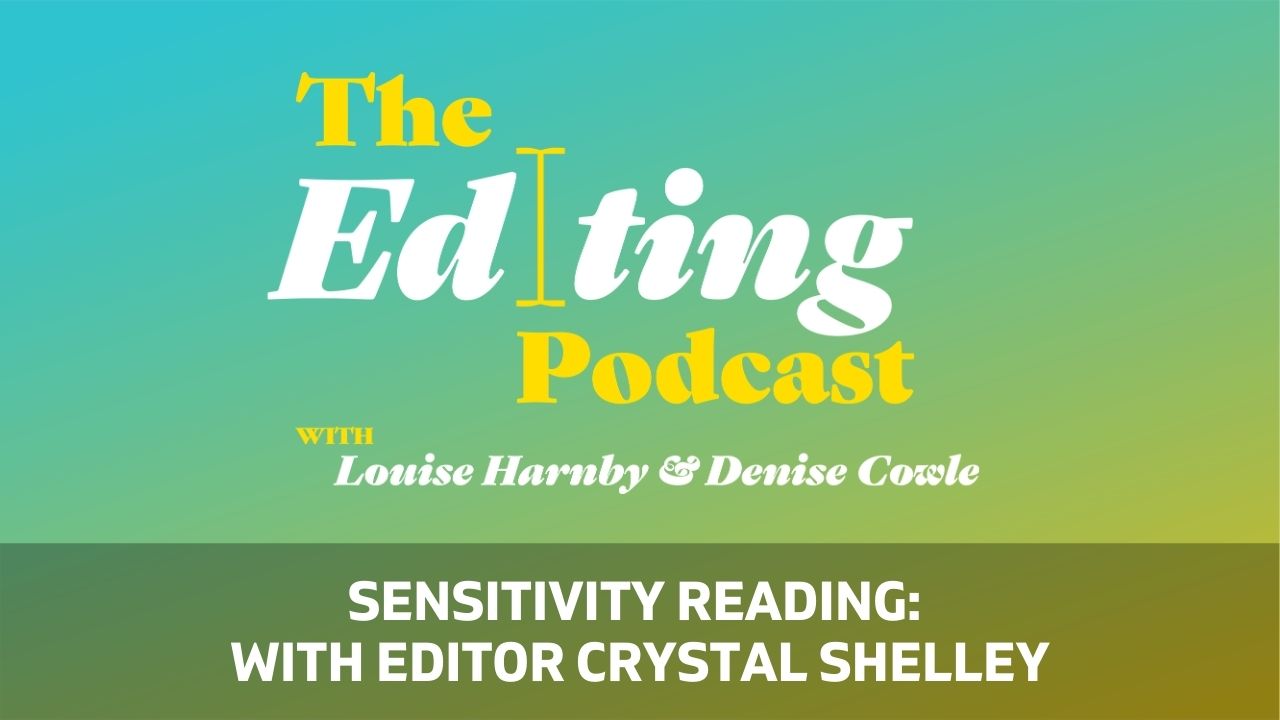
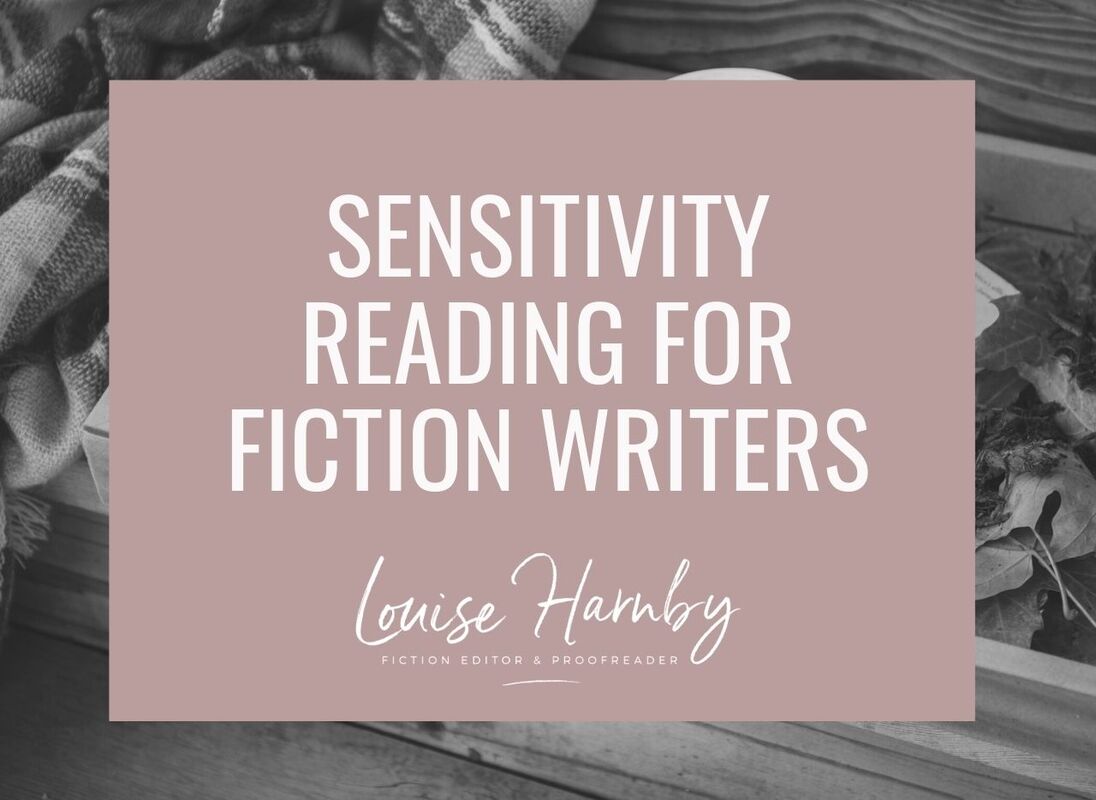
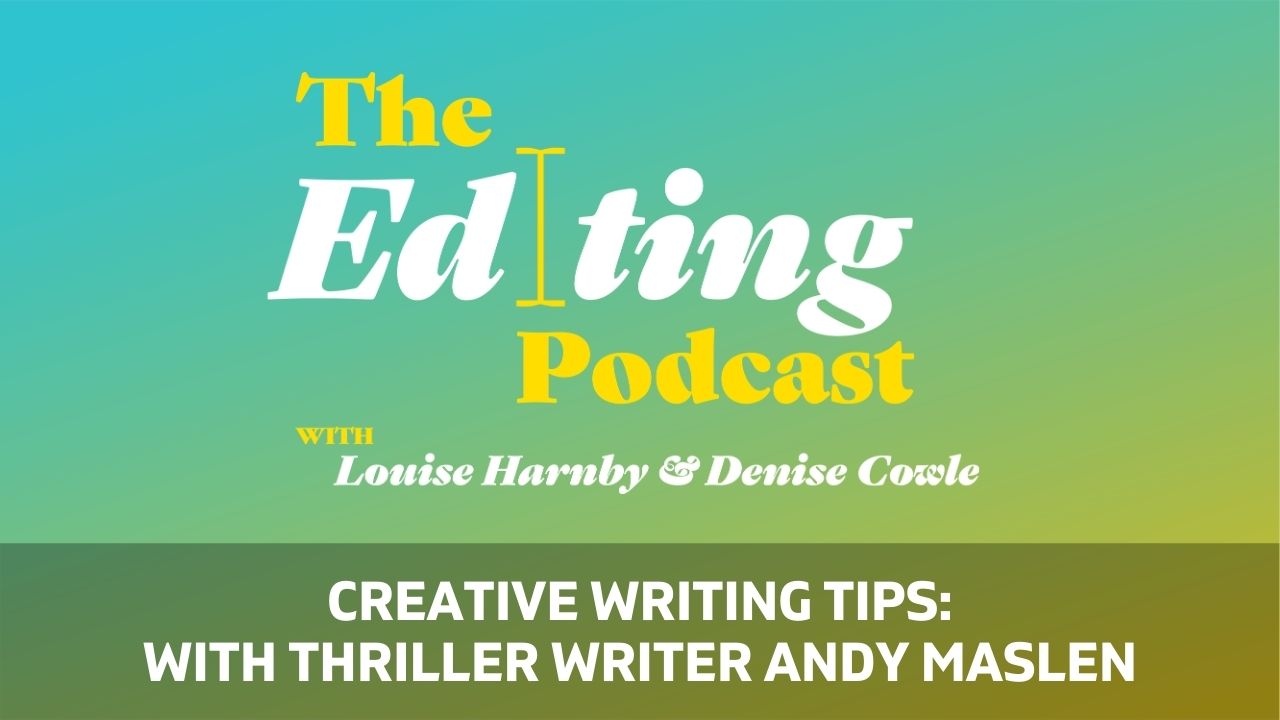
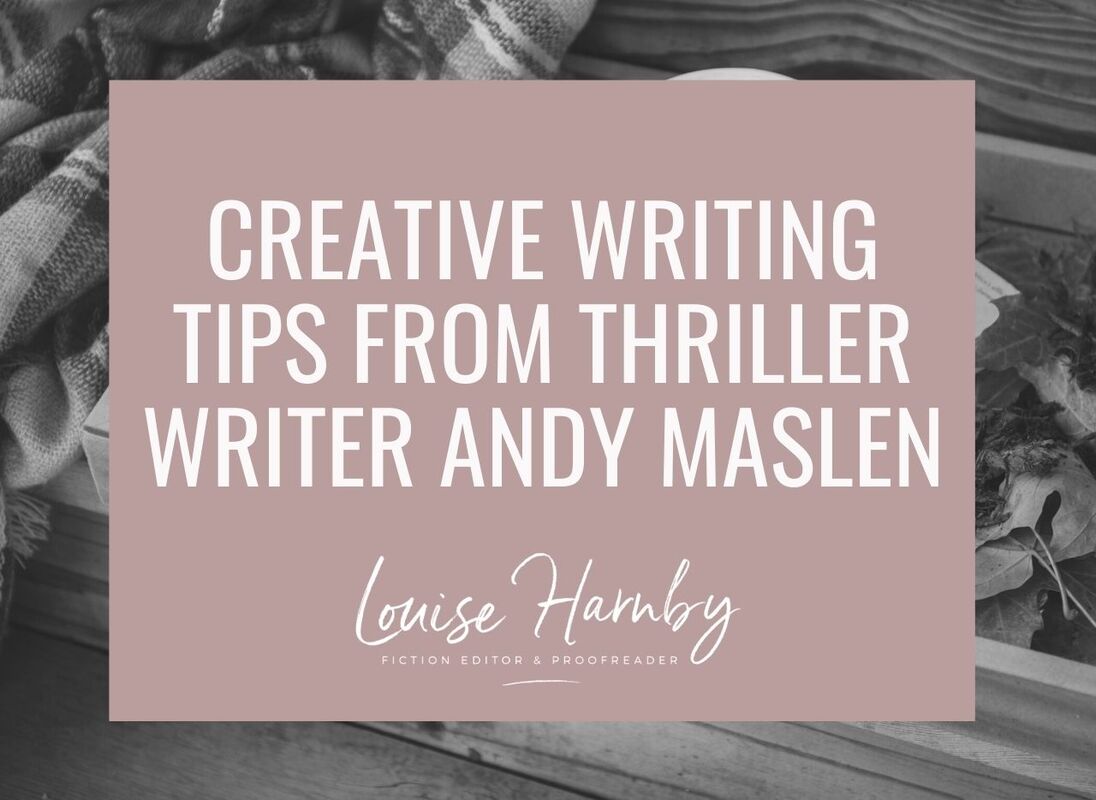
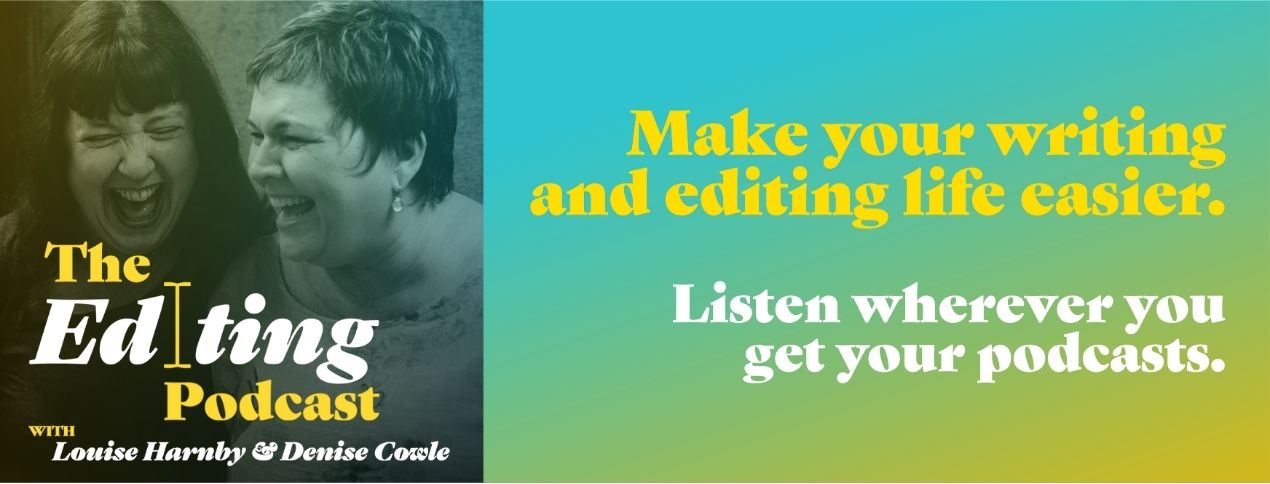
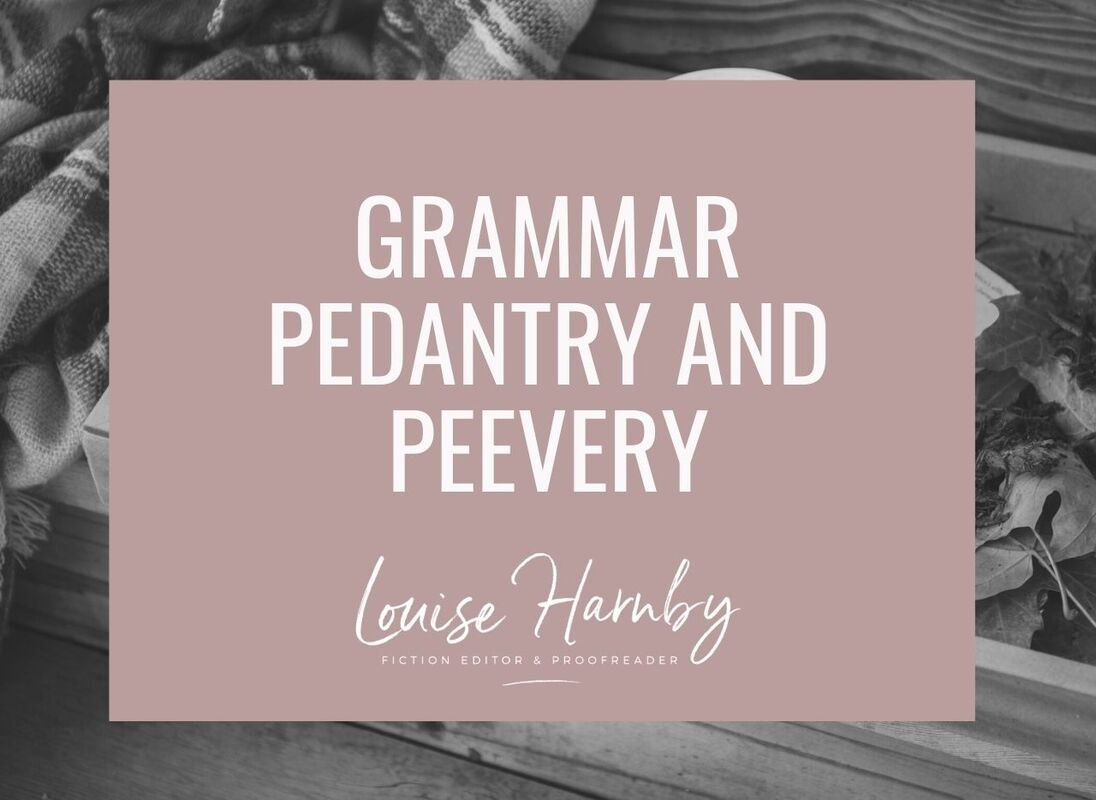
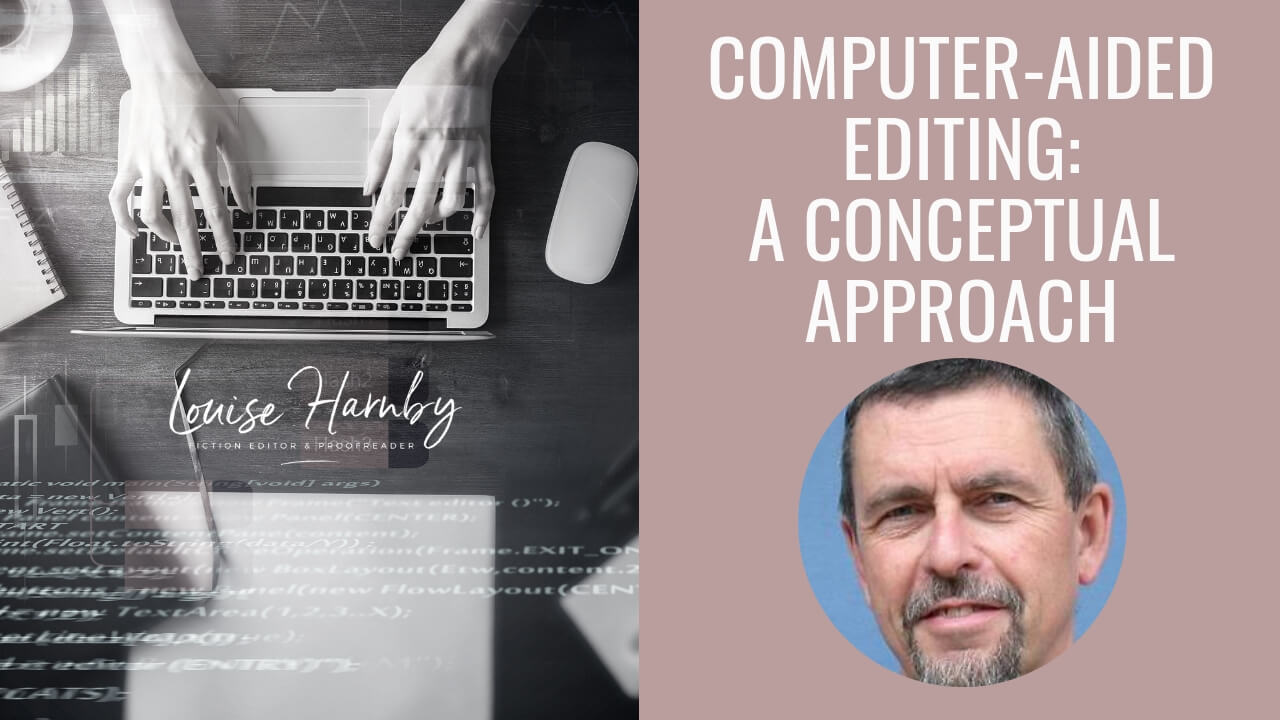

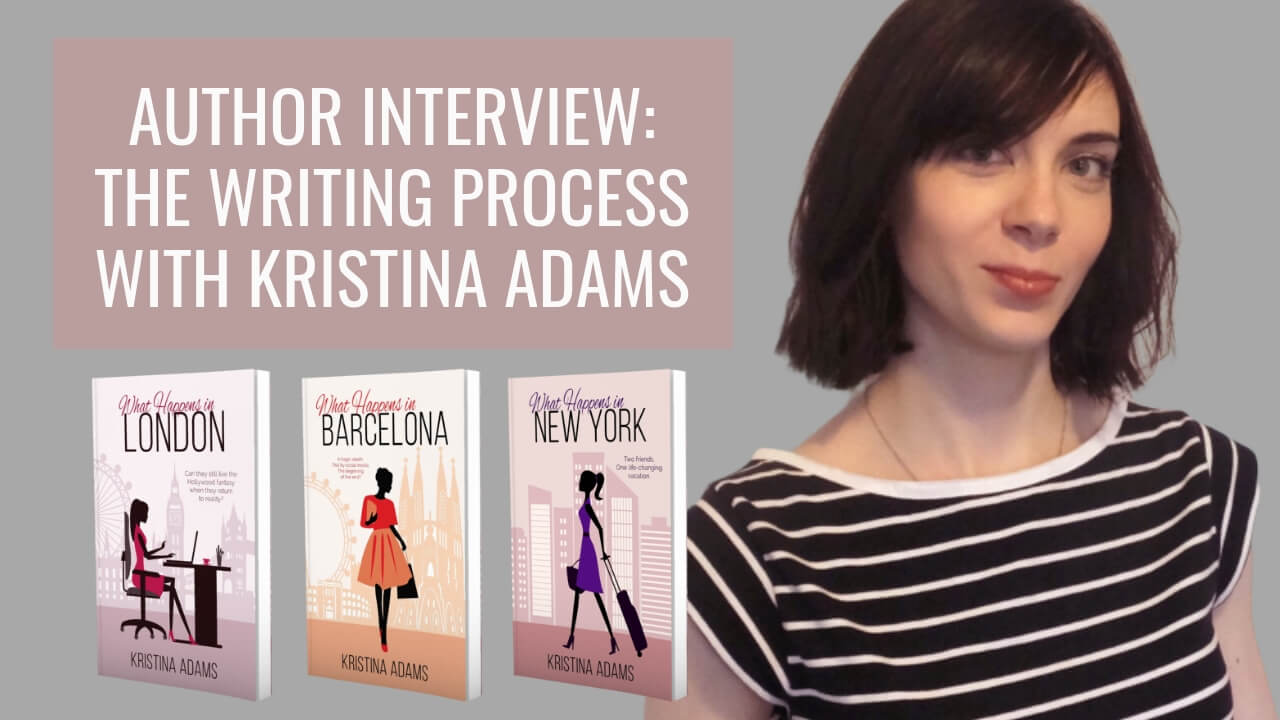
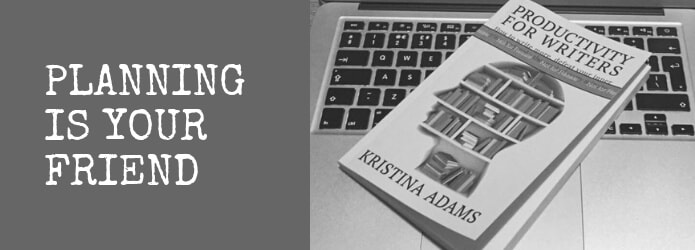



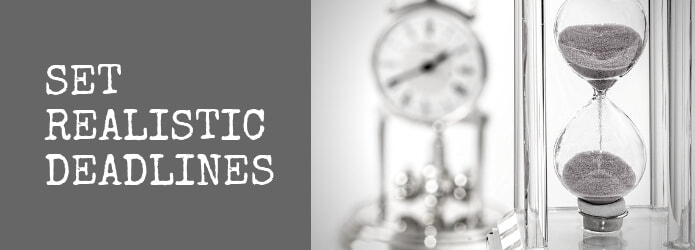

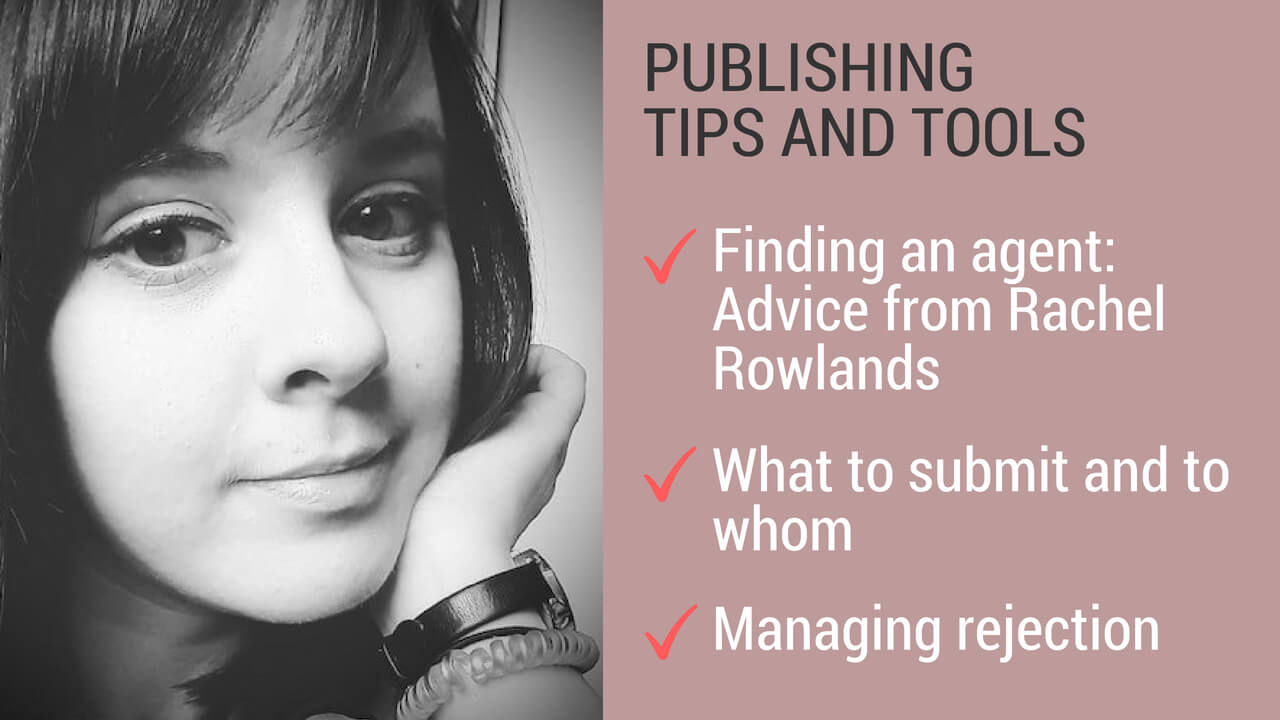


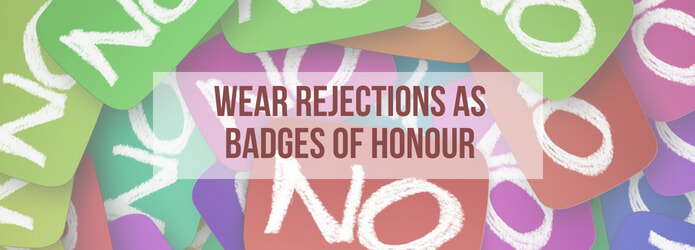
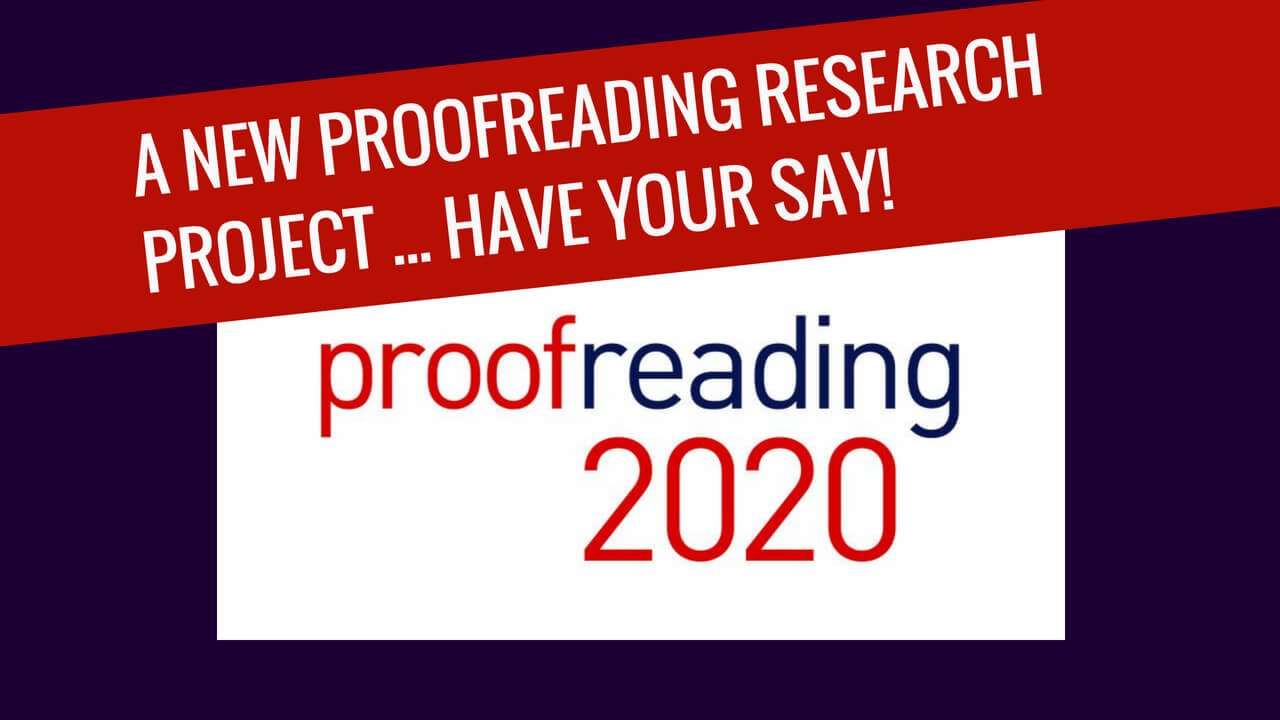
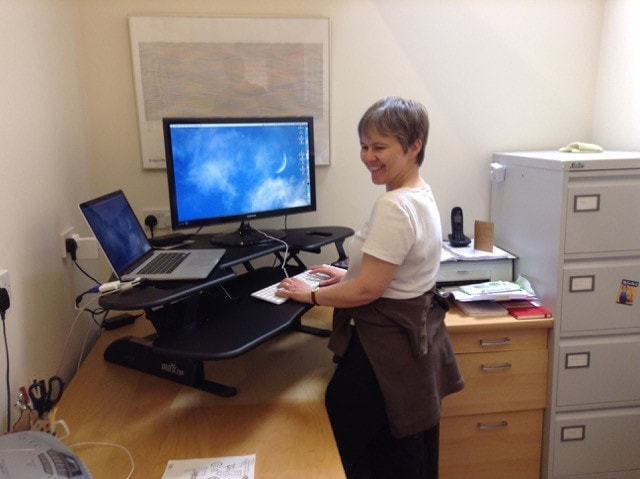
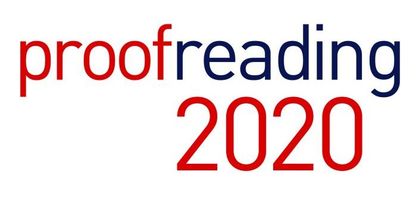
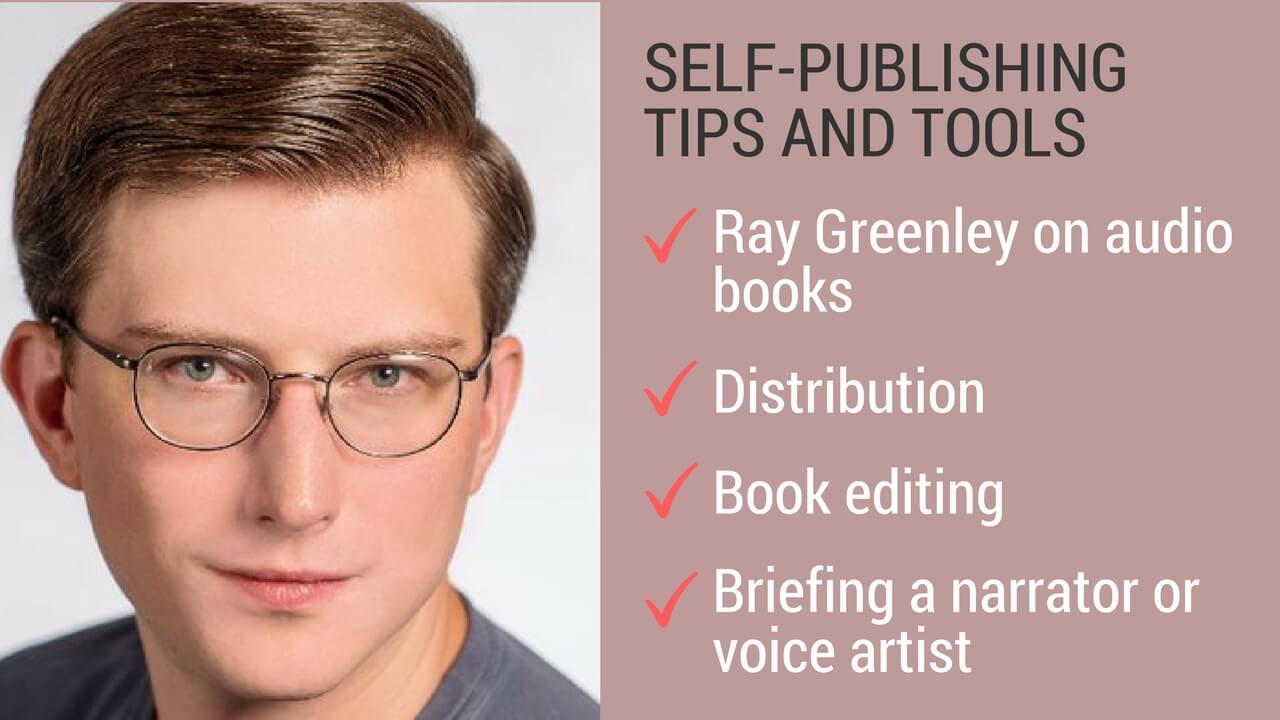
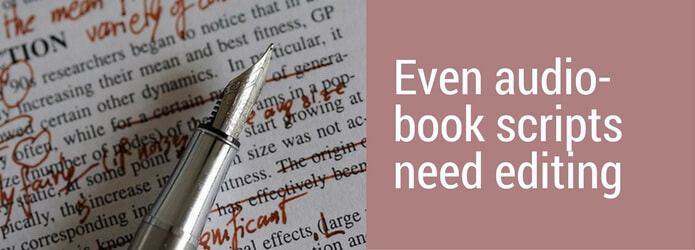

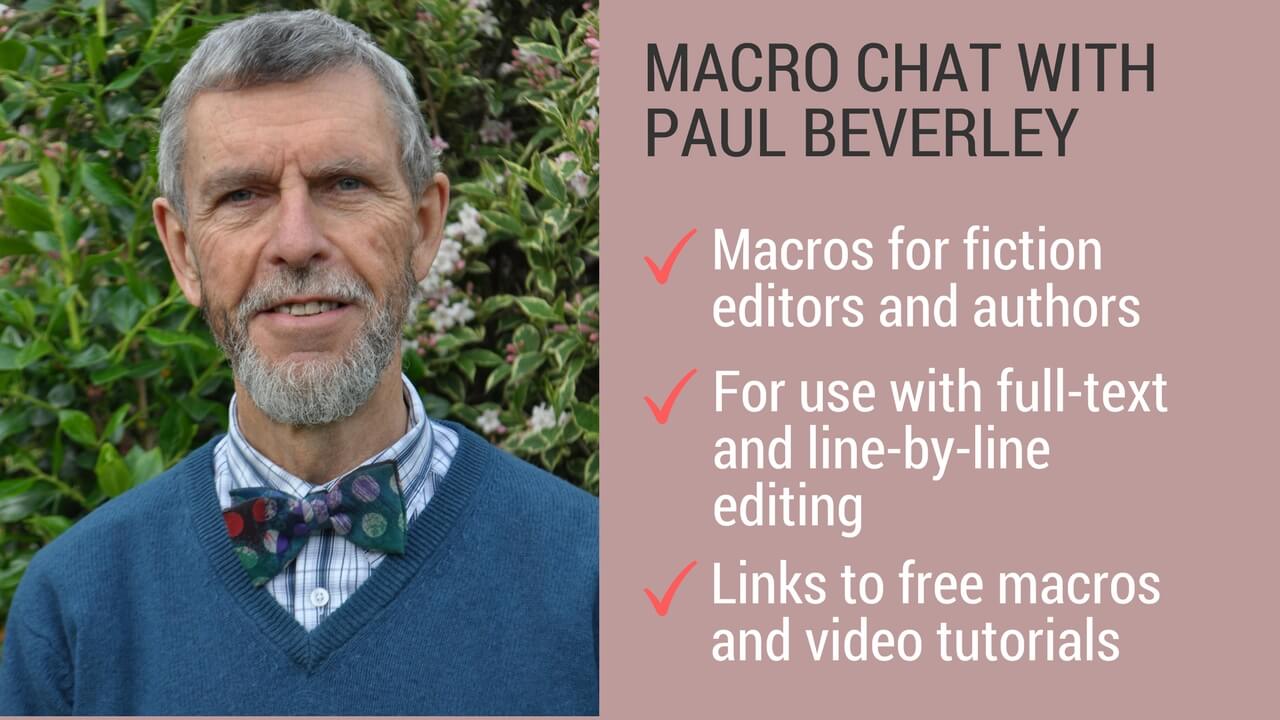
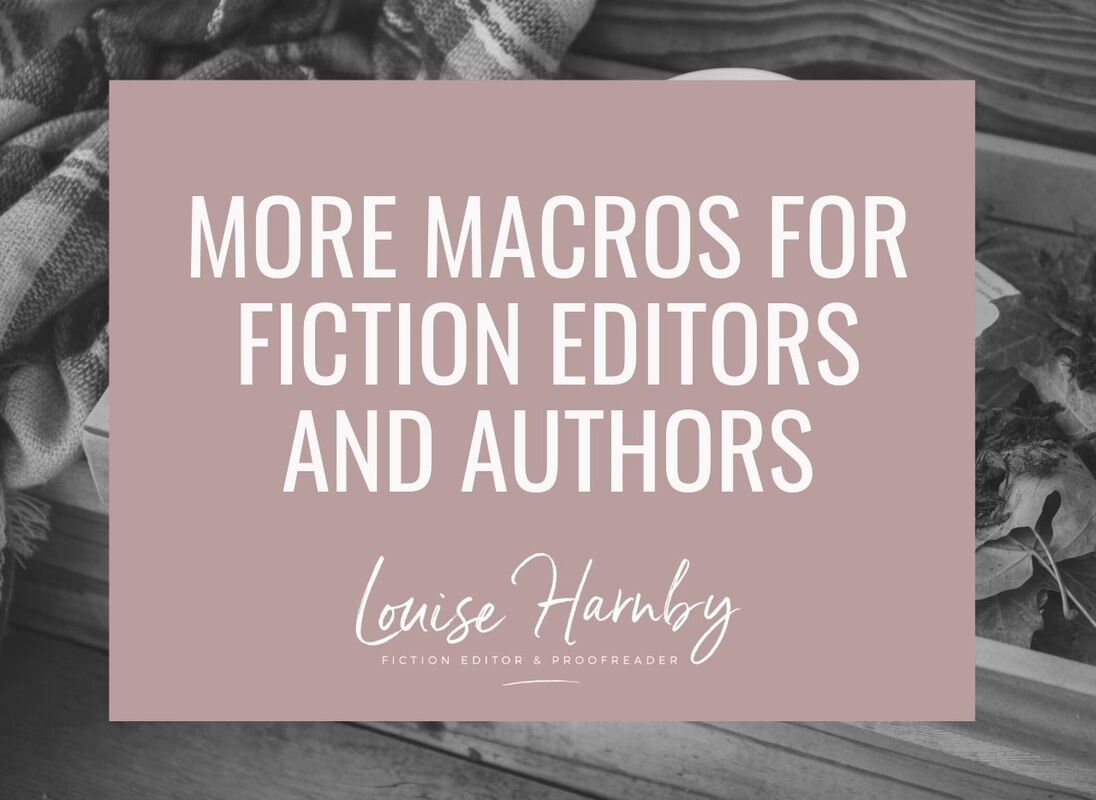
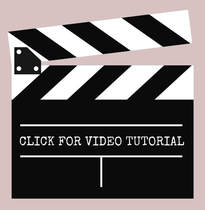
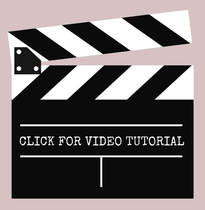
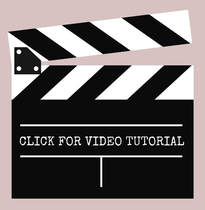
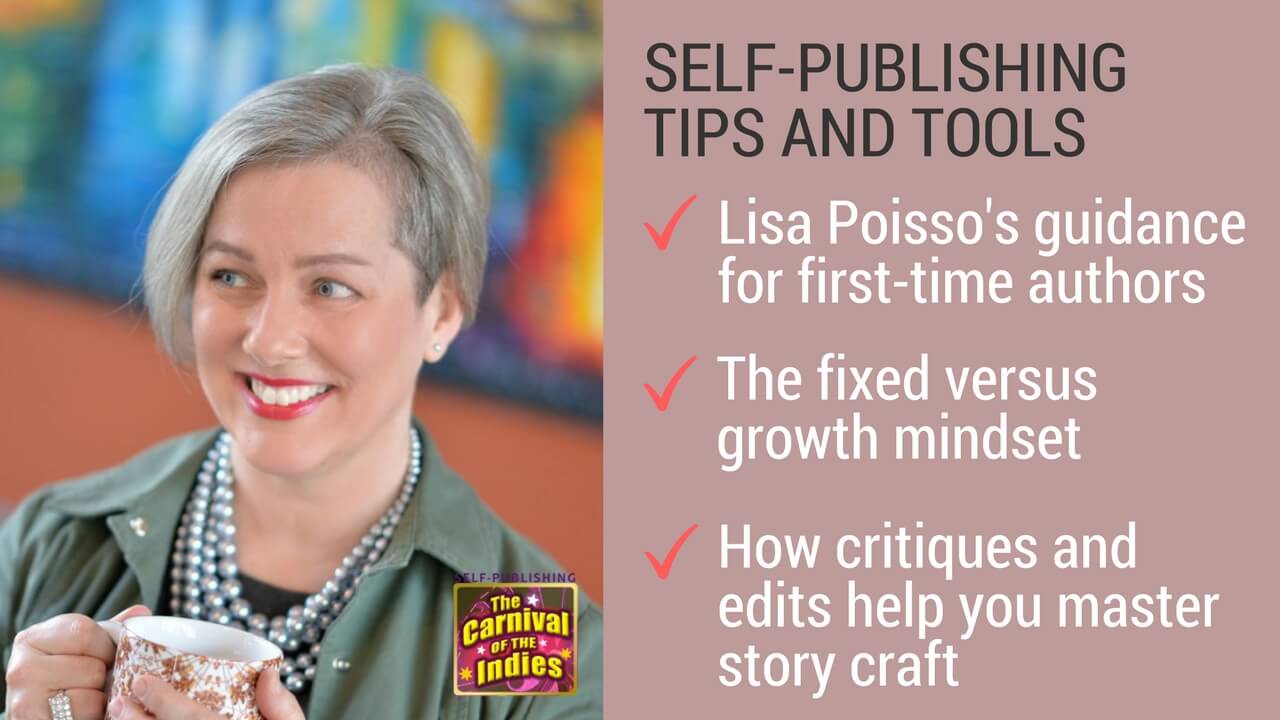
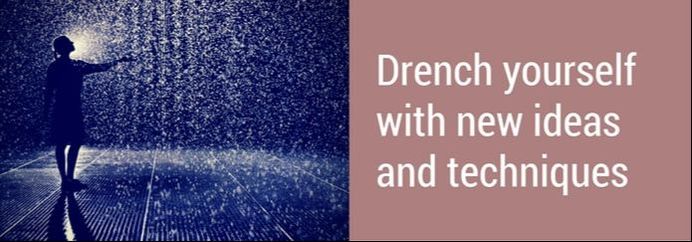

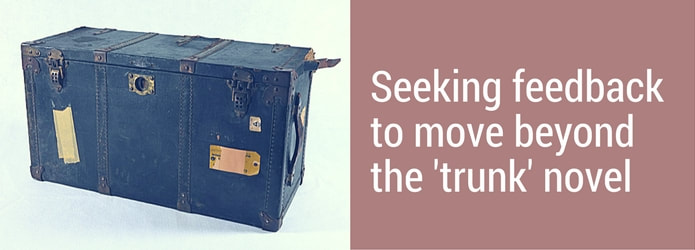


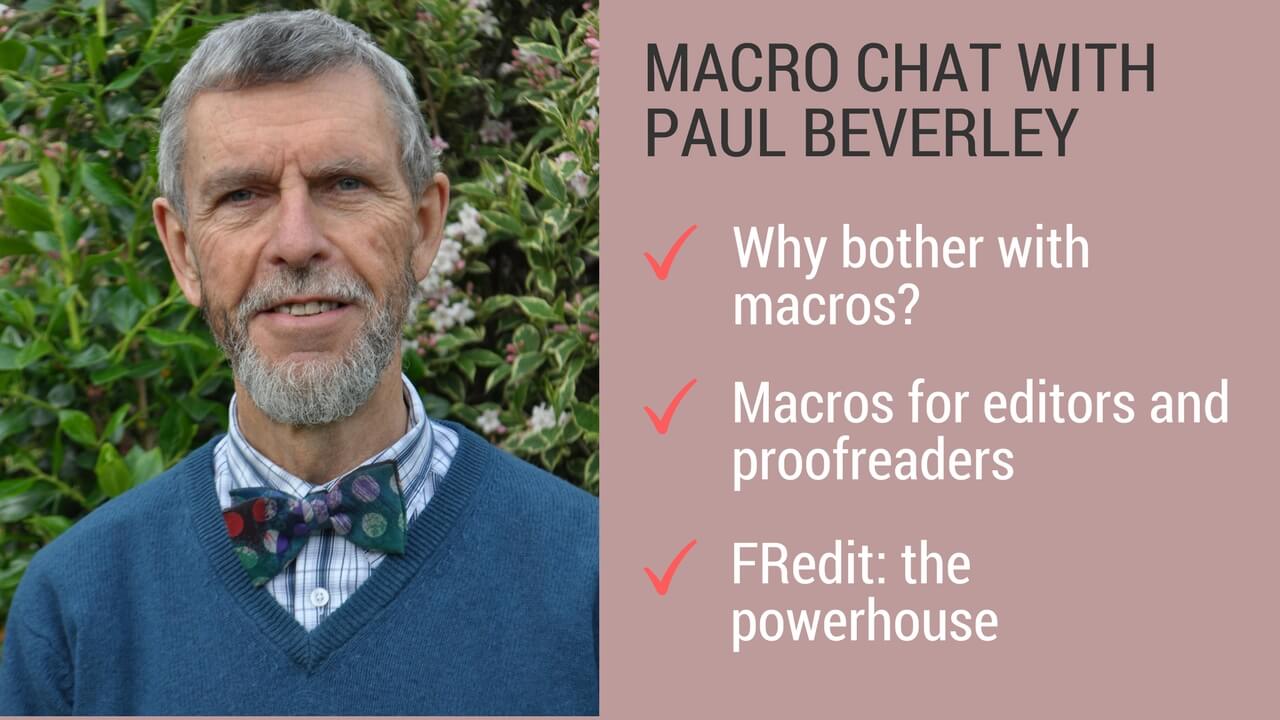
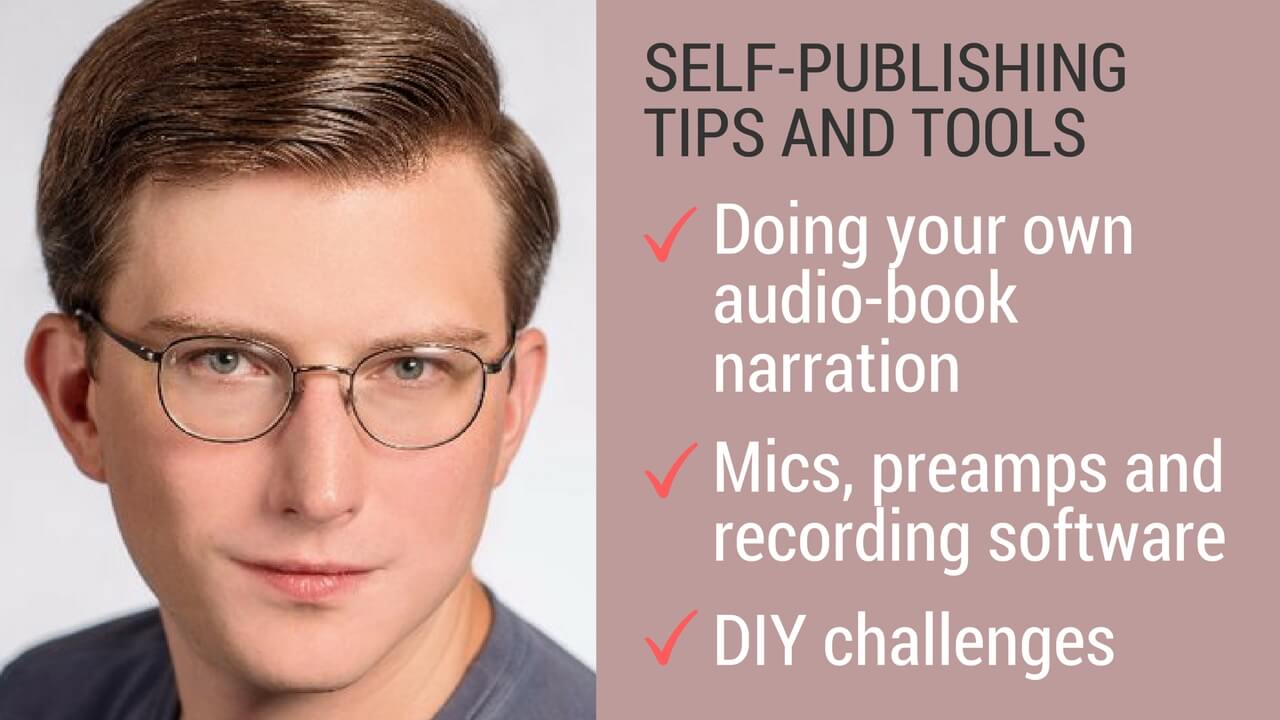

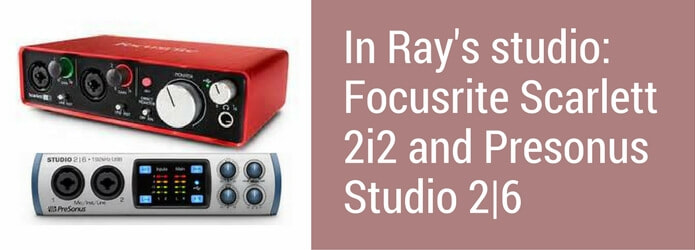
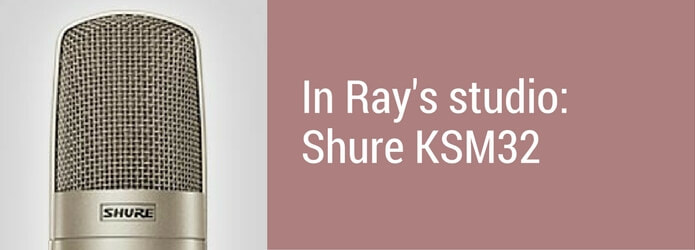
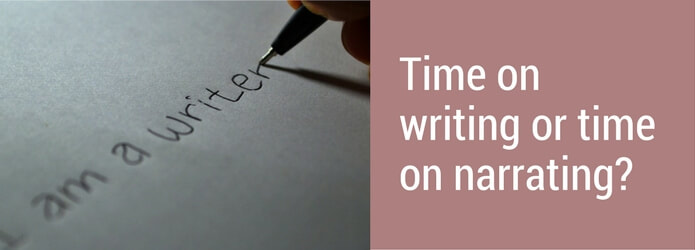
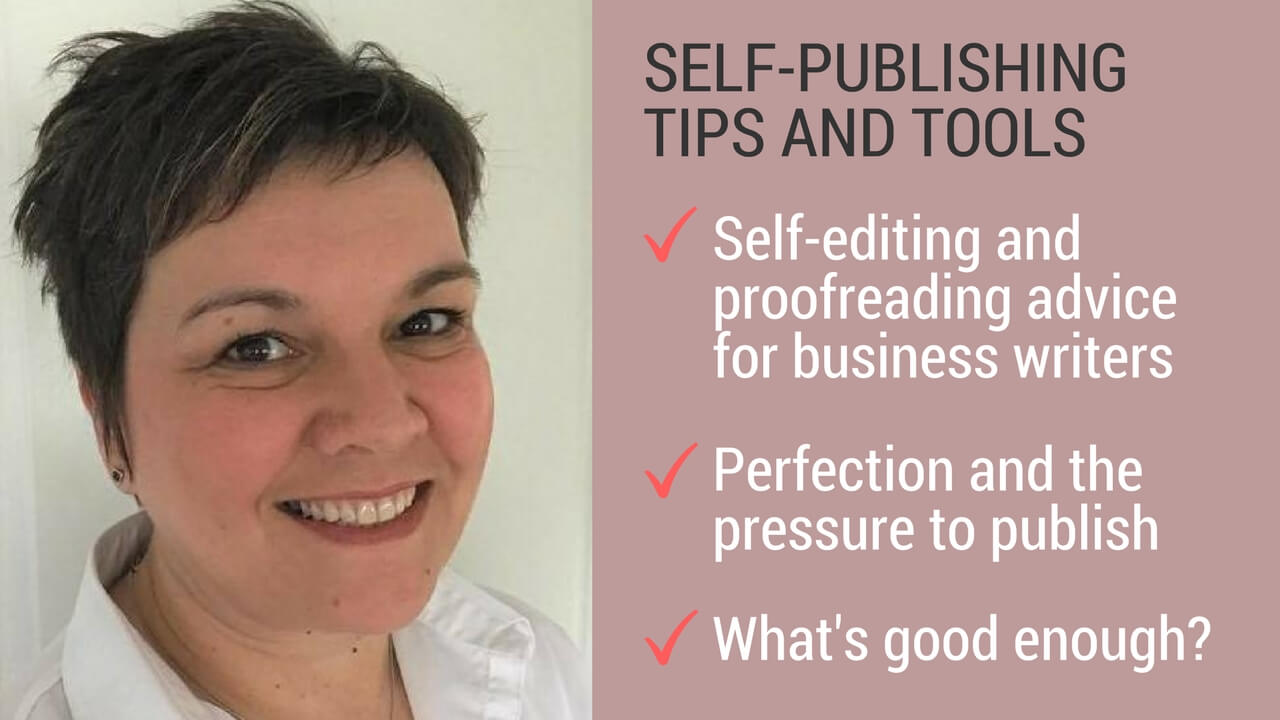

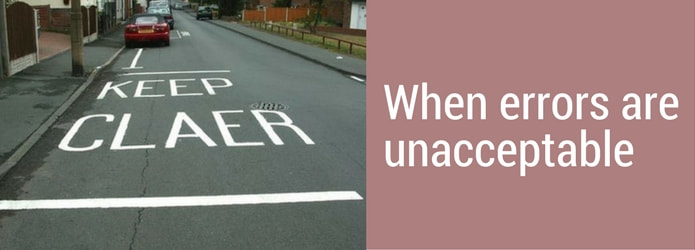
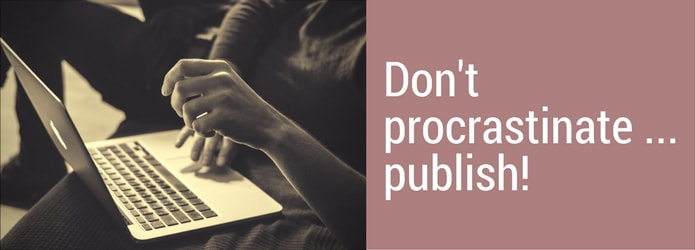
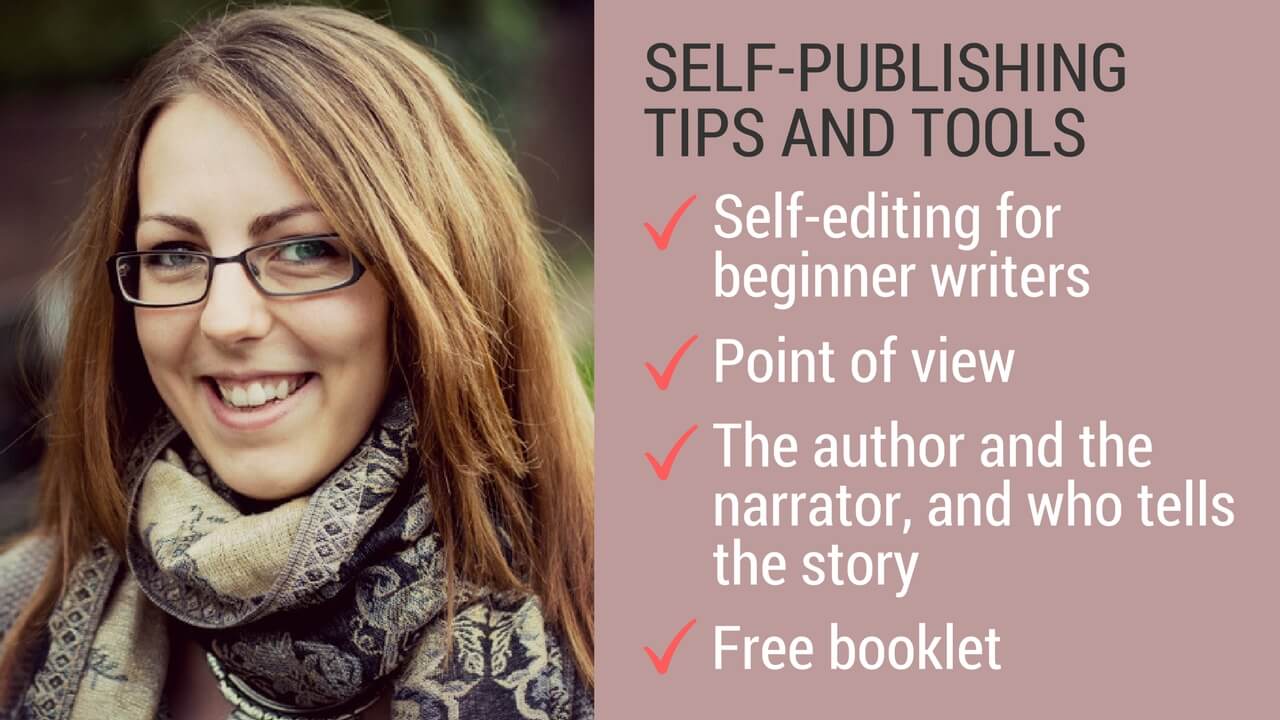
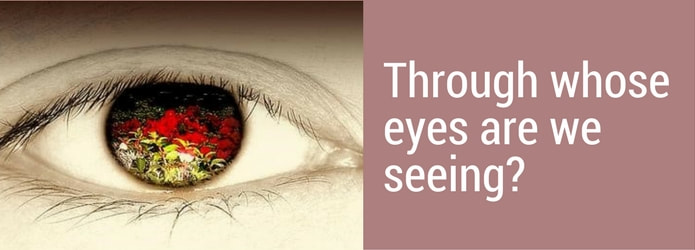
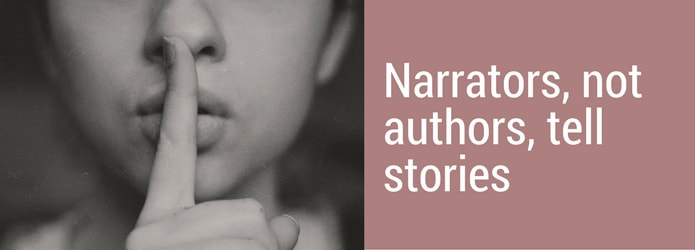
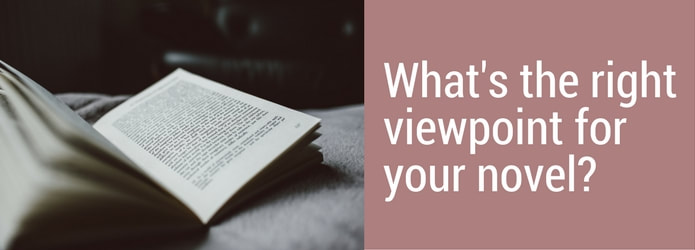
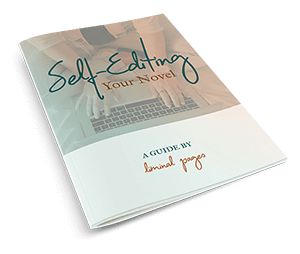
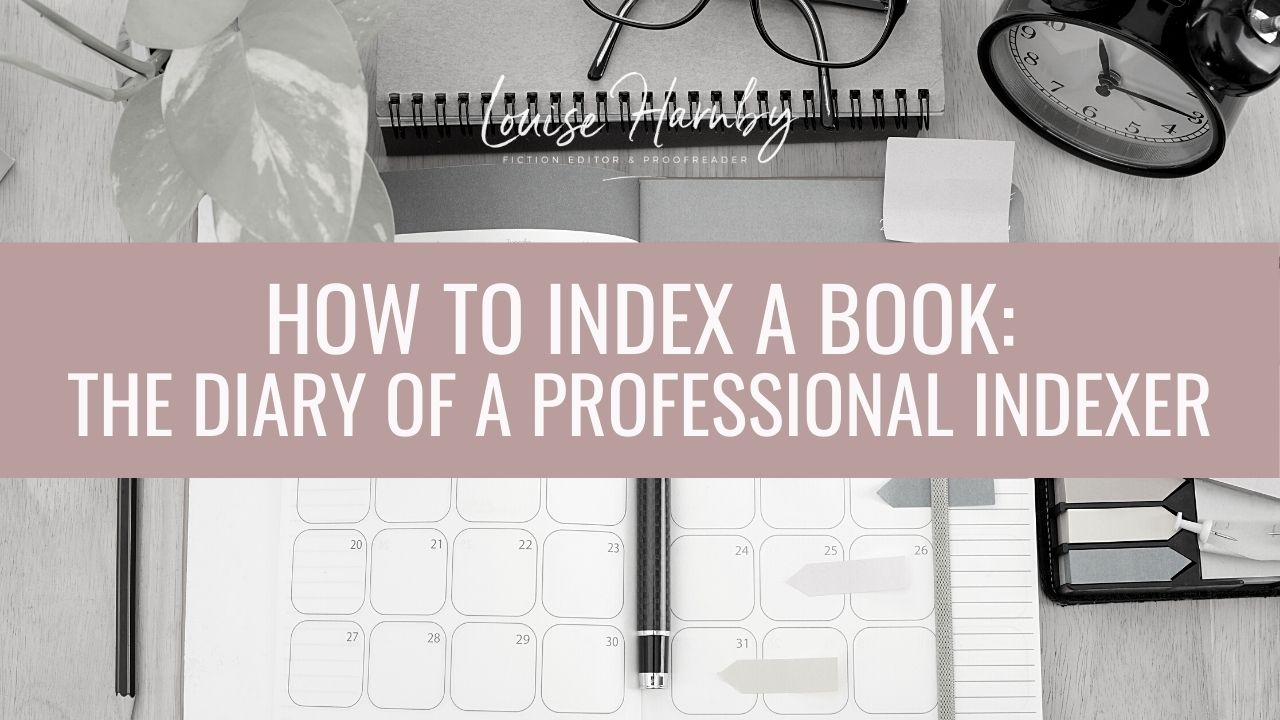



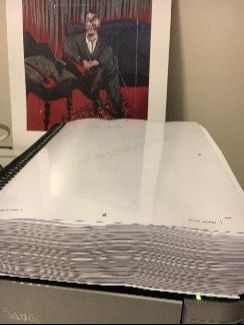






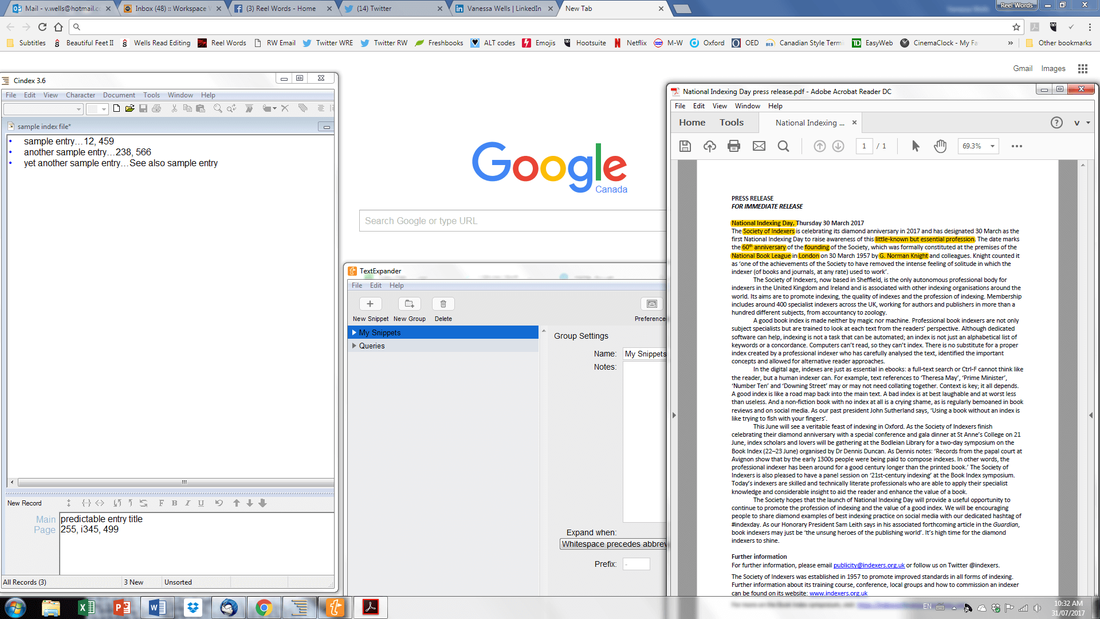
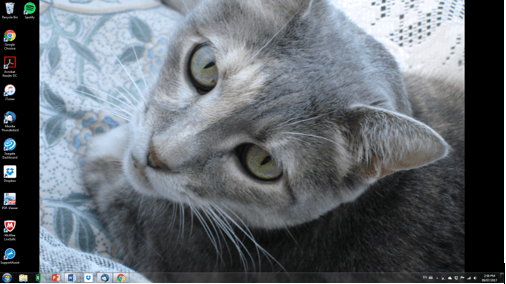


















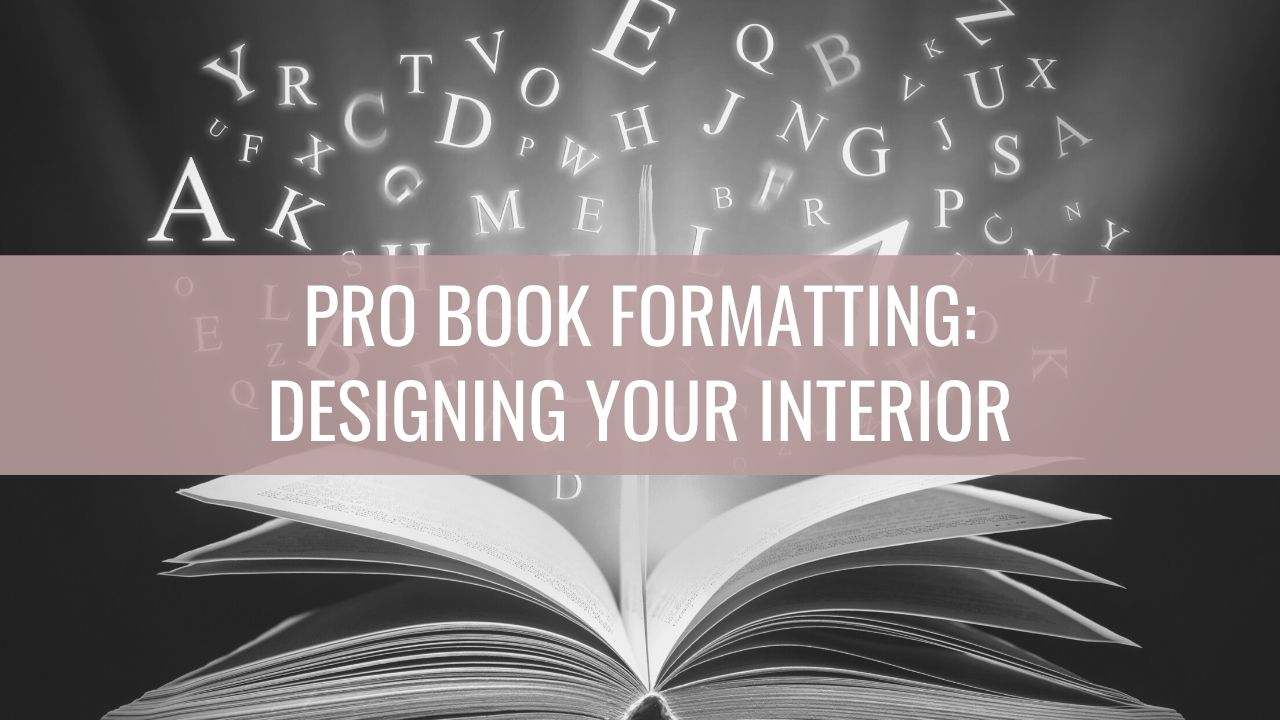
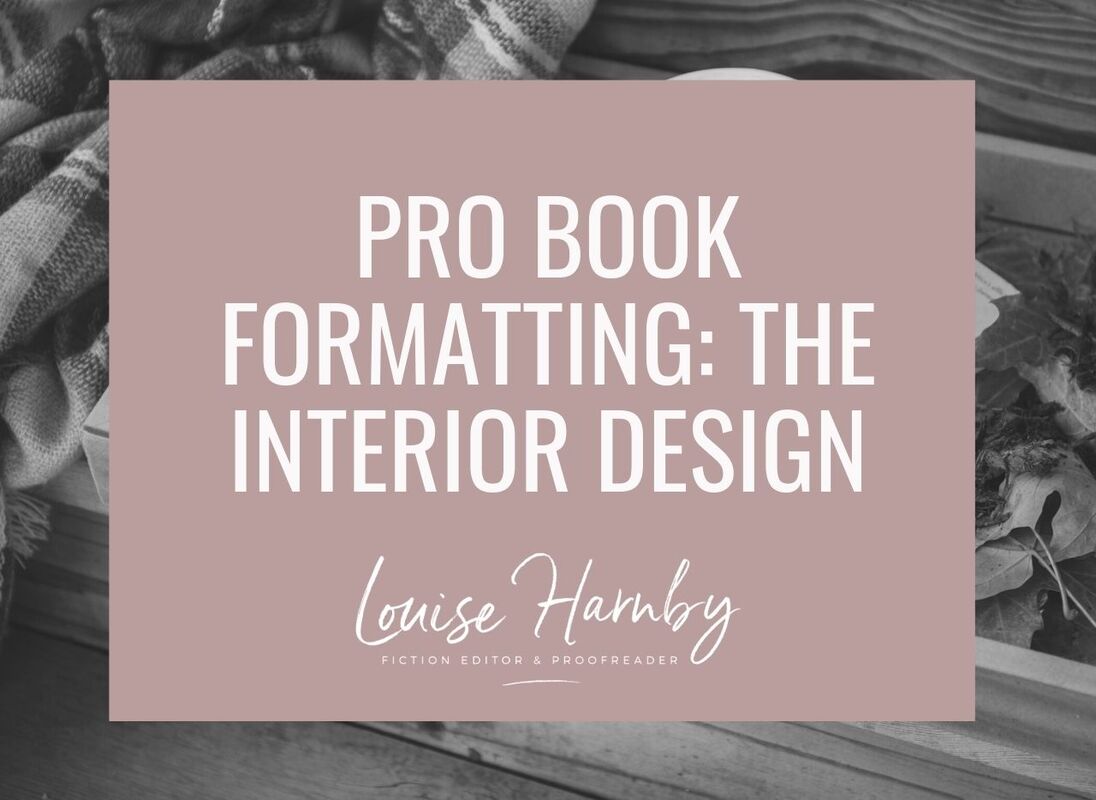
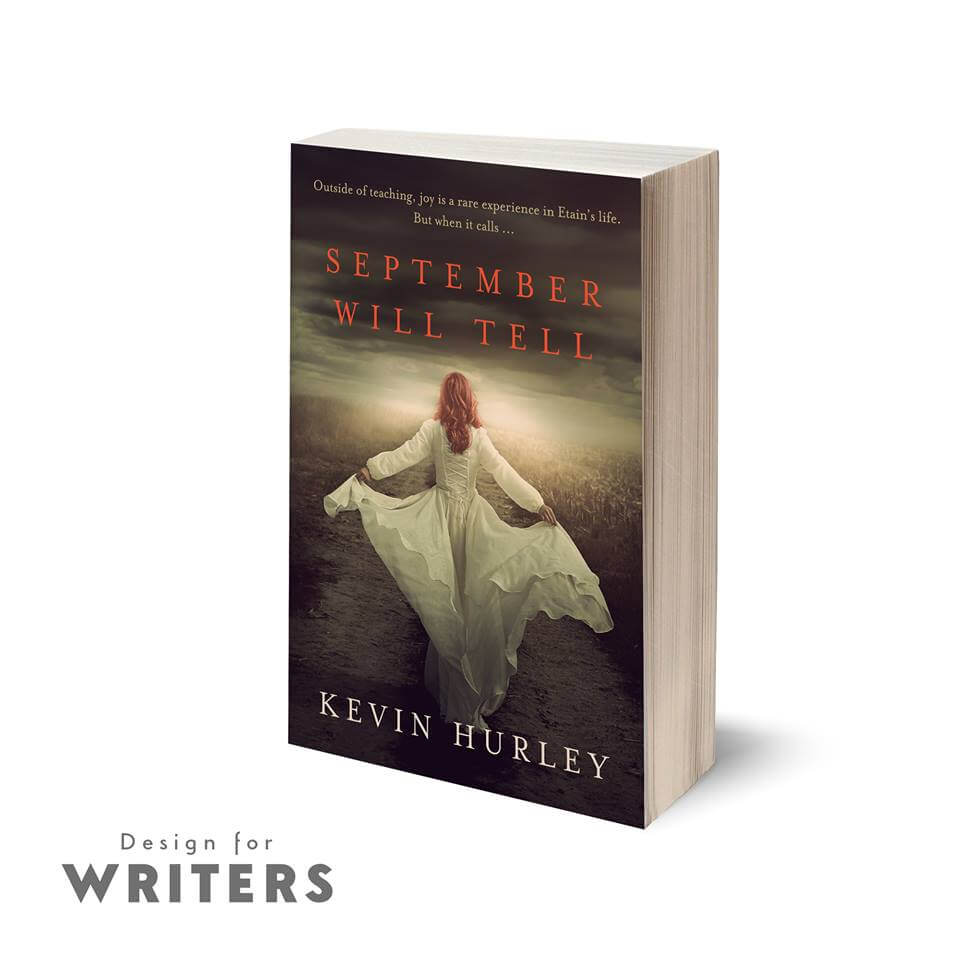
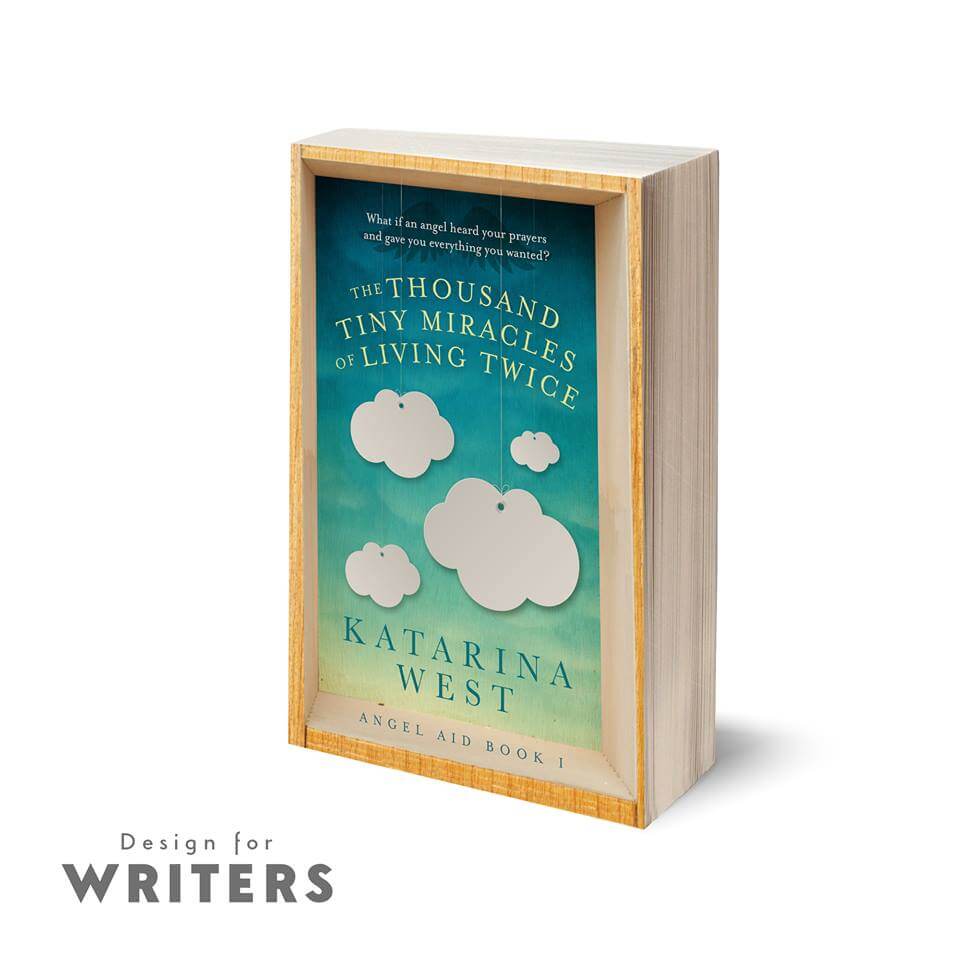
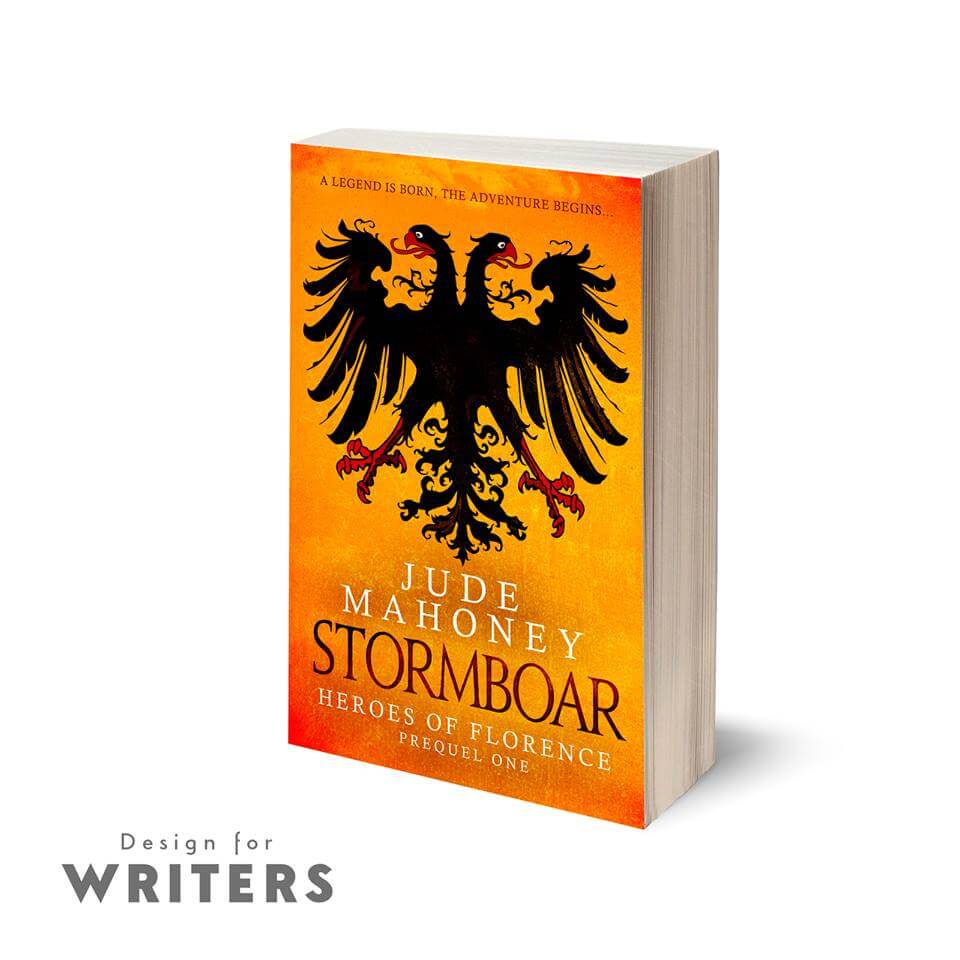
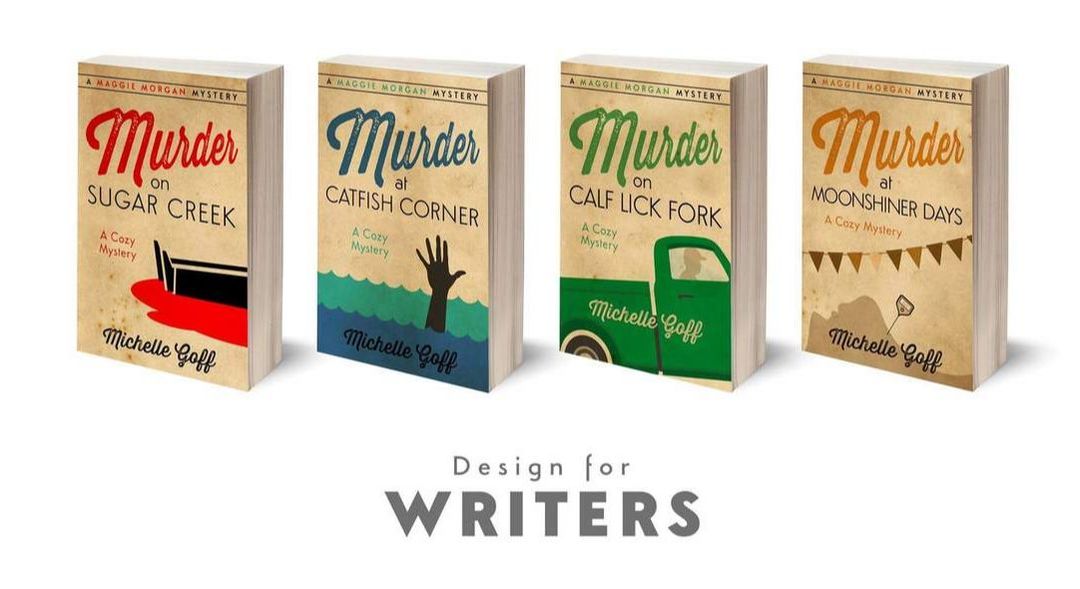
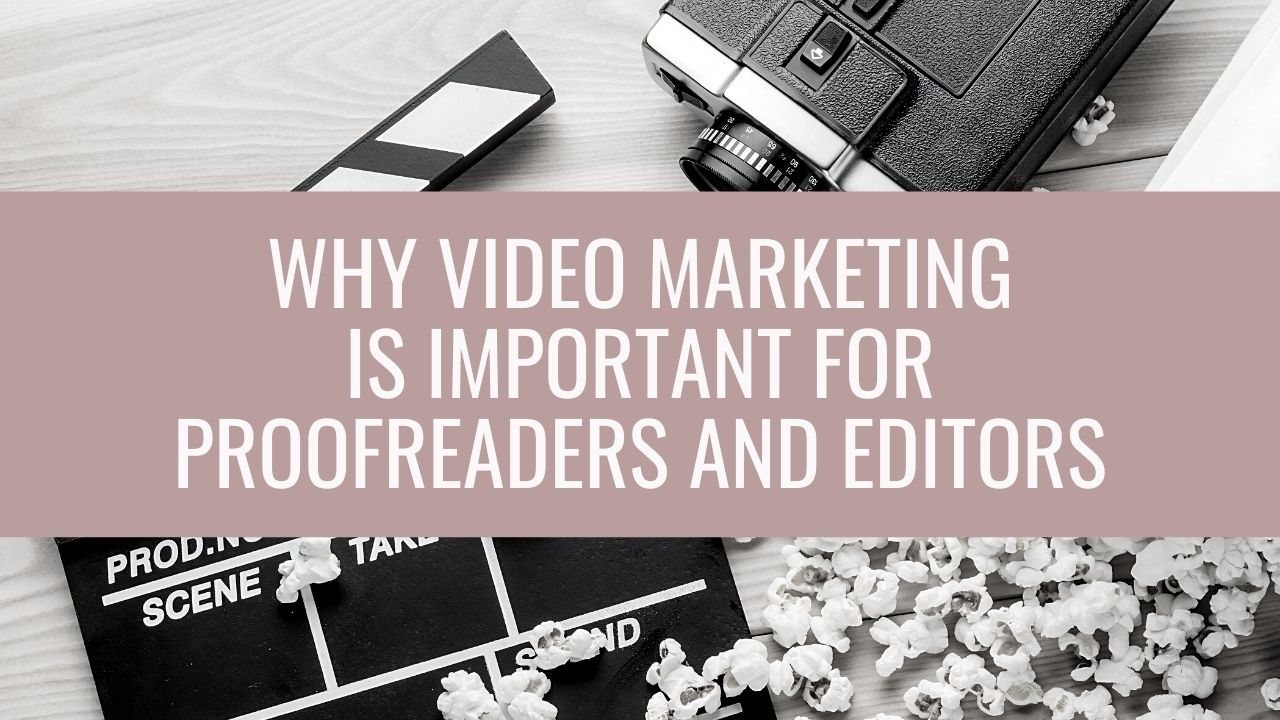
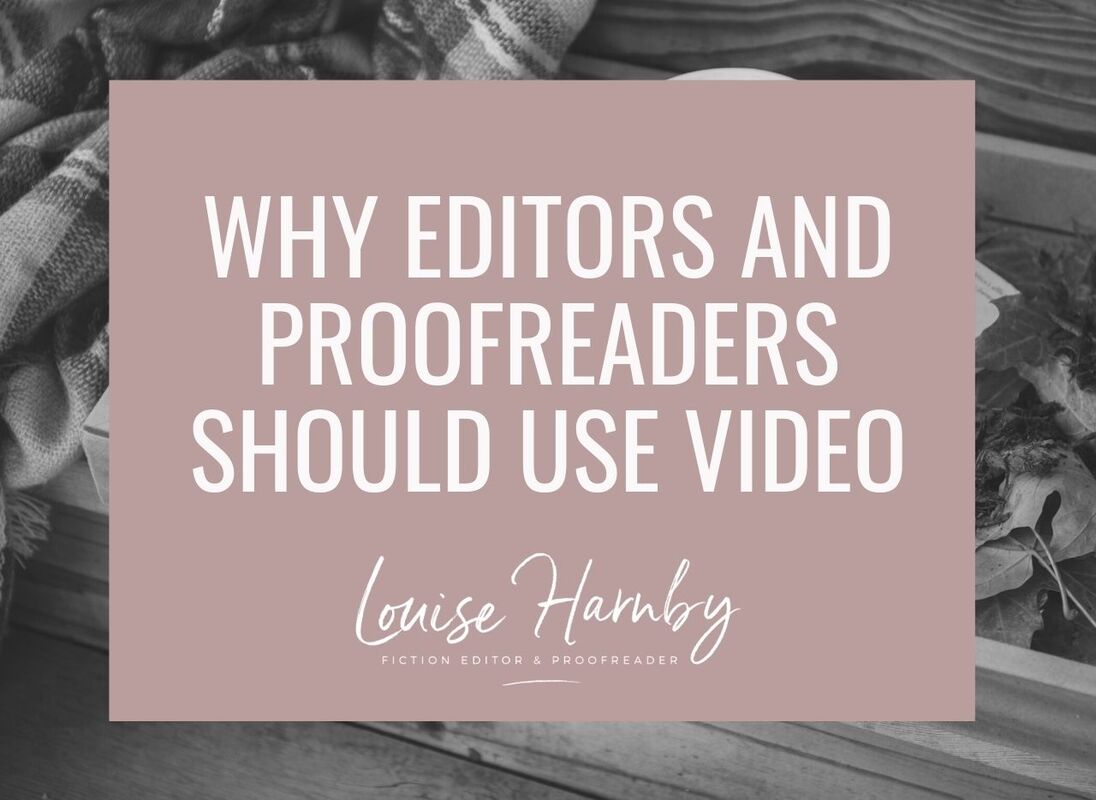
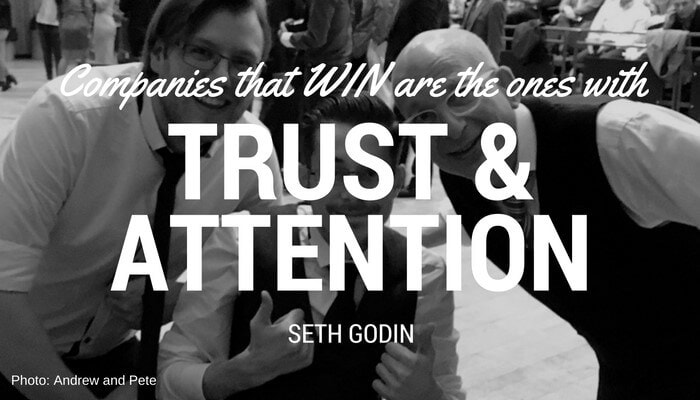
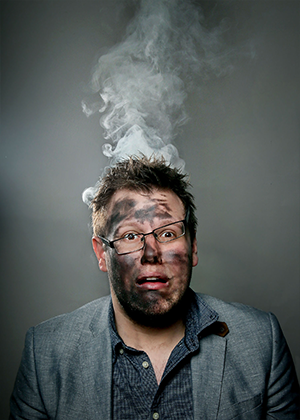


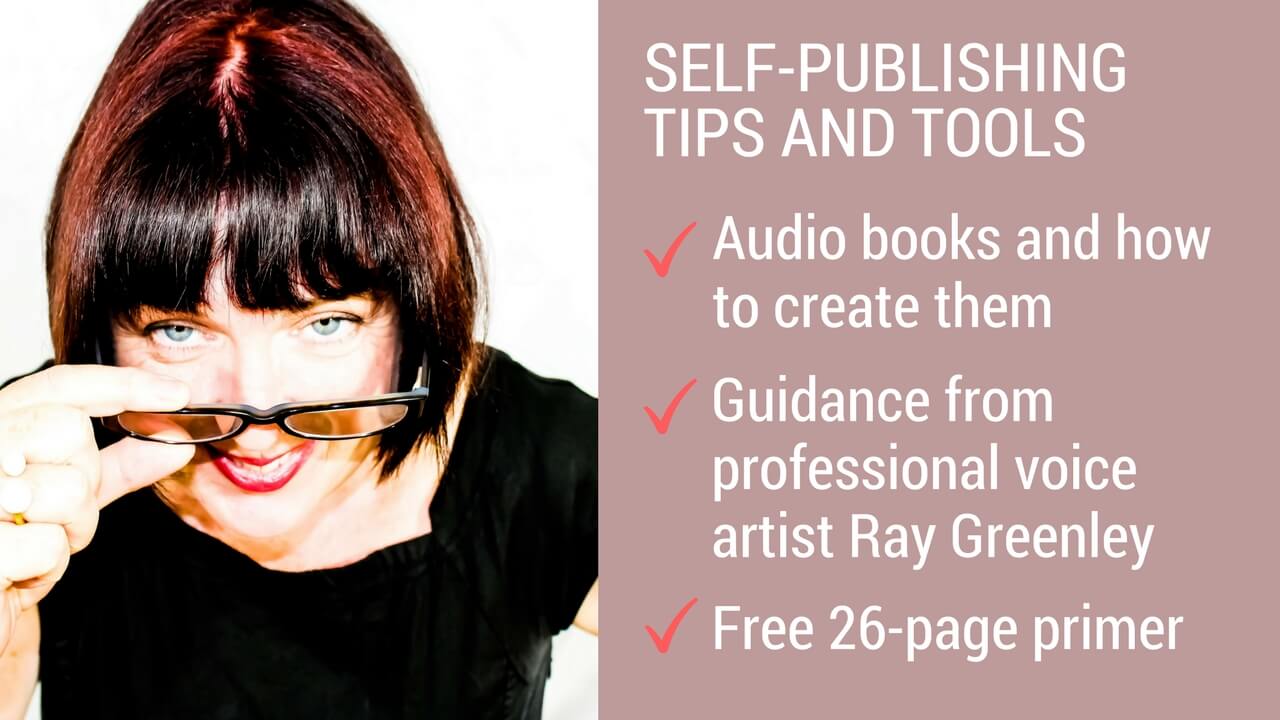


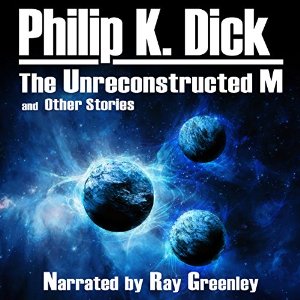
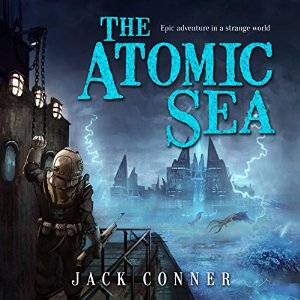
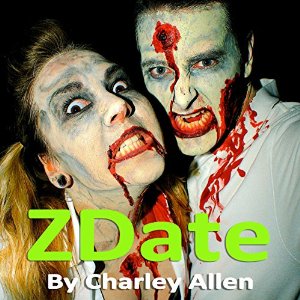
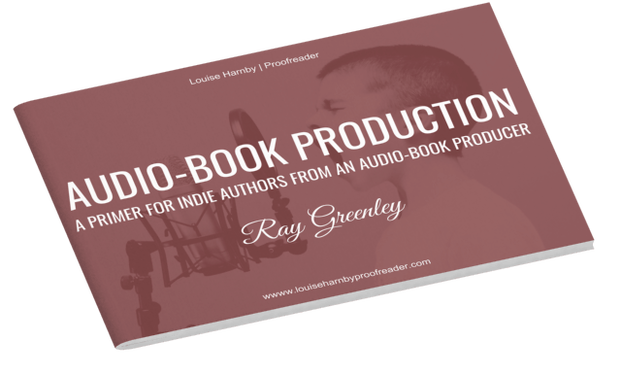
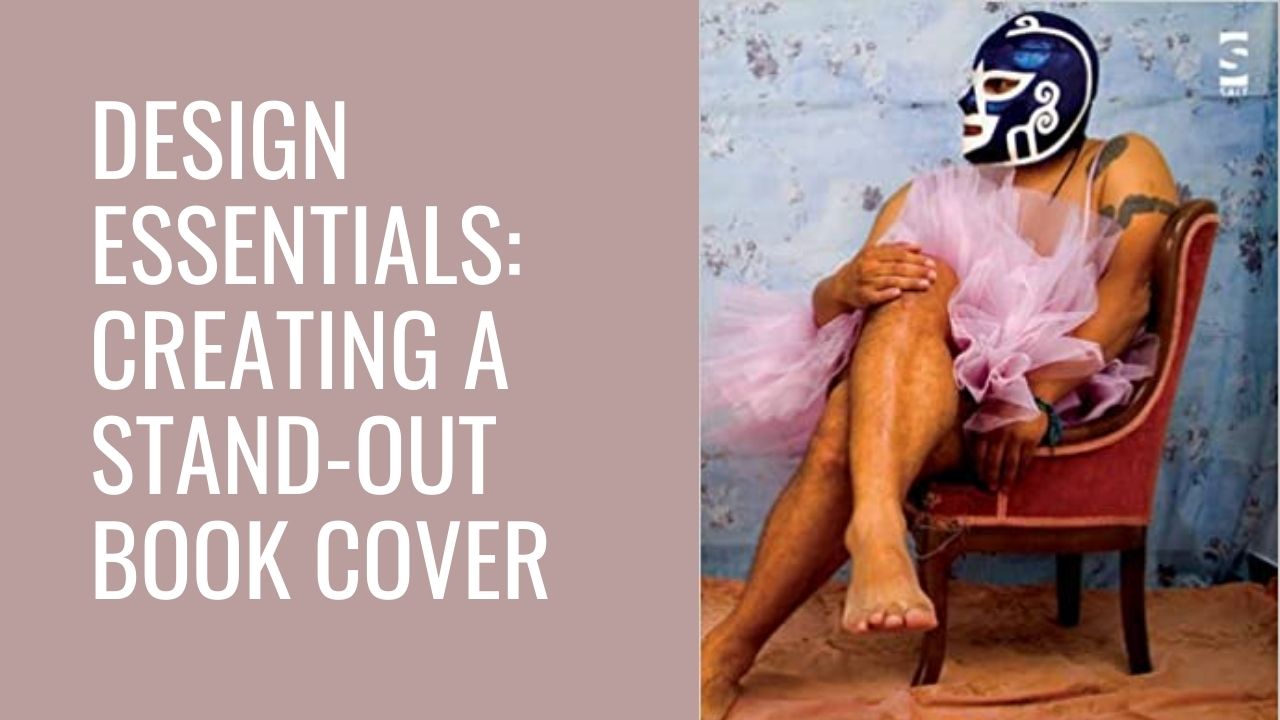
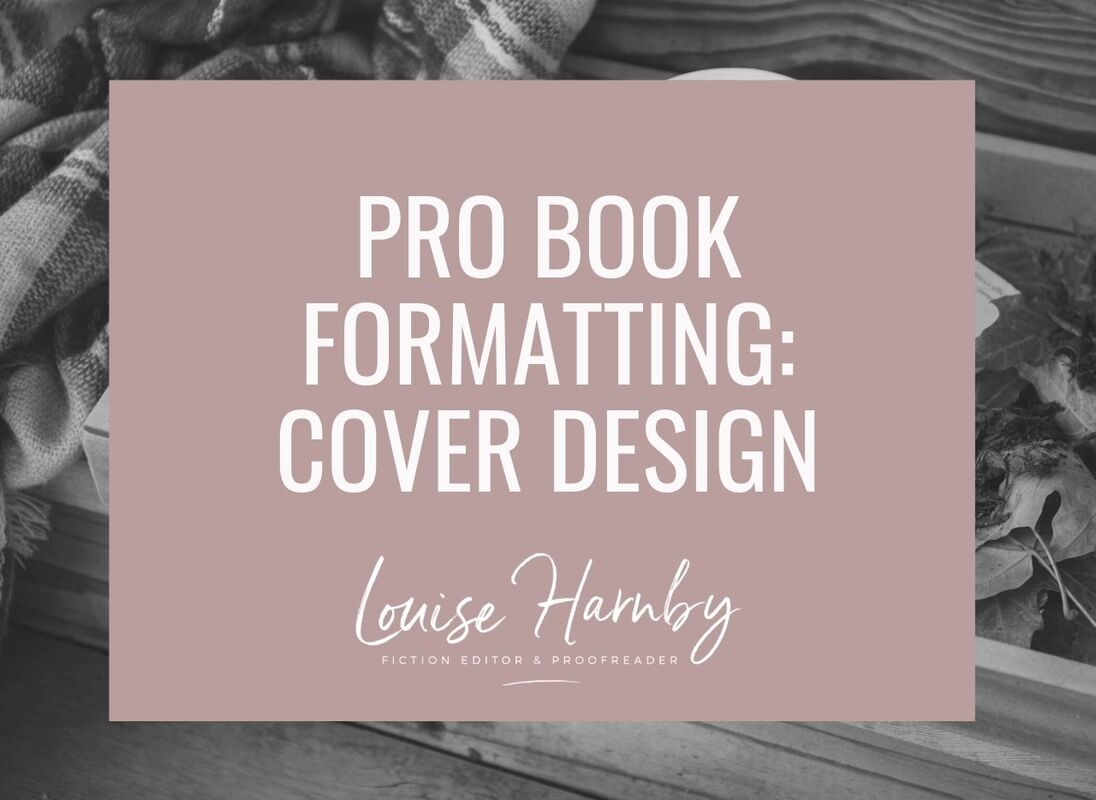
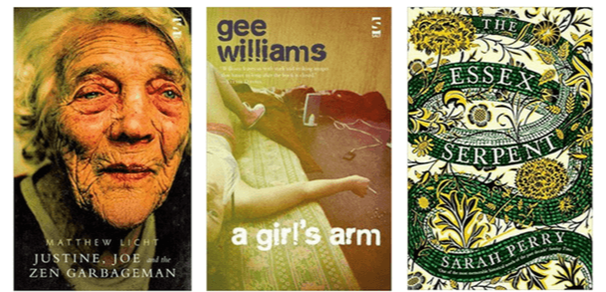
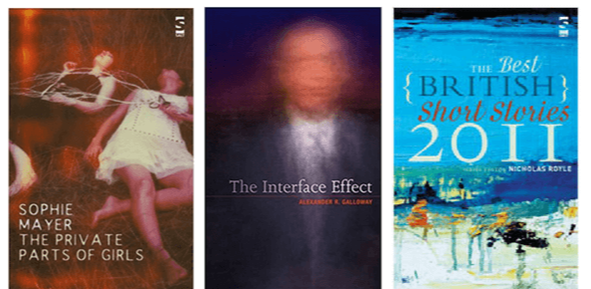
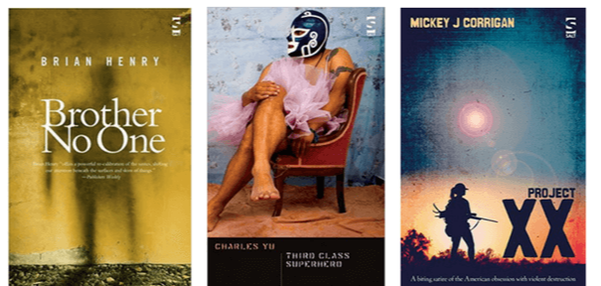
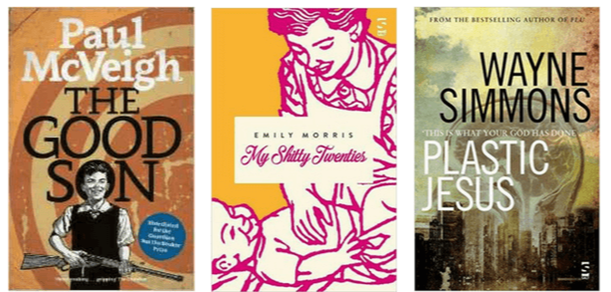
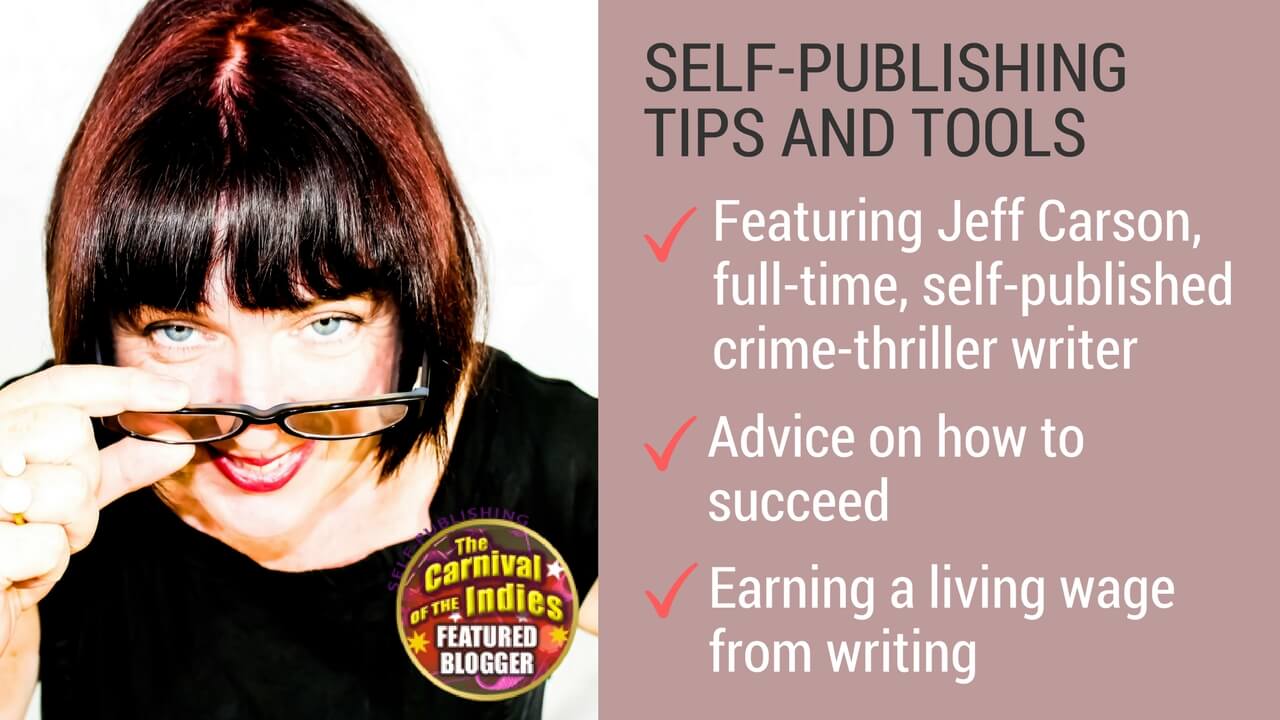

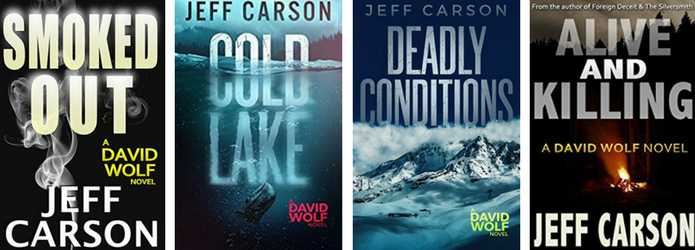
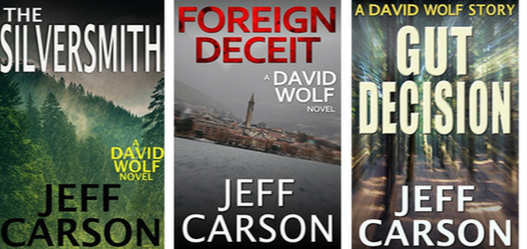

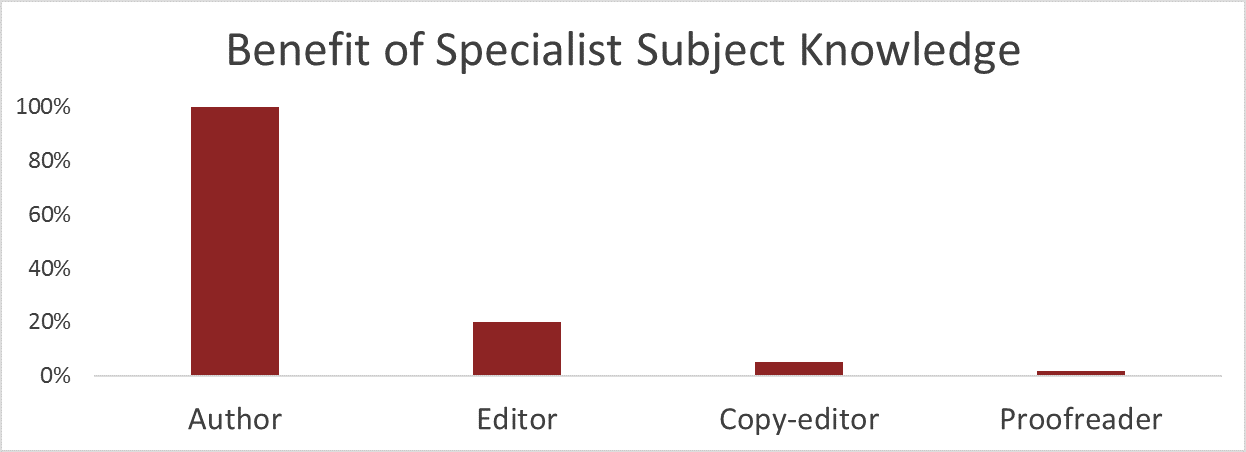
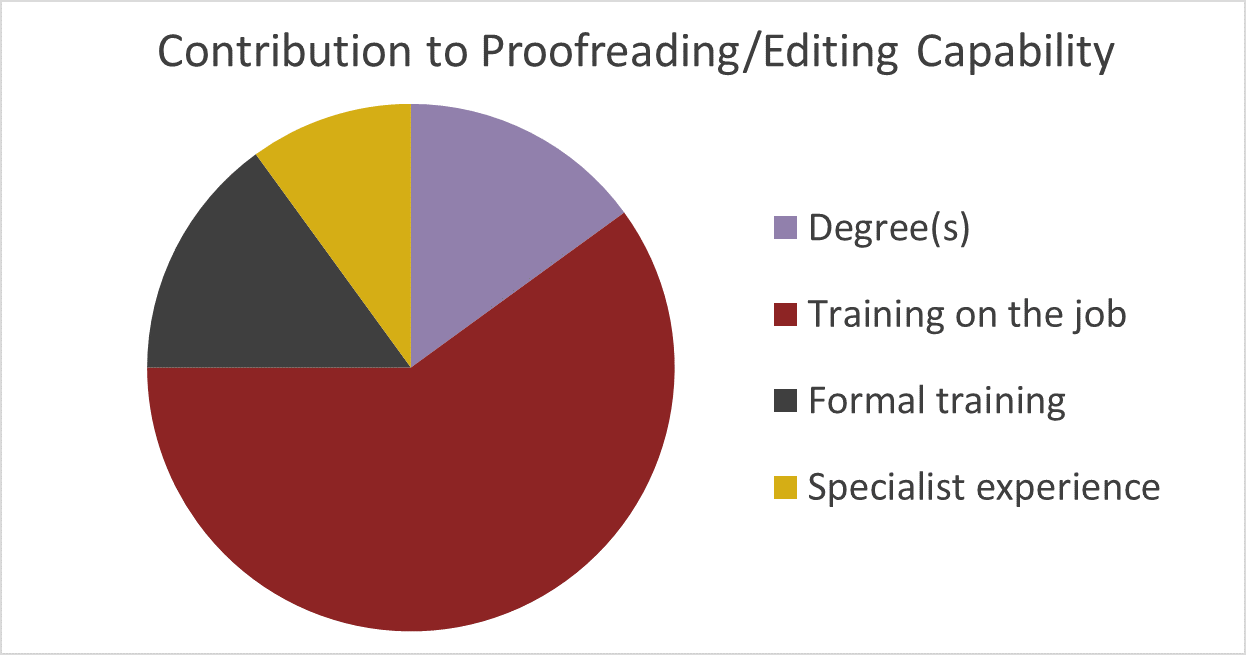
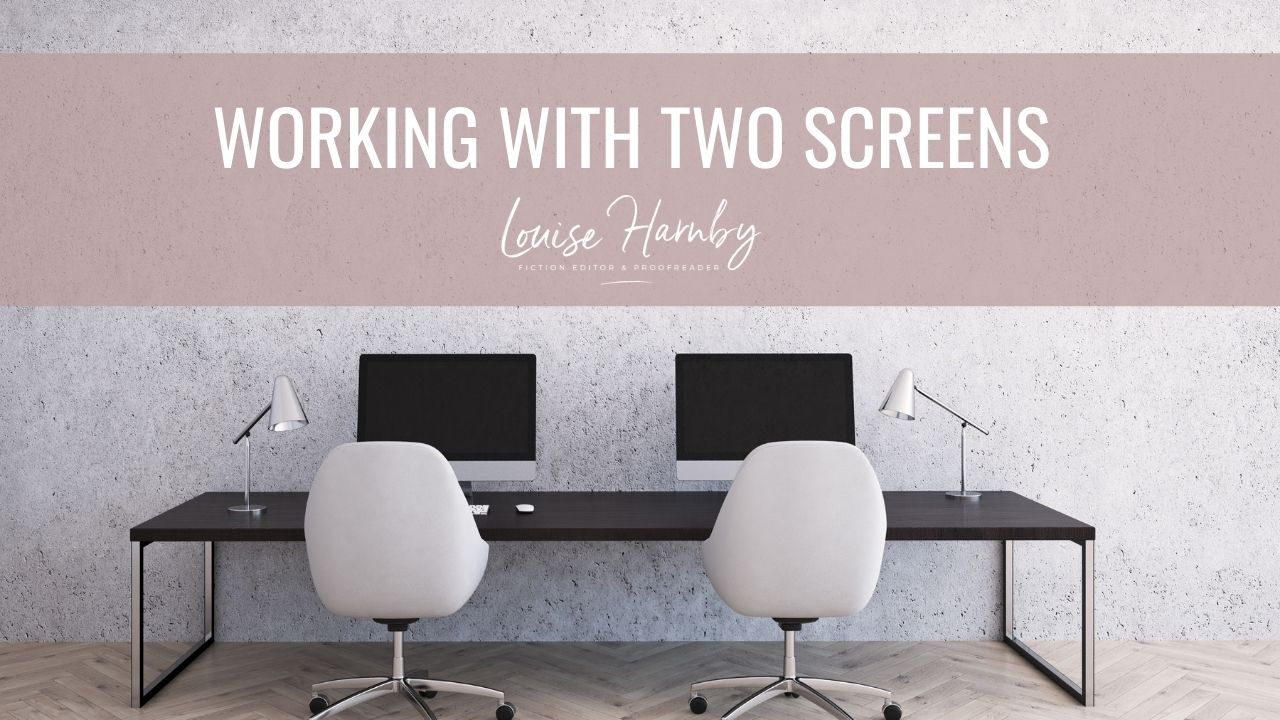
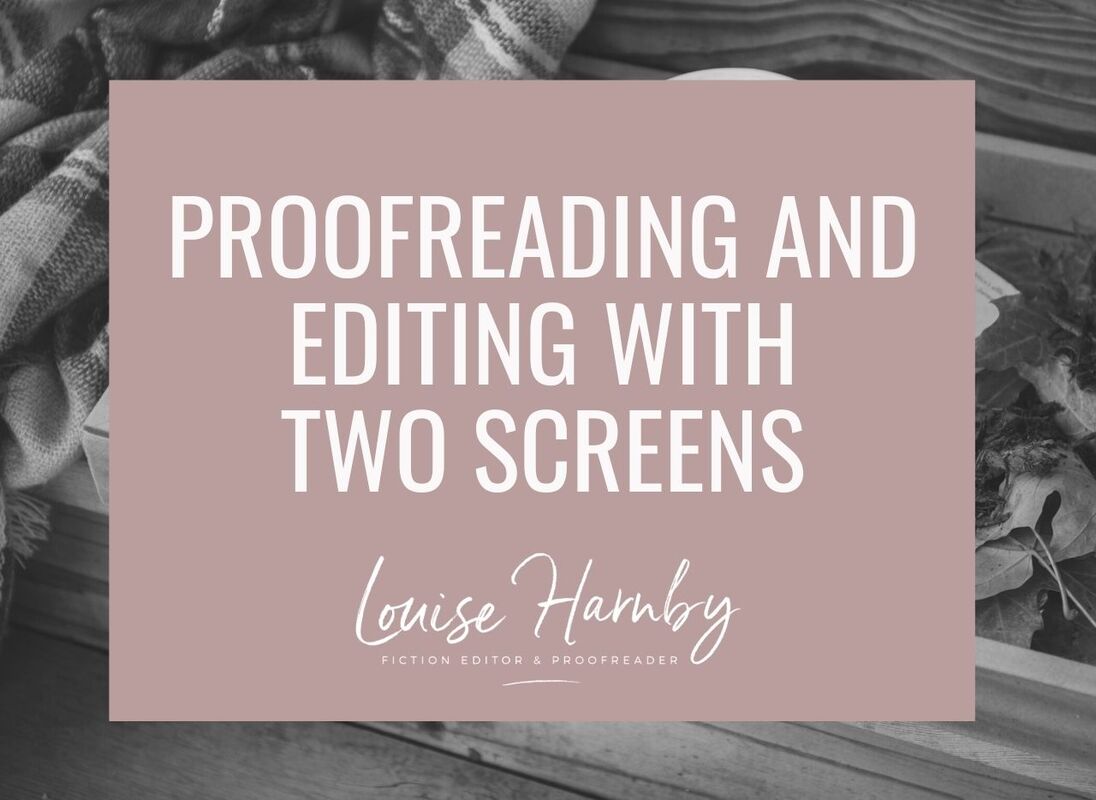


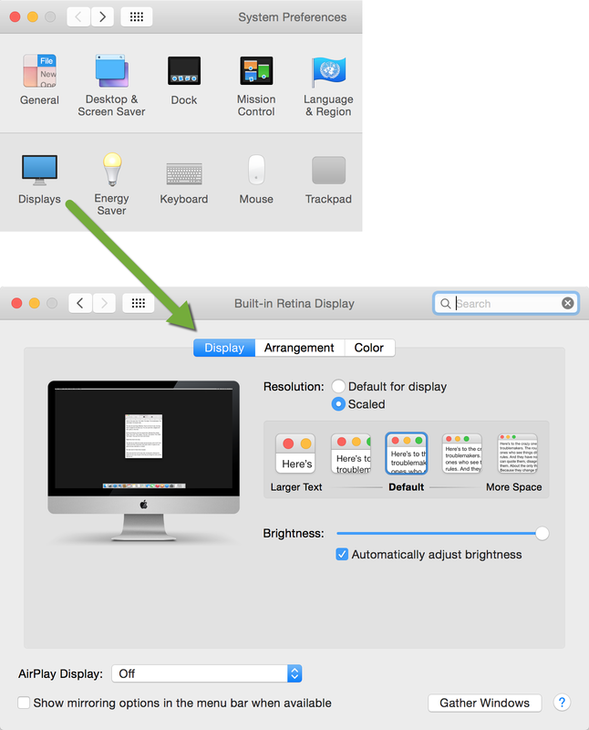



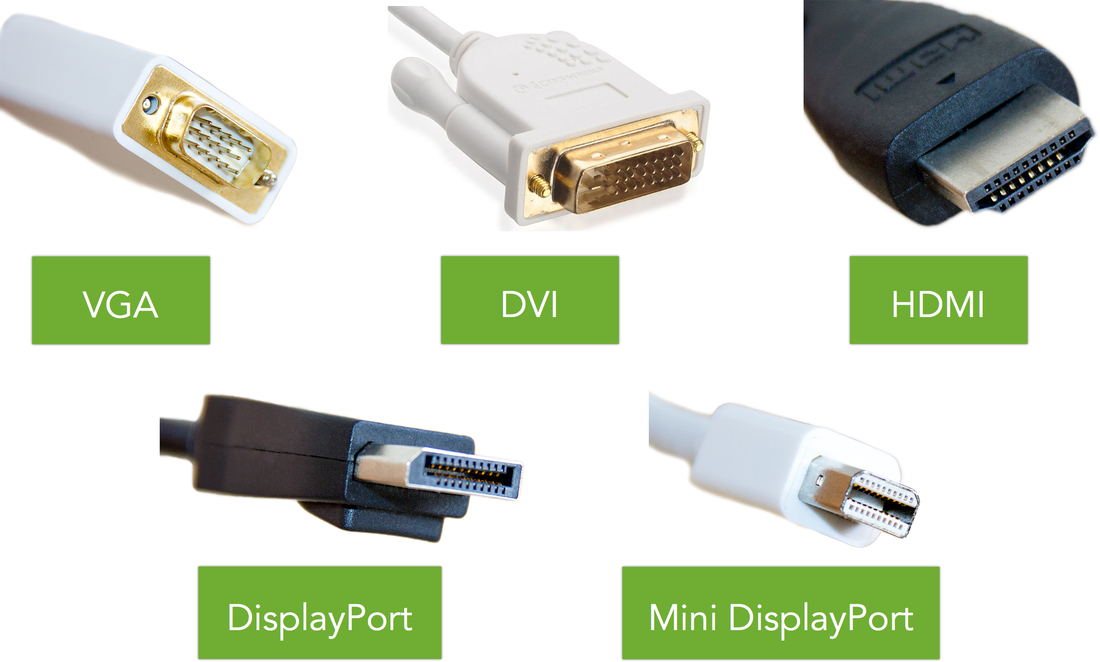



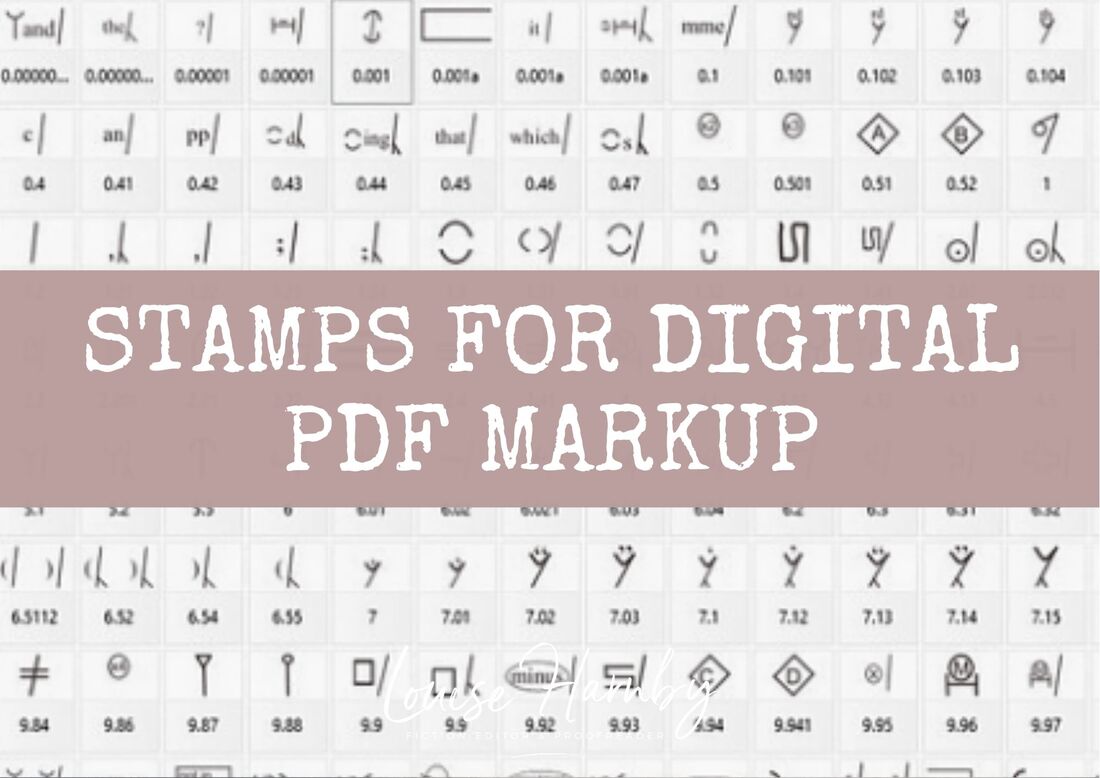
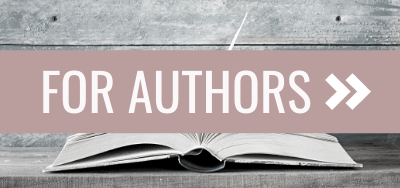
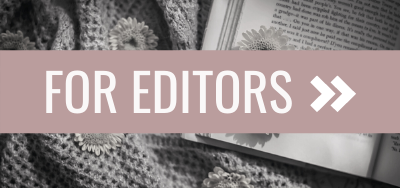
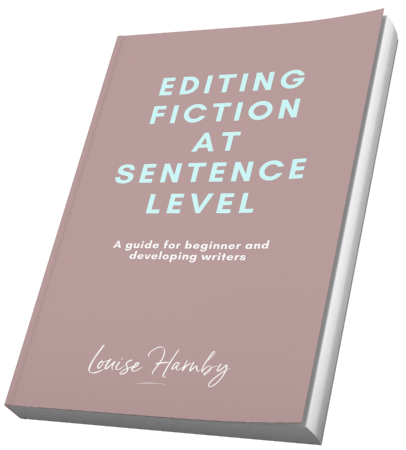
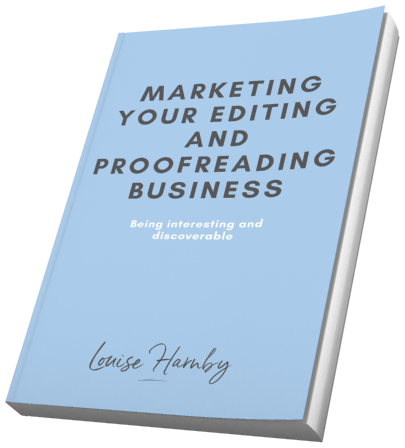
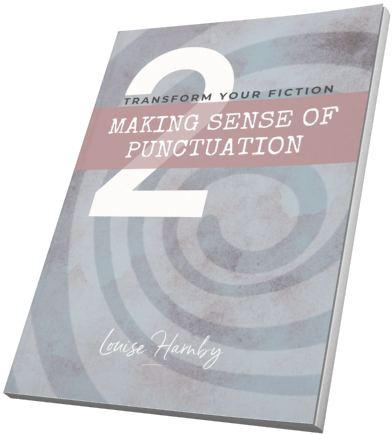
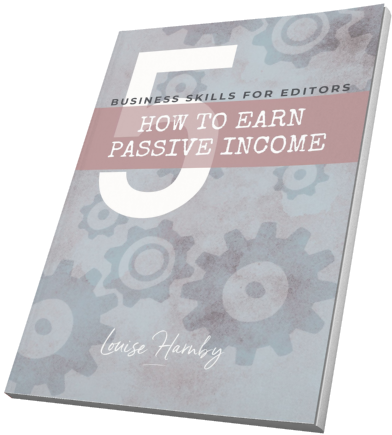
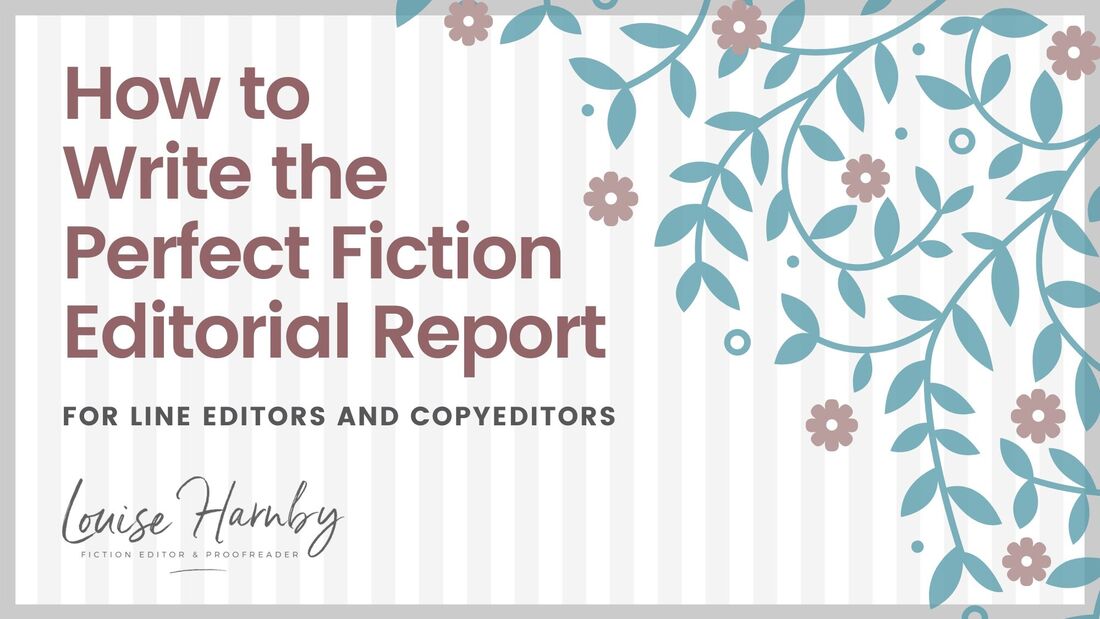
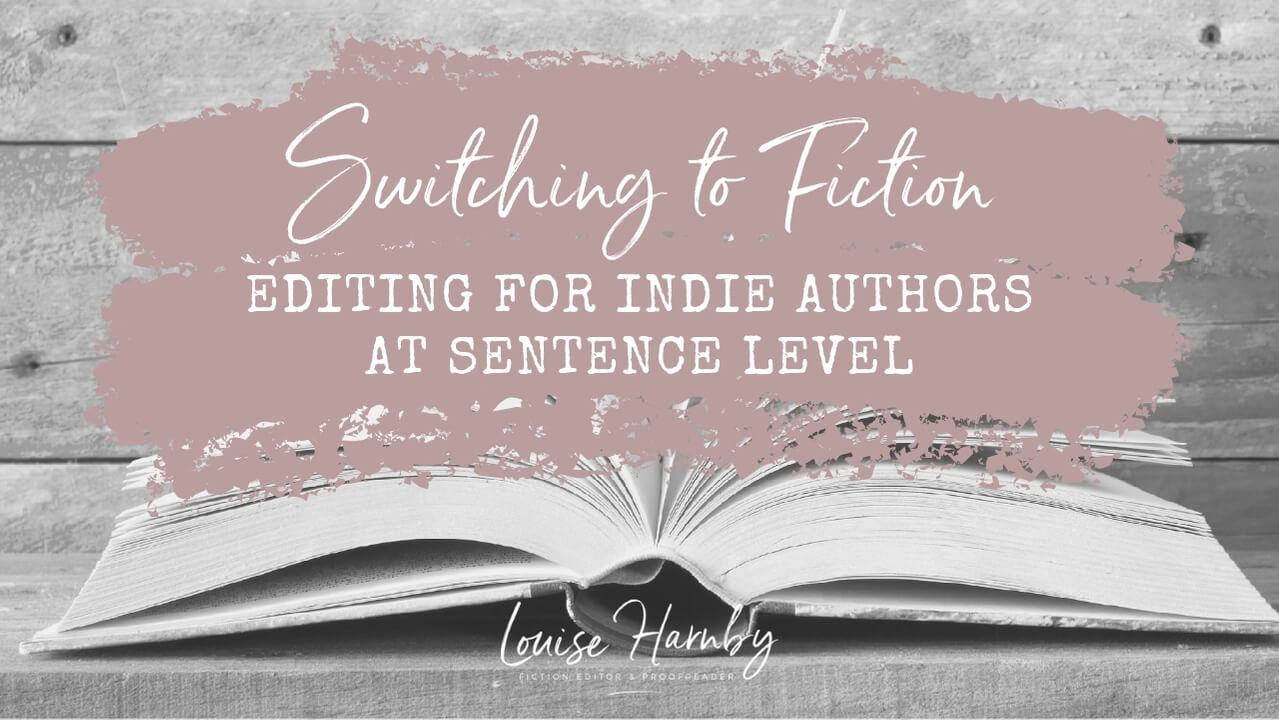
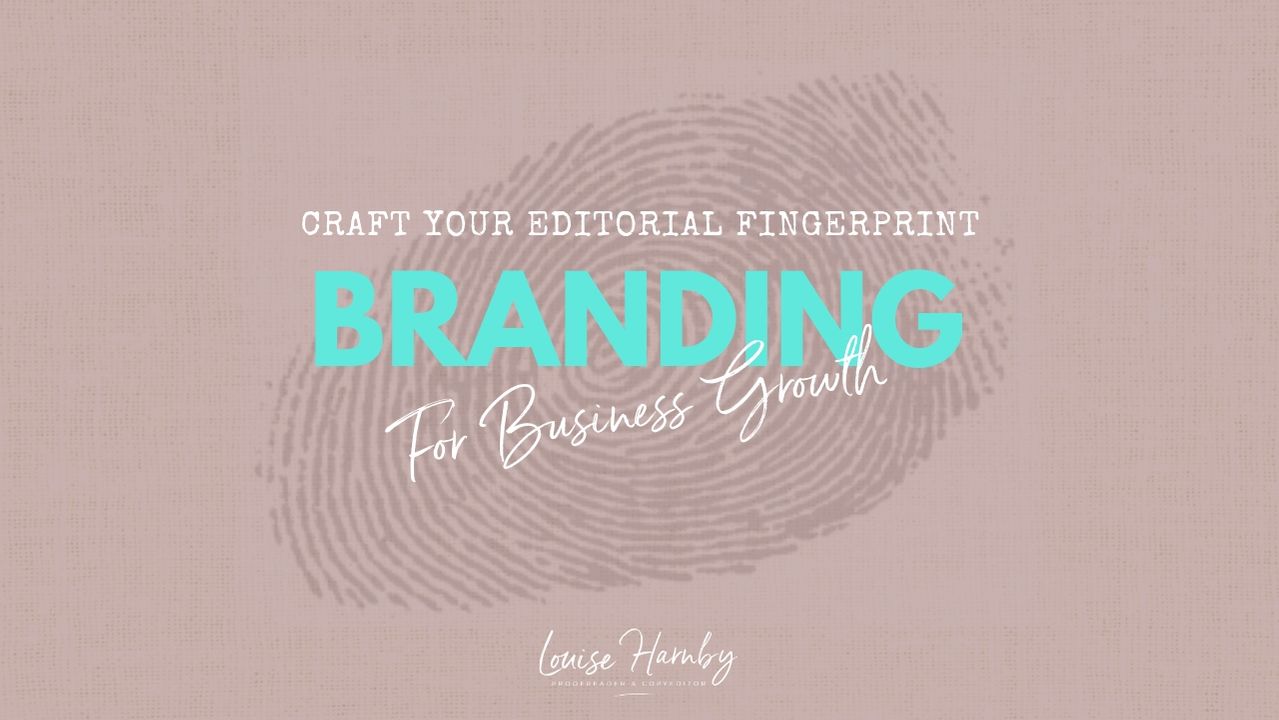
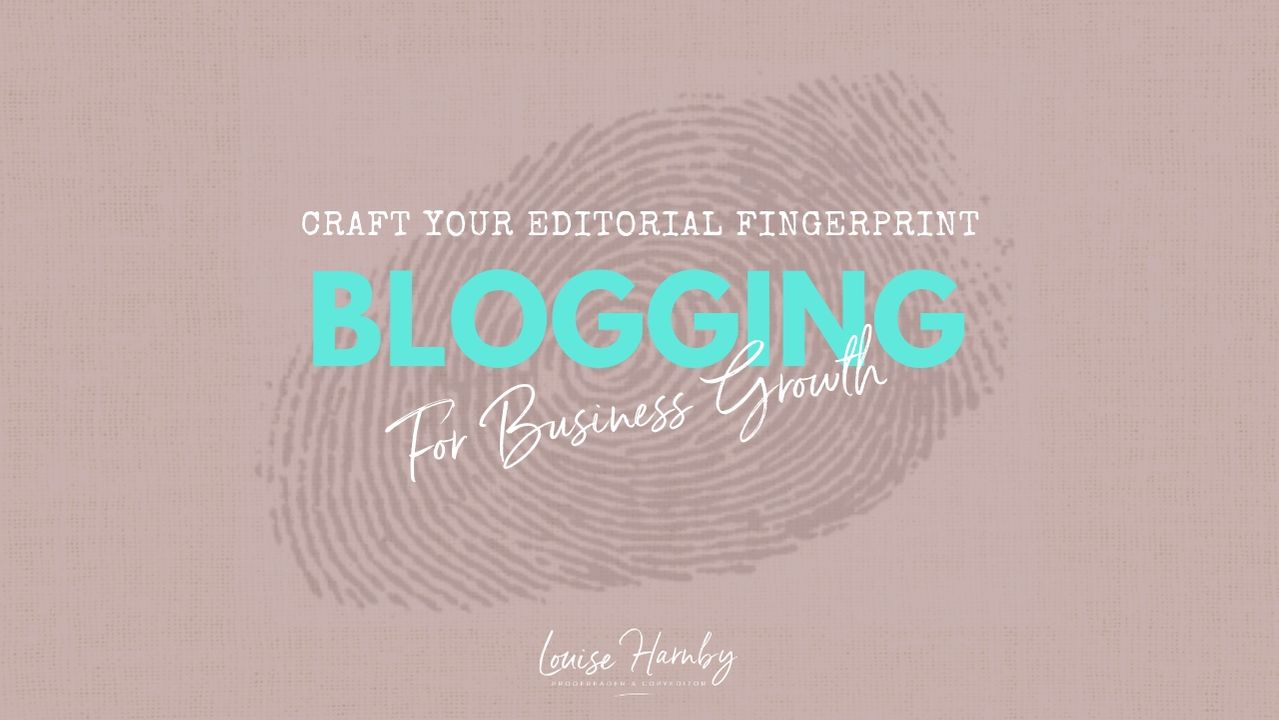
 RSS Feed
RSS Feed
